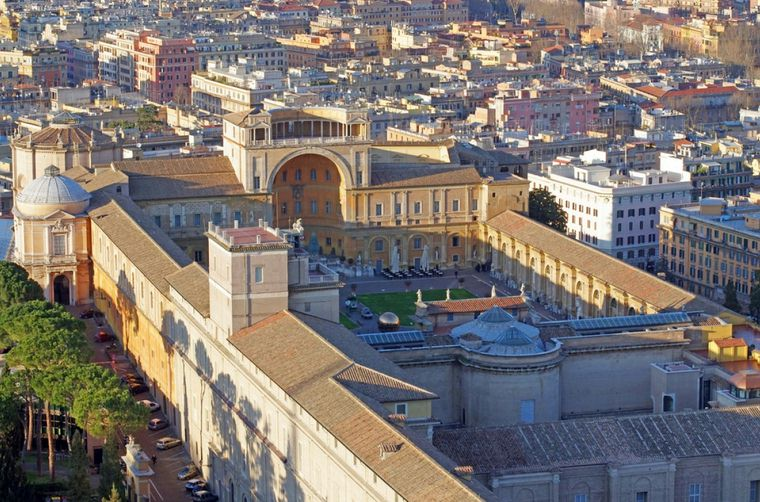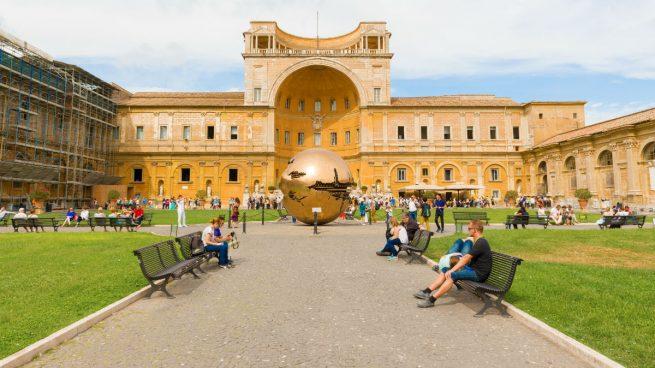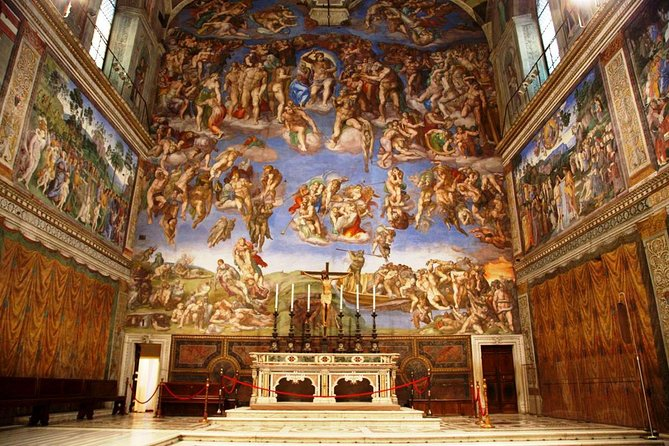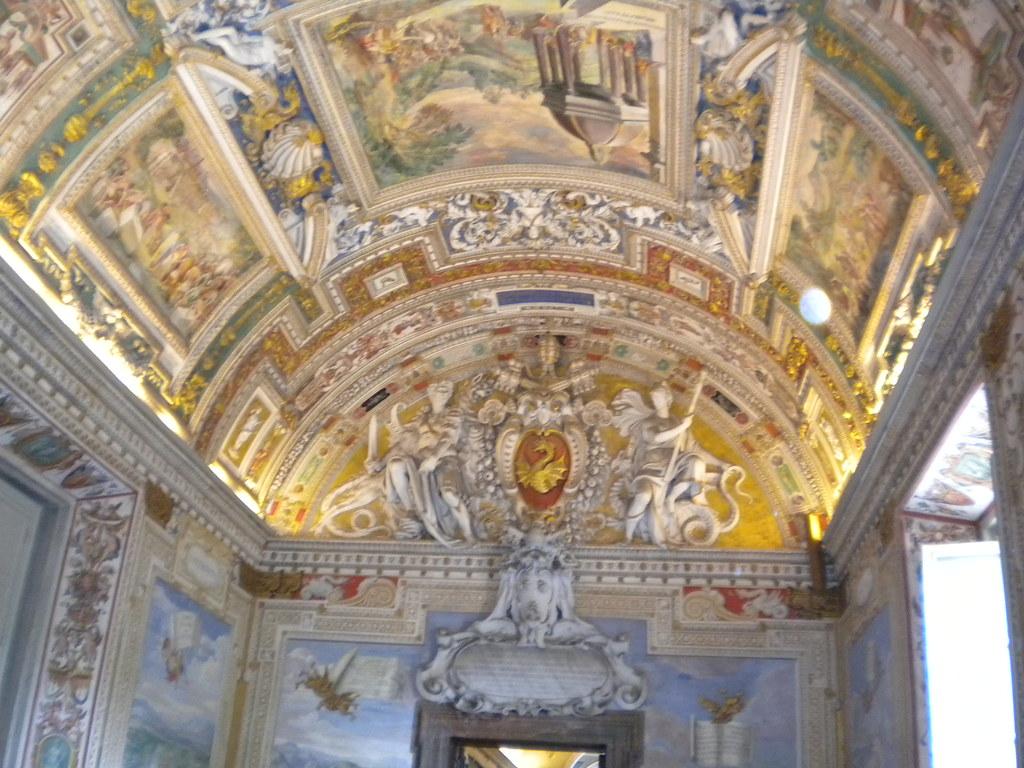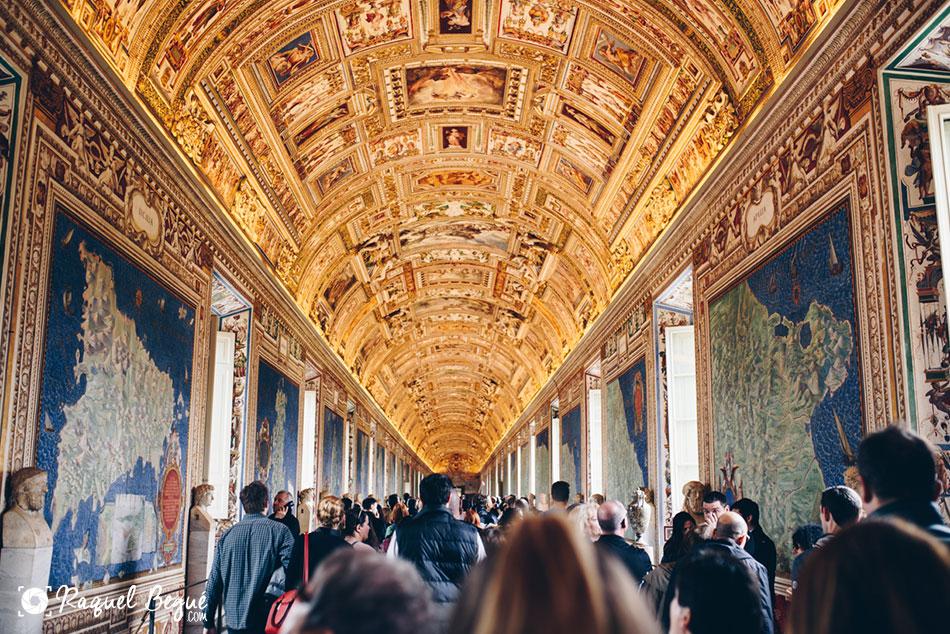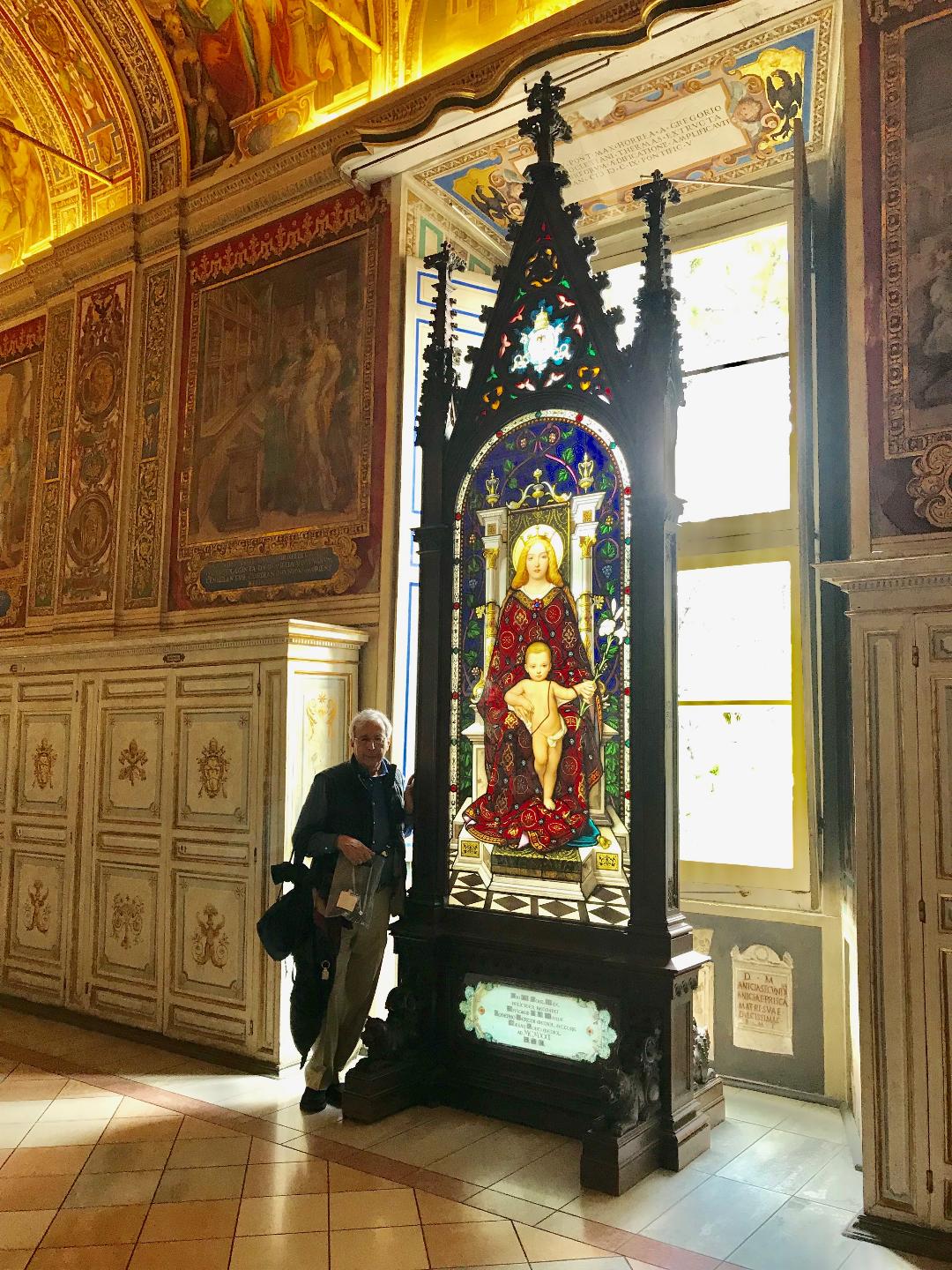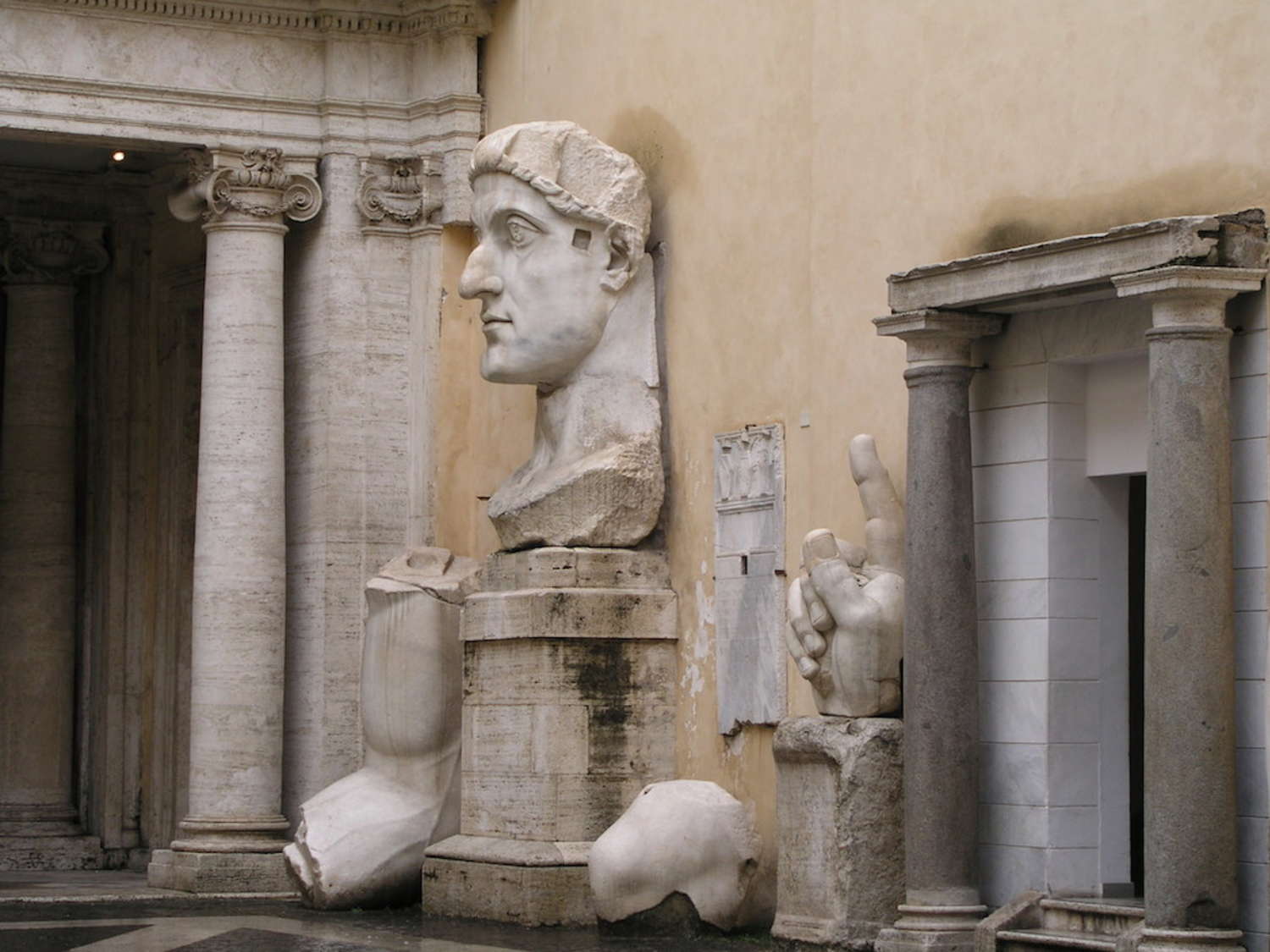Mucho se ha contado sobre la Primera Vuelta al Mundo realizada por
Fernando de Magallanes y Juan Sebastián Elcano. Estar zambullidos de
lleno en el 500 aniversario de esta gesta naval, acaecida entre 1519 y
1522, es lo que tiene. La fecha ha hecho que los pormenores del viaje
que permitió a nuestro país arribar a las Molucas y descubrir el
Estrecho ubicado al sur de Chile sean conocidos ampliamente. Desde el
momento en que salieron de Sevilla, hasta que regresaron de nuevo a la
península tres años después. Sin embargo, hasta ahora muy pocas obras
habían tratado las repercusiones de esta epopeya.
Por ello, la nueva
obra del filósofo y divulgador histórico Pedro Insua ( «El orbe a sus
pies», Ariel, 2019) es clave; porque narra eventos olvidados como la
desconocida muerte del mismo Elcano.
Con todo, Insua no se centra solo en Elcano. Su obra, magna donde las
haya, recoge desde los tratados mediante los que España y Portugal se
volvieron a dividir el mundo tras la llegada a las Molucas, hasta la
posterior venta de dichas islas por Carlos I. Y todo ello, sin olvidar
que arribar hasta el Pacífico permitió a nuestros antepasados poner
sus ojos en la conquista de China. El también autor de «1492. España
contra sus fantasmas» recoge también los posteriores intentos de
hacerse con este país por parte de Felipe II, además del abandono
final de los planes debido a los enfrentamientos internos entre
militares y religiosos. A su vez, ofrece datos casi olvidados como que
la monarquía hispánica se hizo de nuevo con las islas en 1606.
Elcano: vida y muerte desafortunadas
Según Insua, después del viaje de vuelta, tormentoso donde los
hubiere, Elcano disfrutó de la tranquilidad que ofrece el trabajo bien
hecho durante tres años; tiempo que pasó en la Corte de Valladolid.
Tras asistir a las juntas de Elvas y Badajoz (en las que España y
Portugal se repartieron otra vez el mundo conocido) se unió a una nueva
expedición dirigida por frey García Jofre de Loaysa. Su objetivo:
atravesar el Estrecho de Magallanes, arribar a las Molucas y hacerse con
el control de la especiería. Casi nada... Lo curioso es que nuestro
castizo héroe fue nombrado piloto mayor de la nao Sancti Spiritus, pero
no capitán general.
La expedición salió del puerto de La Coruña, sede de una suerte de
casa de contracción de Sevilla, el 24 de julio de 1525. En sus filas
había seis naos y varios cientos de hombres dispuestos a cruzar de
nuevo el Atlántico. Pero aquel día comenzó un infierno, si cabe,
todavía mayor que el de 1522. La mayoría de autores coinciden en que
las desdichas se generalizaron durante el trayecto. Ni siquiera acabaron
cuando llegaron al Estrecho. La lógica dictaba que, con Elcano de guía
(que ya conocía la región), nada podía salir mal. No fue así. La
capitana confundió la entrada del paso y cuatro naves se perdieron o
desertaron. Poco después, y a pesar de que el desastre rondaba el
ambiente, cruzaron y se toparon con el Pacífico.
Cuando parecía que el destino solo podía ser propicio con la
expedición, la mala fortuna volvió a atacar a Loysa y a sus hombres.
Para empezar, una tormenta dispersó a las dos naos restantes y tan solo
quedó una para terminar el viaje: la Victoria. Por si fuera poco (nunca
lo es) el escorbuto se extendió entre los tripulantes. De la noche a la
mañana, los escasos hombres que todavía luchaban por vivir empezaron a
sangrar y la fatiga les venció. Por culpa de esta enfermedad se fueron
al otro mundo la friolera de 34 tripulantes. Y entre ellos se encontraba
el piloto, Antonio Bermejo.
Para entonces la comida y la bebida escaseaban, como bien recordó
Andrés de Urdaneta, presente en la expedición, en sus crónicas: «Era
tanta la sed que teníamos, que los más de nosotros no nos podíamos
menear, que nos ahogábamos de sed; y en esto me acordé yo que quizás
me remediaría con mis propias orinas, y así lo hice; luego bebí siete
u ocho sorbos de ellas, y orné en mí, como si hubiera comido y bebido».
No pintaban bien las cosas. Al final, el escorbuto se llevó también la
vida de Loaysa el 30 de julio de ese mismo año. Fue entonces cuando
nuestro castizo Elcano asumió el mando. Su momento había llegado. Al
fin, después de casi tres años esperando, se convirtió en capitán
general de una armada.
Por desgracia, el cargo le duró menos de una semana. Exactamente
seis días, como desvela el mismo Insua en declaraciones a ABC. En
palabras de este experto, en la actualidad se desconoce de qué murió,
aunque se sospecha que lo que acabó con él fue el escorbuto. Así
anotó este suceso el mismo Urdaneta en su diario: «Lunes, a seis de
agosto, falleció el magnífico señor Juan Sebastián Elcano».
Apenas una jornada después se celebró el entierro en honor del
marino. Tal y como explica Manuel Lucena en su artículo sobre este
insigne español para la Real Academia de la Historia, el 7 de agosto su
cadáver «fue envuelto en un sudario y sujeto a una tabla con cuerdas».
A continuación, los restos fueron llevados hasta la cubierta del barco,
donde la marinería le rezó un Padre Nuestro y varios Ave Marías.
Cuando terminaron las exequias, se colgó del cadáver un peso y se
lanzó al vasco al mar. «No hubo músicas, ni banderas, ni galas, ni
nada. Así había despedido Elcano al capitán general frey García
Jofre de Loaysa, y así le despidieron a él», añade el español en su
artículo. De esta forma terminó la vida de uno de los hombres más
insignes de nuestro país.
1-¿Quién llevó el peso
de la expedición de Magallanes y Elcano?
No creo que sea excesivamente importante quién llevó la iniciativa
de la operación. La carga de la expedición la llevó Magallanes, eso
es innegable. Elcano fue un secundario que tenía un puesto modesto y
solo fue elegido capitán al final.
2-¿Eso significa que la
operación fue portuguesa?
No. Magallanes era español porque se naturalizó así. Pensar que
Portugal tuvo algún papel en la expedición cuando era la potencia
rival es absurdo. El viaje se montó contra ellos y, por eso, el rey
luso Manuel I intentó dinamitar la operación en varias ocasiones.
Además, la misión fue claramente española por su objetivo, su razón
de ser, su financiación y sus componentes.
3-¿Por qué cree que su
«razón de ser» era española?
Los portugueses ya habían llegado hasta las Molucas con Vasco de
Gama. La diferencia es que lo habían hecho por su hemisferio después
de que el Tratado de Tordesillas dividiese el mundo en dos partes (una
para los lusos y otra para España). Por eso no tiene sentido plantearlo
como una ruta portuguesa y darles mérito es absurdo. Además, hay que
tener en cuenta que nuestro país absorbió la tecnología y los
conocimientos de los cosmógrafos y los pilotos que rechazaban a Manuel
I.
4-En su obra afirma,
incluso, que esta «razón de ser» era la misma que había planteado
Colón...
Sí. En este sentido el objetivo era también español. Colón había
propuesto llegar a Oriente a través del Occidente usando como base la
teoría de la esfericidad de la Tierra, pero fracasó porque se
encontró con un obstáculo fenomenal: ¡un continente entero!
Magallanes y Elcano fueron quienes culminaron ese proyecto colombino al
hallar una vía (el futuro Estrecho de Magallanes) para arribar a Asia.
Así, consumó lo que se había proyectado en 1492.
La expedición, no obstante, también pretendía restaurar las vías
comerciales y apostólicas que habían quedado cortadas por el socavón
que representaba, en el Mediterráneo Oriental, el Imperio turco.
Portugal ya lo había hecho por su hemisferio, bordeando la costa
africana y adentrándose en el Índico. Sin embargo, a España solo le
quedaba la vía occidental y hacerlo en el Atlántico.
Fernando MagallanesFernando Magallanes
5-Su primera obra analizó
la leyenda negra que existe contra España, y no hay mayor mentira que
la que afirma que nuestro país siempre estuvo a la cola en el ámbito
científico.
Sí. La profundidad histórica de nuestro país desde el punto de
vista universal viene dada por su acción científica en el mar.
Atravesamos las Columnas de Hércules y nos adentramos en el Océano
Atlántico. Fuimos más allá («Plus ultra») mientras Portugal hacía
navegación de cabotaje y solo se internaba en el Índico con Vasco de
Gama a partir de 1497. España inició la concepción del mundo y la
ciencia modernas. Magallanes y Elcano dieron consistencia a la teoría
de la esfera (medida en primer término por Eratóstenes) y derrumbaron
las concepciones antiguas de la Tierra de Plinio o Ptolomeo. Lo mismo
pasó con todas las fantasías ligadas a ellas, desde la que afirmaba
que existía una esfera sumergida en el mar, hasta la que aseguraba que
había una zona tórrida inhabitable en algún lugar. Los barcos de
aquella expedición dejaron a popa el mundo antiguo.
6-¿Cuál es el avance
español que más le ha llamado la atención de esta época?
El ejemplo más claro de la contribución española a la ciencia
fueron los mapas de Diego Ribero. Con ellos se empezaron a conocer (y a
distribuir) adecuadamente las líneas de los continentes. Gracias a su
trabajo (y al de otros tantos), cuando Yuri Gagarin salió del planeta
supo donde estaban exactamente las masas de agua y de tierra y no se
sorprendió. España fue clave a la hora de cartografiar y medir desde
dentro el planeta. Estableció las longitudes del mundo. Solo hay que
comparar los mapas de Juan de la Cosa (aproximadamente del 1500) y del
mismo Ribero para entenderlo. Entre ellos no hay más de dos décadas,
pero el cambio es brutal. El segundo llevó a cabo una verdadera
revolución cartográfica.
7-¿Intentó Portugal
boicotear este viaje?
Es que, en buena medida, era un viaje contra Portugal. Se buscaba
llegar a Asia por el hemisferio español sin depender de ellos. Por eso
reaccionaron. El embajador de Manuel I, por ejemplo, tenía un plan para
atentar contra Magallanes en Zaragoza. La diplomacia del monarca
insistía también a Carlos V en que no debía acoger ni dar poder a un
traidor al trono cuando sus hermanas se estaban casando con princesas
lusas. Y eso, antes de que comenzara la expedición. Cuando se supo de
la partida de los barcos enviaron varios destacamentos de navíos para
neutralizarla. Uno de ellos se entretuvo contra los turcos, pero otro,
el de Brito, sí logró neutralizar a la Trinidad, una de las dos naves
que se disponía a regresar tras llegar a su destino.
Manuel I, rey de PortugalManuel I, rey de Portugal
8-¿Qué sucedió con ella?
Para empezar, robaron todo lo que llevaba. A la tripulación la
hicieron danzar durante cuatro años por toda la Insulindia. La
obligaron a ir de un lado a otro mientras les prometían falsamente que
les iban a devolver a la Península. De los 50 marineros sobrevivieron
4, y su regreso a España es muy llamativo. Por si fuera poco, la
Trinidad era la que más carga de especias llevaba, mucho más que la
Victoria. También se hicieron con todos los libros de Andrés de San
Martín, el cosmógrafo que iba en la expedición, y adquirieron por
tanto todas sus mediciones. Lo más curioso es que los lusos
malperdieron toda la información científica de la que se apropiaron,
desapareció porque no les interesaba que se diese a conocer.
9-Habla también del
carácter «soberbio» de Magallanes. ¿Él mismo se buscó su propia
muerte?
Magallanes era un soldado bastante hábil. Ejemplo de ello es que,
cuando se produjo un motín durante el viaje, lo sofocó de una manera
rápida y descuartizando a los capitanes que se habían alzado contra
él. Sin embargo, llama la atención la precipitación y la torpeza con
la que actuó en Filipinas. Su fanfarronería acabó con él. Dijo que
su medio centenar de castellanos podrían acabar con los miles de
indígenas que había en la isla de Mactán. Al final acabó perdiendo
la vida.
Por otro lado, se precipitó mucho a la hora de convertir a los
indígenas. En primer lugar, desoyó las instrucciones estrictas sobre
el bautismo. Estas decían que no se podía forzar a nadie a ser
cristiano porque, si lo hacías, no ganabas un alma para el cristianismo,
sino que perdías la propia. La única explicación es que el Papa
había concedido una bula según la cual daba a los portugueses todo el
territorio que pudieran conquistar siempre que los nativos no fuesen
cristianos. Por eso creo que Magallanes se apresuró tanto.
Era además un hombre que tenía bastante genio. Aunque también es
cierto que, cuando comenzó su viaje, sabía que los españoles y los
portugueses querían traicionarle. Los segundos, porque eran la potencia
rival; los primeros, porque creían que estaba trabajando para Manuel I.
Magallanes tuvo que arrostrar todo eso.
«Casi todos los mapas mundi de factura española fueron regalados
por Carlos V a diferentes naciones para demostrar que las Molucas eran
españolas»
10-En su libro contrapone
la opacidad de los lusos con la luminosidad española. Al menos, en el
ámbito científico...
En esta época los intereses estaban cruzados. Un país no podía
atravesar el Atlántico si no tenía conocimientos cosmográficos y
náuticos. Por ello, se desarrollaron desde nuevos instrumentos
náuticos, hasta naves como la carabela y la nao (que dependían de los
vientos y no de los remos). Todo este conocimiento era vital para la
geoestrategia, y los portugueses preferían ocultarlo para tener ventaja.
Por otro lado, y si nos fijamos en la línea real que se había
establecido en Tordesillas, las Filipinas no entraban en el territorio
del Imperio español. Solo una pequeña parte. Pero calcularon mal unos
y otros, y eso favoreció a nuestro país. A los españoles les
interesaba que las cartas con estos cálculos beneficiosos se propagasen
por toda Europa. Casi todos los mapas mundi de factura española, hechos
en Sevilla, fueron regalados por Carlos V a diferentes naciones para
demostrar que las Molucas eran españolas. Así ponían de manifiesto la
extensión del Imperio. Era una manera de que circulase
diplomáticamente esta idea.
11-¿Qué utilidad real
tuvo, en principio. el Estrecho de Magallanes?
Es cierto que con el Estrecho se abrió un espacio gigantesco, el
Pacífico (conocido en principio como Lago español), a la geoestrategia,
y que desde él se intentó poner un pie en Asia; pero el problema es
que, aunque se podía llegar hasta la zona, no era viable volver de
forma segura sino se usaba el hemisferio portugués. El paso tampoco era
útil como enclave comercial porque la población que se asentaba en él
(los patagones, por ejemplo) era muy primitiva.
En 1565, cuando Miguel López de Legazpi y Andrés de
Urdaneta(aprendiz de Elcano) consiguieron descubrir el camino de regreso
a través del hemisferio español, este cobró consistencia. La ruta, de
hecho, fue recorrida durante 300 años por el Galeón de Manila. Ellos
sí consiguieron que la geoestrategia fuese relativamente exitosa.
12-¿Qué podía hacer
España tras arribar a las Molucas?
A España se le ofrecían dos alternativas. La primera era explotar
las Molucas como recurso. La segunda era llegar a China. Y ambas eran
muy difíciles de sostener. En principio apostaron por asentarse en las
islas, pero en 1529 fueron vendidas a Portugal a cambio de 350.000
ducados con el Tratado de Zaragoza. A partir de ese momento el objetivo
único fue China y se utilizarán Las Antillas como plataforma para
llegar hasta ella.
13-¿No se intentó poblar
el Estrecho?
Sí, los españoles lo intentaron. Pedro Sarmiento fundó dos
poblaciones de medio millar de personas, una con un nombre civil y otra
teológico. De esta forma, se buscaba evitar que los ingleses usaran
esta ruta. El problema es que era muy caro fortificar la región y que
los pueblos debían tener un comercio próspero para poder sobrevivir.
El proyecto no cuajó.
14-¿España vendió las
Molucas a Portugal a pesar de que eran, según los tratados
internacionales, lusas? ¿Tildaría esta acción de robo?
Fue una operación muy audaz. España llegó tarde a las Molucas y no
eran suyas desde el punto de vista de los tratados internacionales. Sin
embargo, lograron venderlas. No lo tildaría de robo, pero fue algo
curioso. La operación se produjo en 1529, cuando ya habían fallecido
Magallanes y Elcano y después de que los lusos asentaran un
destacamento militar en la zona. El tratado, eso sí, establecía que
España podía recuperarlas de nuevo, si así lo quería, devolviendo
los 350.000 ducados.
15-Habla de la muerte de
Elcano. ¿Cómo falleció el marino español?
Tras el éxito de 1522, se produjeron dos años después las juntas
de Elvas y Badajoz. En ellas se discutió dónde se iba a reubicar el
antimeridiano y participaron desde Hernando Colón, hasta los grandes
pilotos del momento. Una veintena de representantes por España y los
mismos por Portugal. Después de estas discusiones partió de A Coruña
una segunda expedición, que ya estaba planeada, dirigida por García
Jofre de Loaysa y en la que Elcano colaboró como lugarteniente y piloto.
Esta operación (que contó en principio con siete naves) terminó en
desastre a pesar de que el marino español ya había atravesado el
Estrecho antes y sabía que, tras él, se abría un extenso océano
difícil de transitar.
El culmen del desastre se vivió cuando, al llegar al entorno de
Filipinas, murió Jofre de Loaysa. Fue entonces cuando Elcano, que no
había sido jefe hasta entonces, adquirió el grado de Gran Capitán de
esa armada. Lo más llamativo es que apenas disfrutó del cargo seis
días porque murió, presuntamente, de escorbuto. Logró su gran
ambición, que era dirigir una expedición, pero de forma tristemente
efímera.
En todo caso, la gran victoria de Elcano fue Urdaneta, entonces
aprendiz de la expedición. Y es que, tras este viaje, regresó a
México, se hizo cosmógrafo y promovió la expedición que terminó
convirtiendo el Estrecho en algo inútil al hallar una nueva ruta. A su
regreso este paso se abandonó. A partir de entonces la existencia del
Estrecho se llegó a olvidar. En su obra La Araucana (publicada en
1569), el soldado Alonso de Ercilla llegó a obviar la existencia del
paso. De hecho, el camino dejó de ser practicado hasta la expedición
de Drake.
«España volvió a interesarse por las Molucas de nuevo y las
conquistó en 1606. Es algo que ha pasado desapercibido en la Historia»
16-¿Fue tras la venta de
las Molucas cuando España fijó su vista en China?
En general, la perspectiva cambió después de que España llegara a
Manila y se asentara en la zona aprovechándose del comercio asiático
(lo que, a la postre, resultaría en una ruta que el Galeón de
Manilapracticó durante tres siglos). Fue entonces cuando a Miguel
López de Legazpi se le planteó una disyuntiva: quedarse en Cebú (Filipinas)
y recuperar las Molucas pagando los 350.000 ducados, o asentarse en
Manila y dirigir sus esfuerzos hacia China. Se apostó por lo segundo y
se planteó, incluso, conquistar el país.
17-¿Cómo se planteó
esta conquista?
Hubo varios planes. El que planteó la cornista con mayor seriedad
fue Alonso Sánchez, aunque el líder de los jesuitas, Claudio Acquaviva,
se mostró reacio a tomar la zona por las armas porque sus frailes ya
estaban penetrando en ella. Al final, Felipe II apostó por el proyecto
que le presentó José de Acosta. China fue siempre el gran objetivo.
Era una masa de población muy grande y hubiera permitido ganar muchas
almas para el cristianismo. Pero no sirvió de nada y el resultado fue
un fracaso total.
18-¿Cómo actuó entonces
España?
España volvió a interesarse por las Molucas y las conquistó en
1606. Es algo que ha pasado desapercibido en la Historia. Fueron tomadas
con tanto entusiasmo que el Presidente de la Junta de Indias, el Conde
de Lemos, encargó a Leonardo de Argensola, amigo de Cervantes, que
escribiese una crónica sobre cómo fueron tomadas. Este es un libro que
no se suele citar en la actualidad y que he tenido la posibilidad de
leer y referenciar. Al final, sin embargo, fueron tomadas por los
holandeses, que las mantuvieron bajo su poder hasta el siglo XIX.
TEMAS found by C. campos escalante (CAmpce@gmail.com)
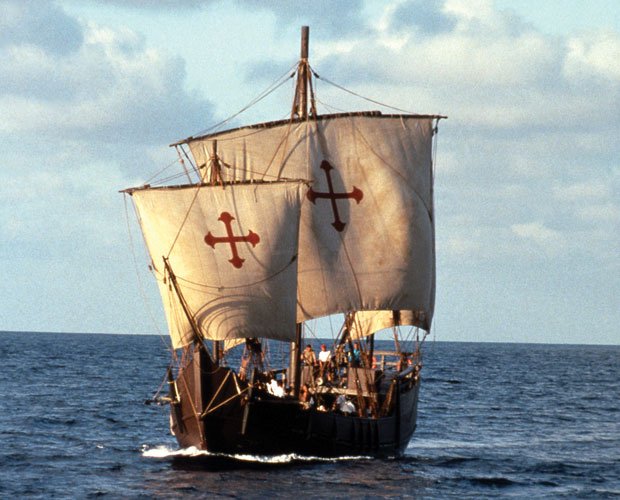

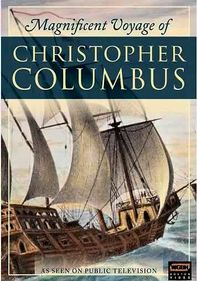
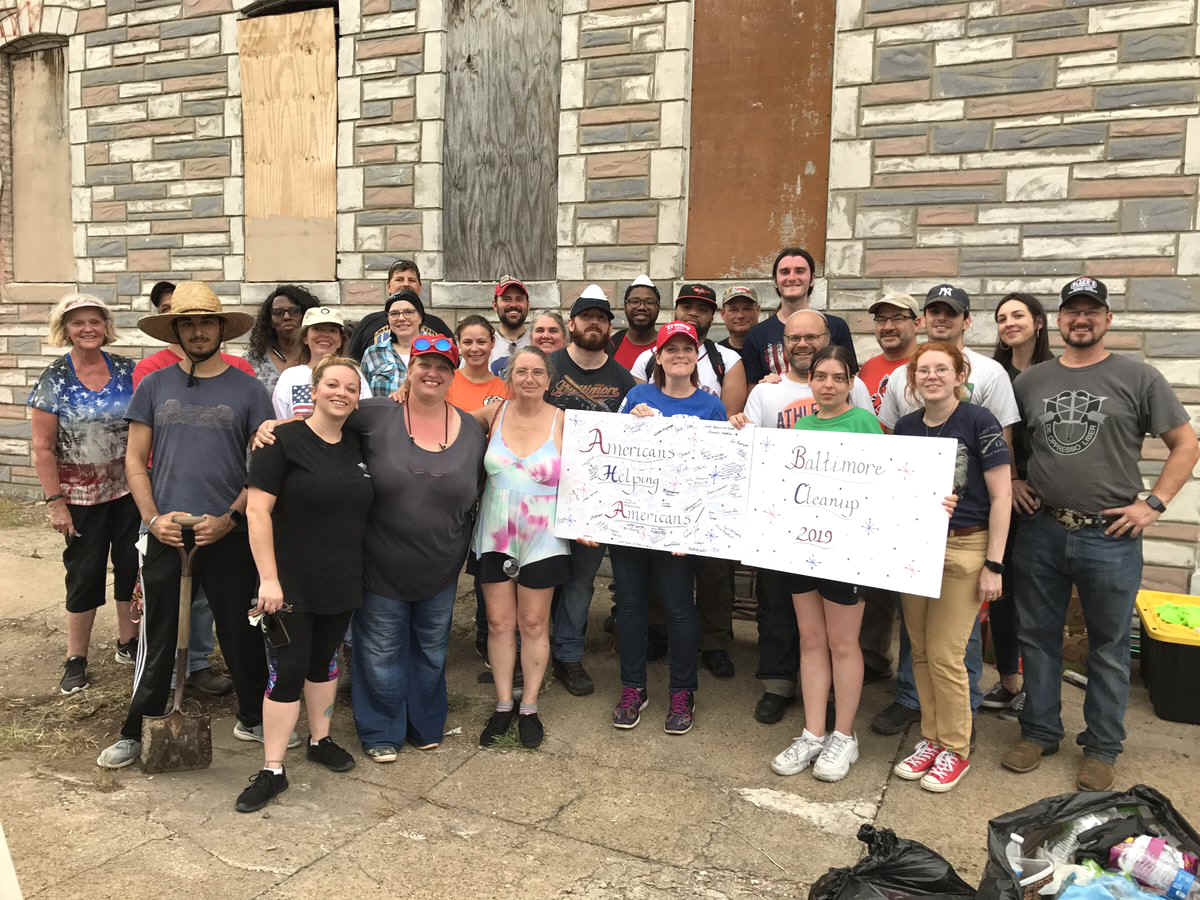

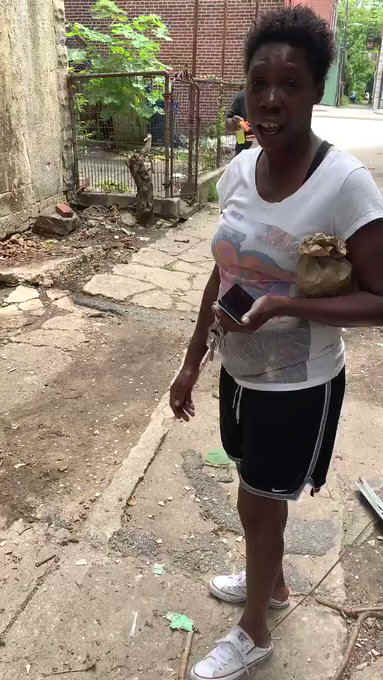 While
the residents were thankful for the overhaul the liberal media were,
uh, irritated. The media attacked the activist as an
"extremist," questioned his motives, and scolded him for
"reinforc[ing] the tired image that the poor people in this city
cant take care of their own neighborhoods." "We assume it
was pure motives that led a Trump supporter to launch a cleanup in
Cummings' district, right?," a headline from The Baltimore Sun's
editorial board snarked.
While
the residents were thankful for the overhaul the liberal media were,
uh, irritated. The media attacked the activist as an
"extremist," questioned his motives, and scolded him for
"reinforc[ing] the tired image that the poor people in this city
cant take care of their own neighborhoods." "We assume it
was pure motives that led a Trump supporter to launch a cleanup in
Cummings' district, right?," a headline from The Baltimore Sun's
editorial board snarked. Though the media were quick to paint Trump as a racist for calling
out the conditions, Mr. Cummings has similarly used such language to
describe the area. "This morning I left my community of
Baltimore, a drug infested area" where people were "walking
around like zombies,
Though the media were quick to paint Trump as a racist for calling
out the conditions, Mr. Cummings has similarly used such language to
describe the area. "This morning I left my community of
Baltimore, a drug infested area" where people were "walking
around like zombies, 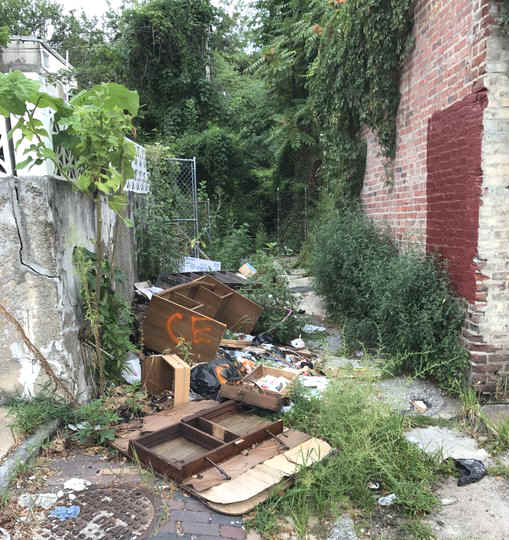
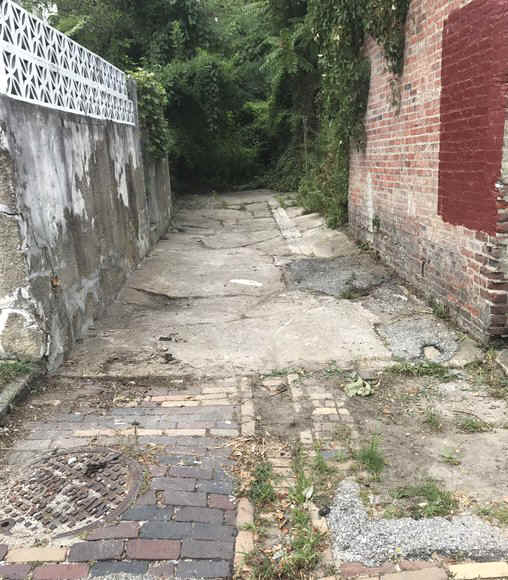
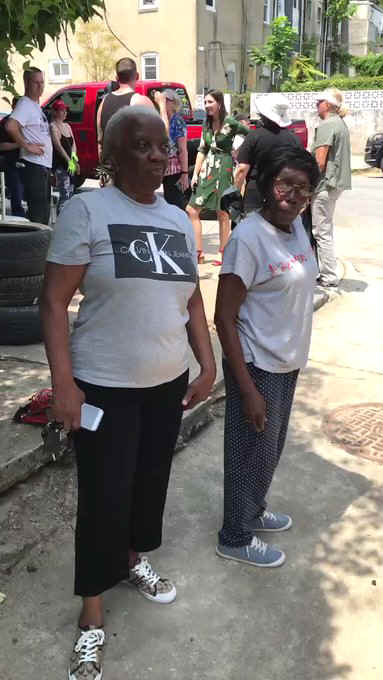
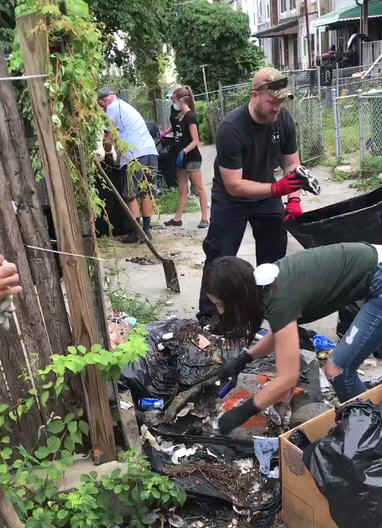
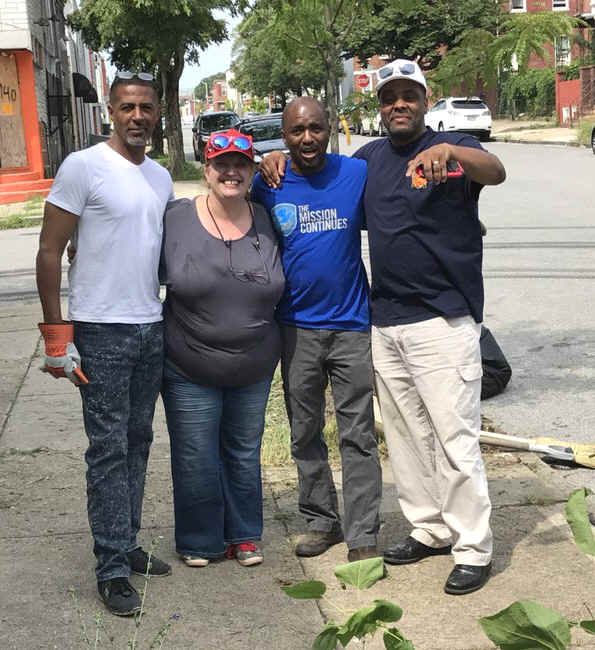
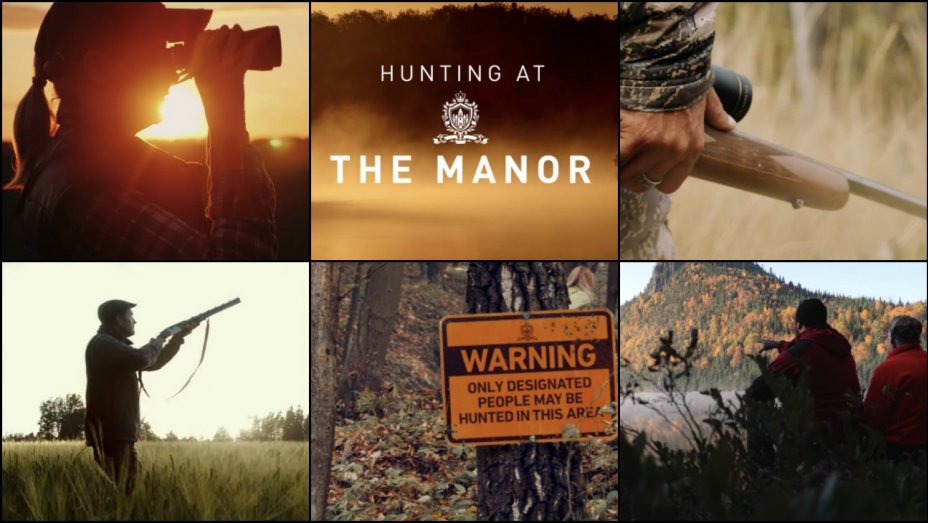




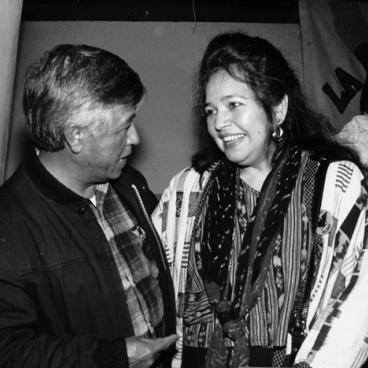
 Juderías
described The Black Legend as "the environment created by the
fantastic stories about our homeland that have seen the light of
publicity in all countries, the grotesque descriptions that always have
been made of the character of Spaniards as individuals and collectively,
the denial or at least the systematic ignorance of all that is
favorable and beautiful in the various manifestations of culture and
art, the accusations that in every era have been flung against
Spain." In every era, indeed!
Juderías
described The Black Legend as "the environment created by the
fantastic stories about our homeland that have seen the light of
publicity in all countries, the grotesque descriptions that always have
been made of the character of Spaniards as individuals and collectively,
the denial or at least the systematic ignorance of all that is
favorable and beautiful in the various manifestations of culture and
art, the accusations that in every era have been flung against
Spain." In every era, indeed!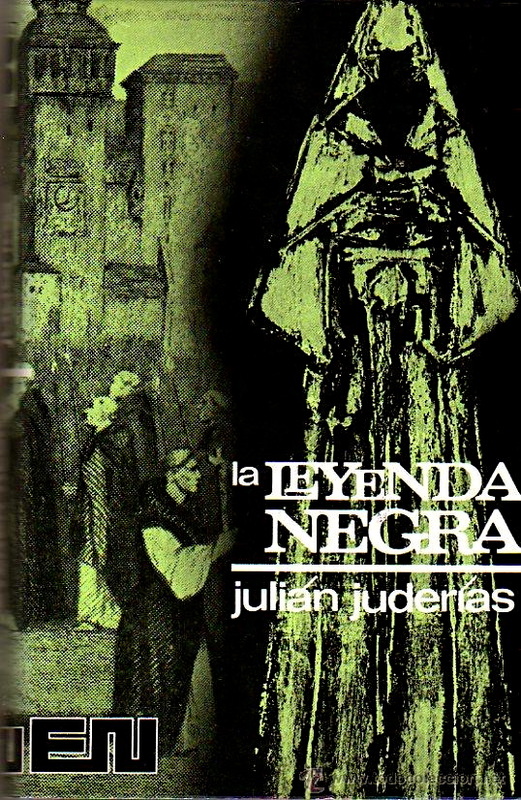 As
described by many Spanish scholars and authors who backed Juderías'
assertions, part of The Black Legend was the effort by Anglo-Saxon
historians not only to denigrate the Spanish explorers and portray them
as crueler than other European colonizers but also to minimize their
accomplishments in North America.
As
described by many Spanish scholars and authors who backed Juderías'
assertions, part of The Black Legend was the effort by Anglo-Saxon
historians not only to denigrate the Spanish explorers and portray them
as crueler than other European colonizers but also to minimize their
accomplishments in North America.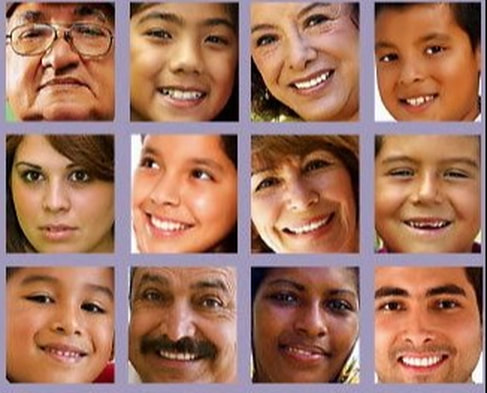




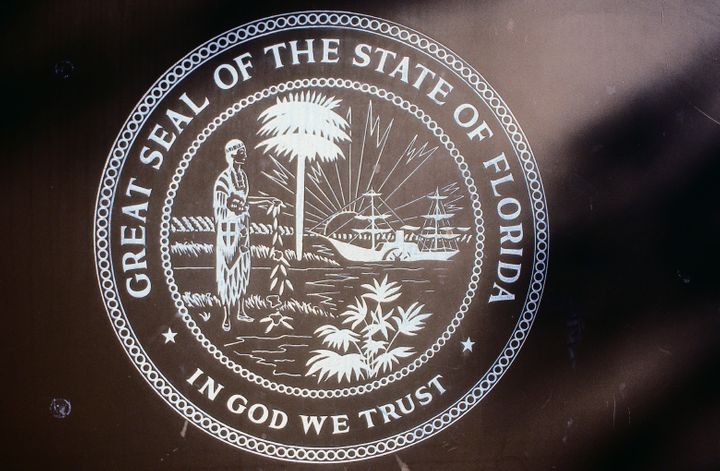
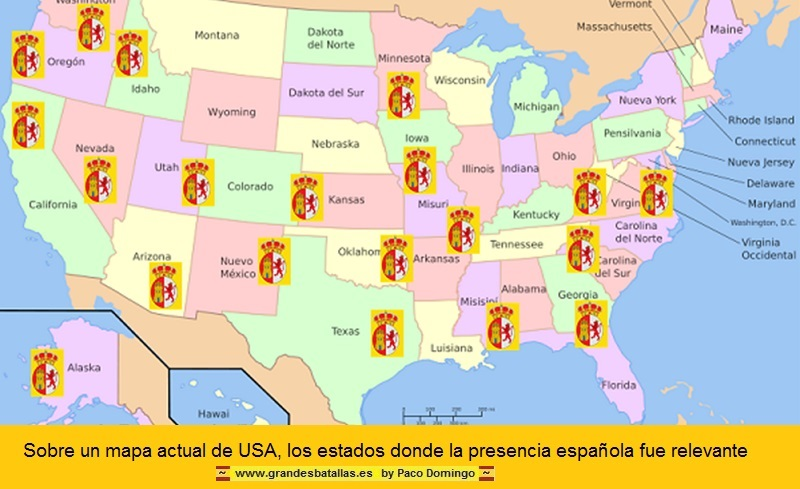



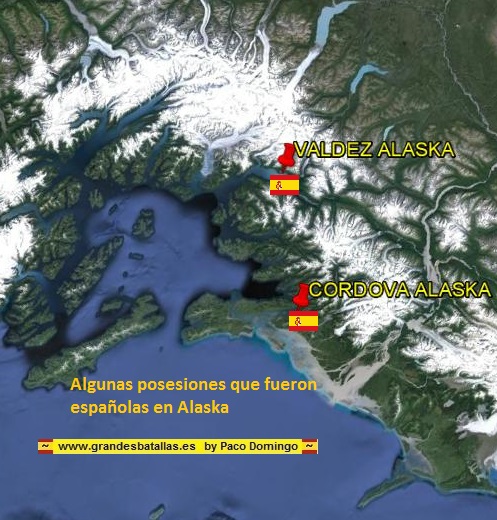
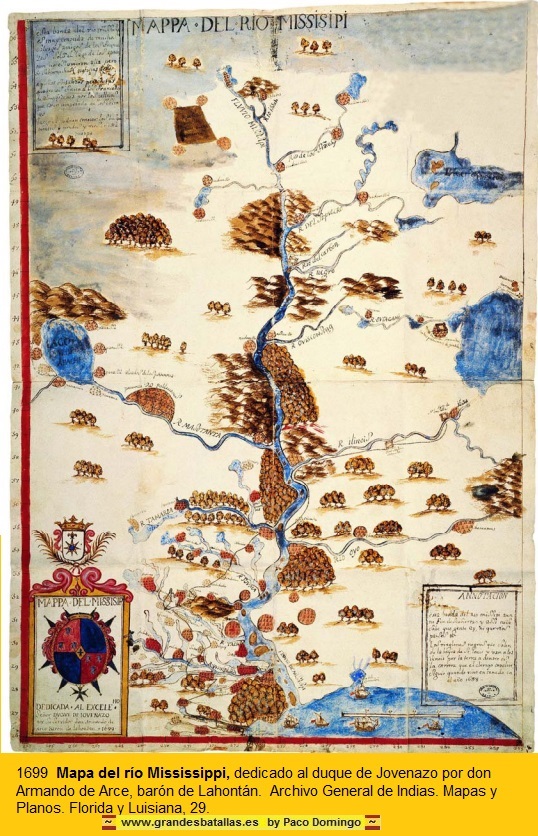
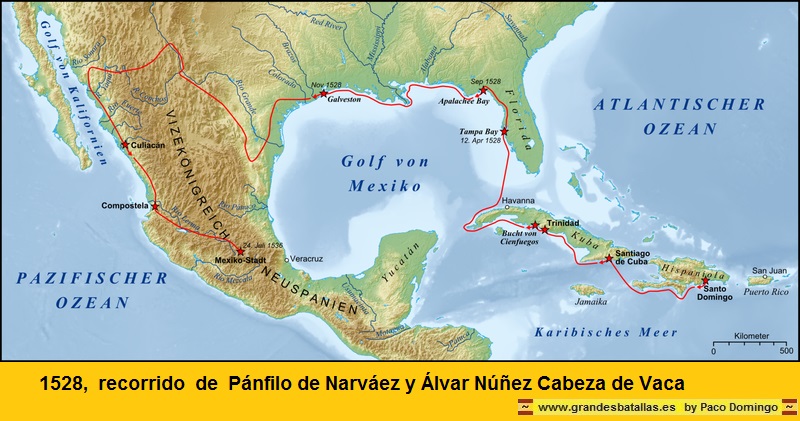
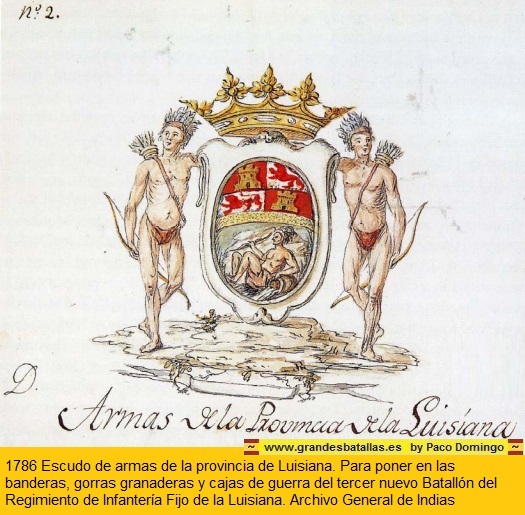
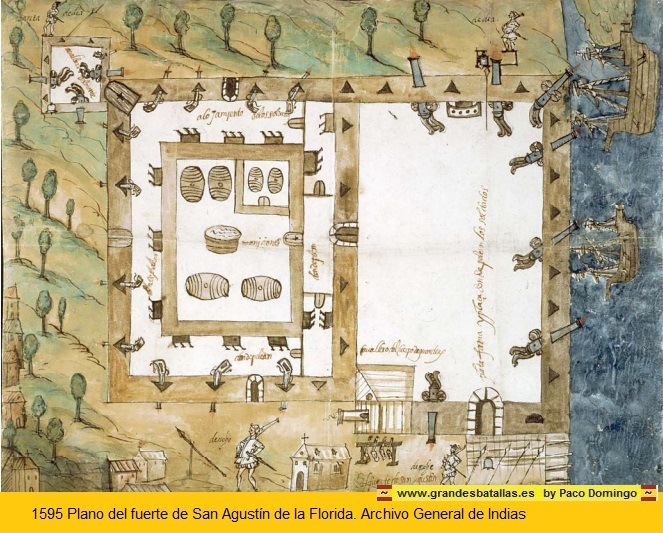
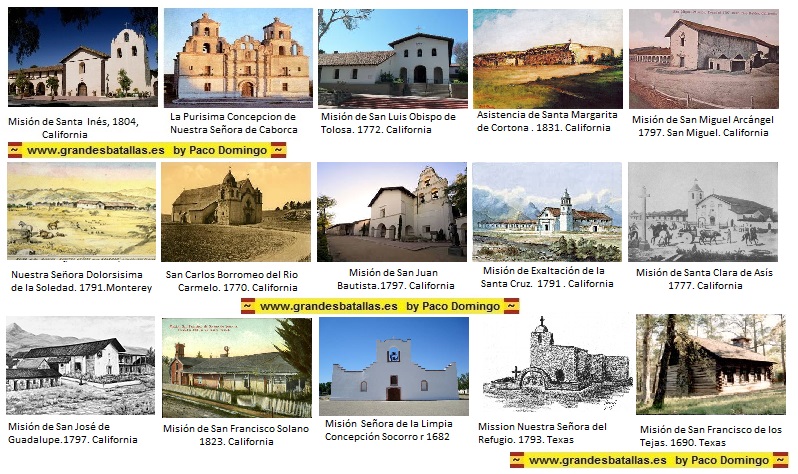
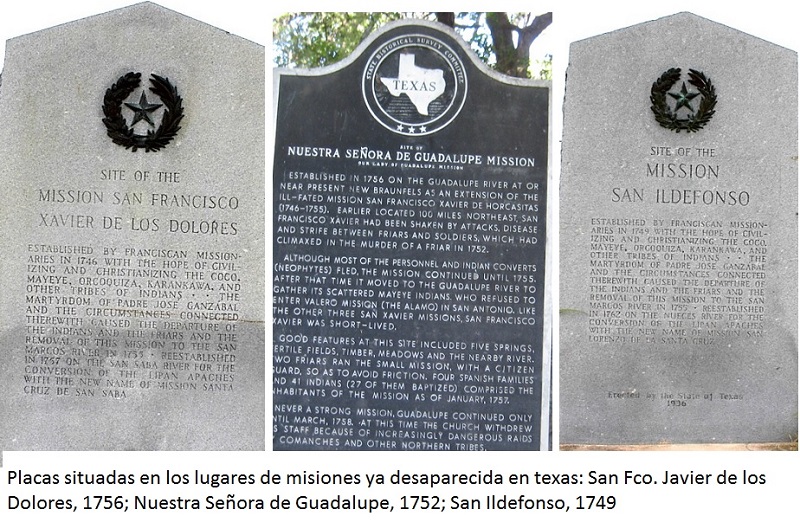
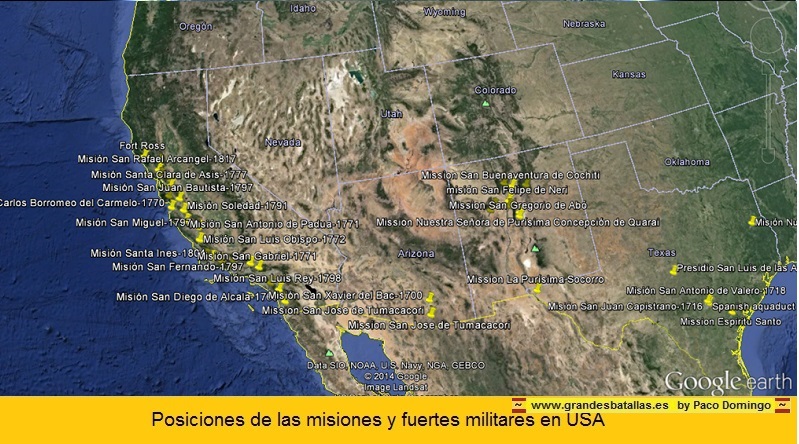
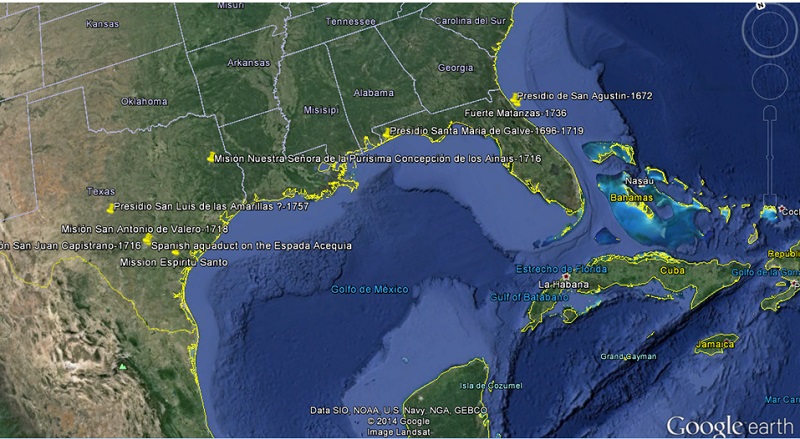
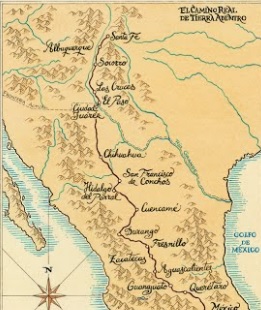
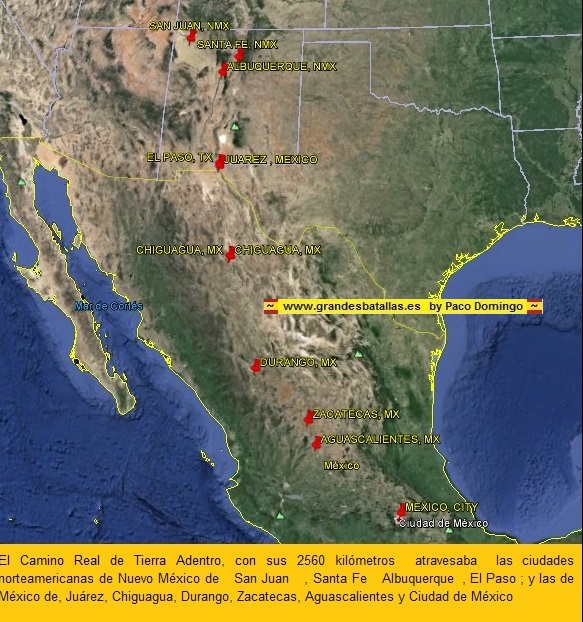
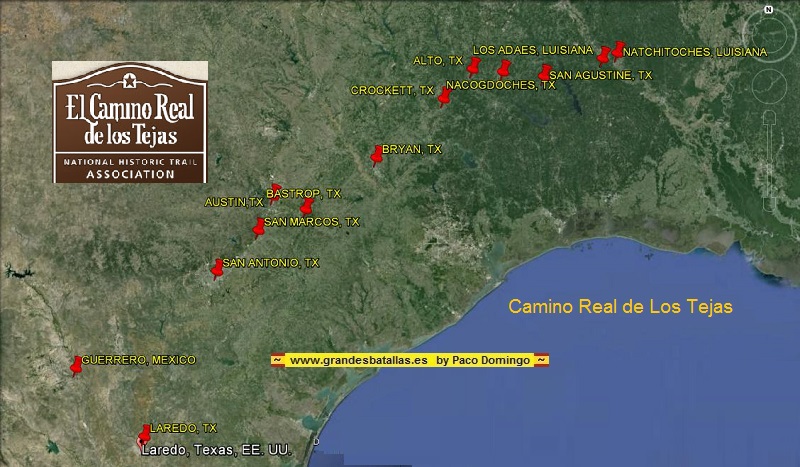
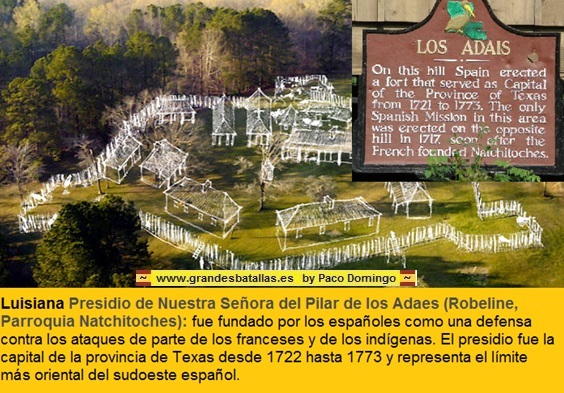
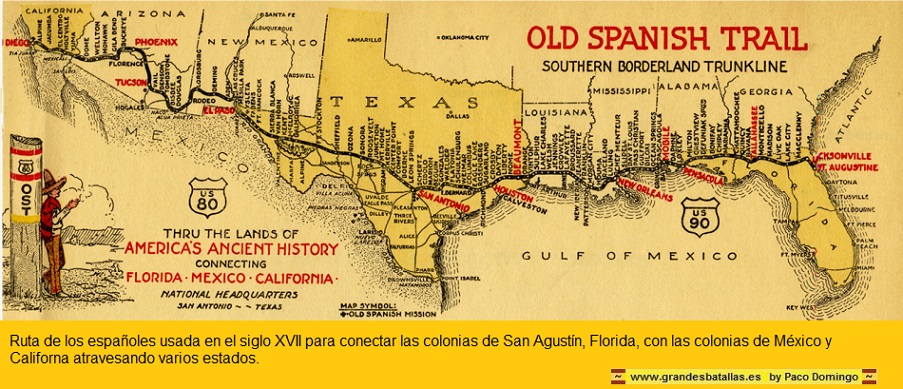
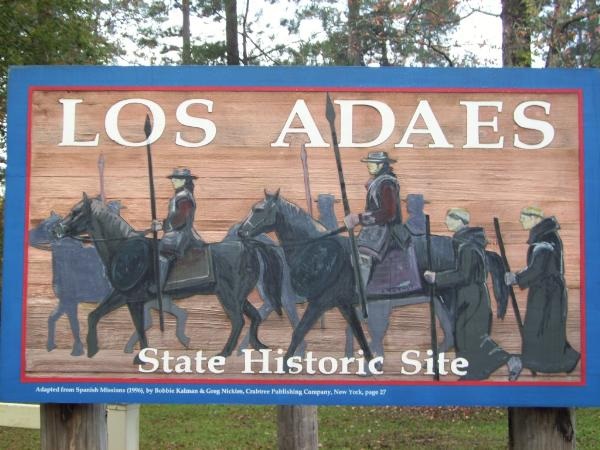
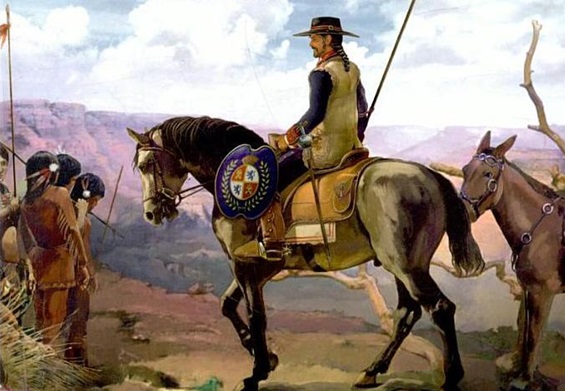
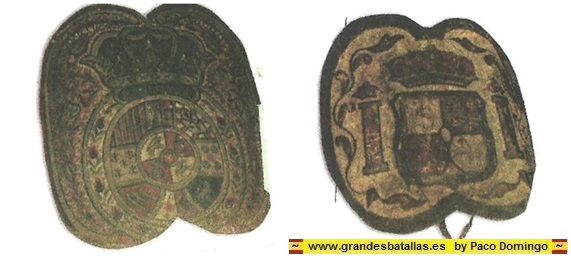
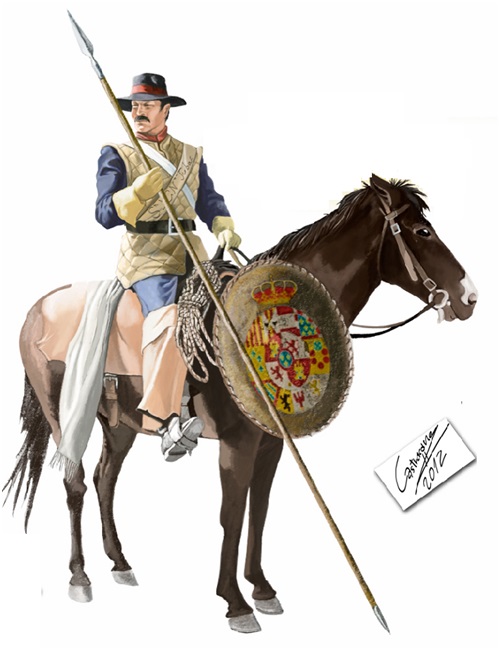
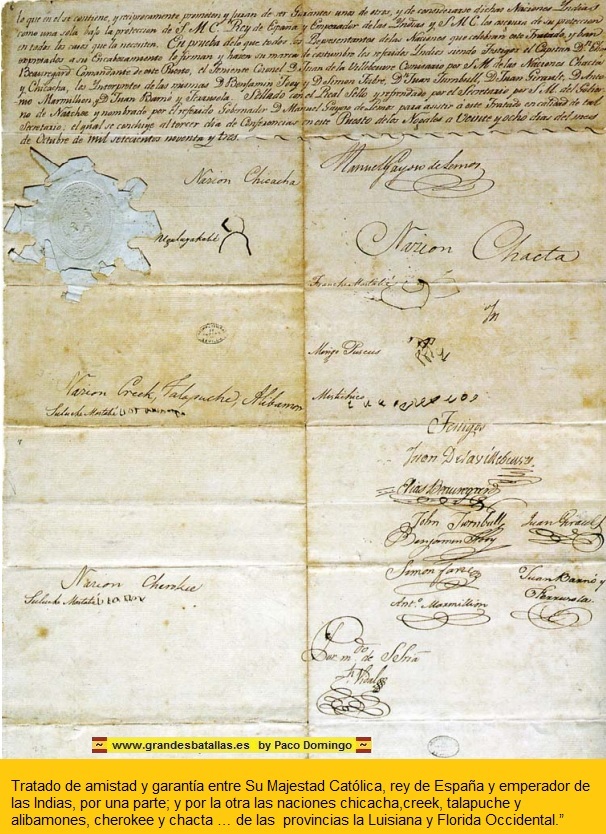
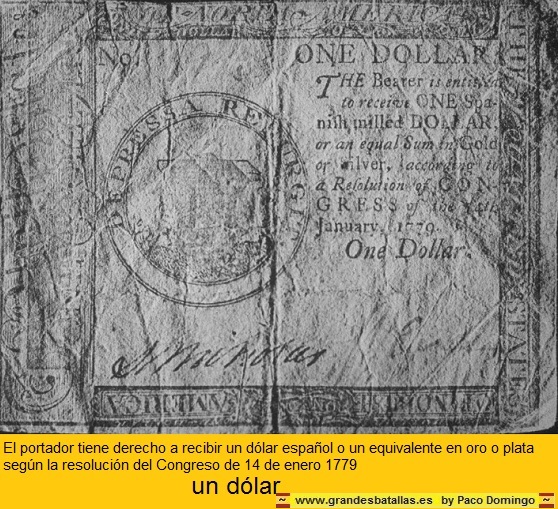
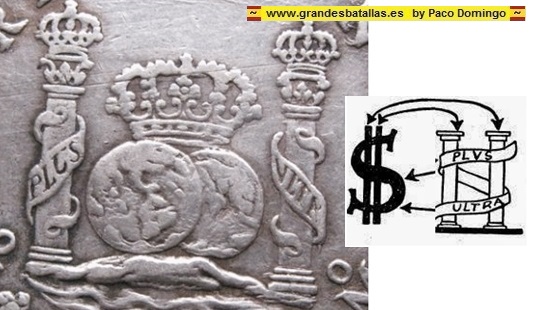
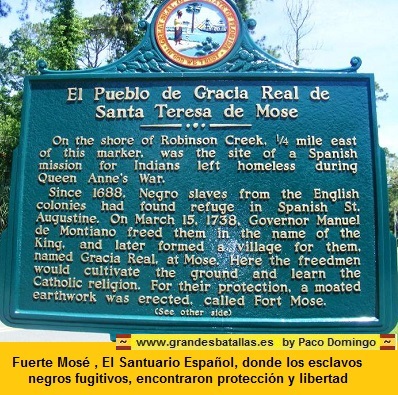
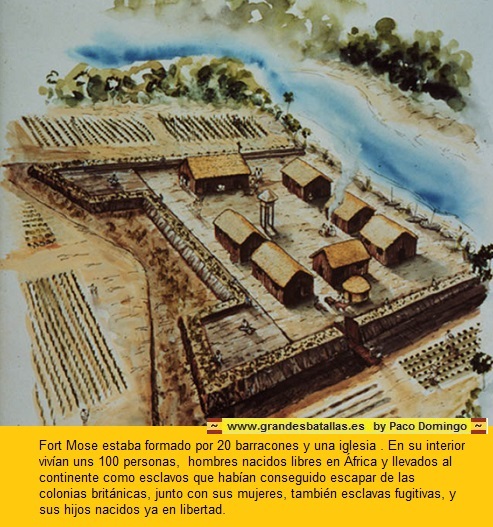
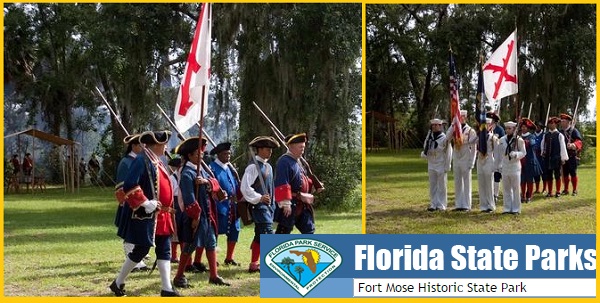
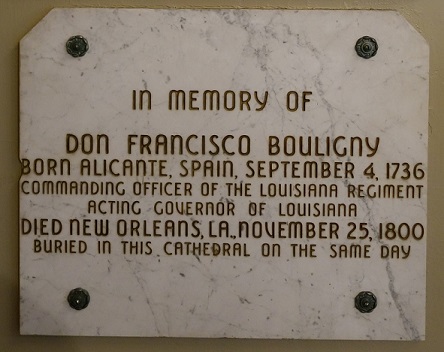
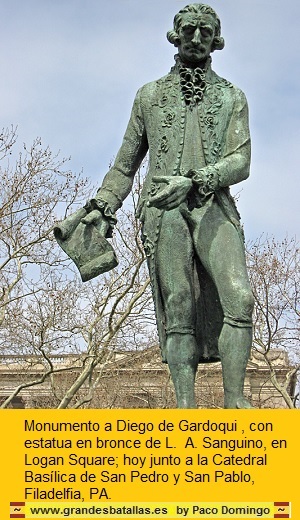
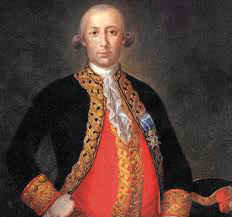
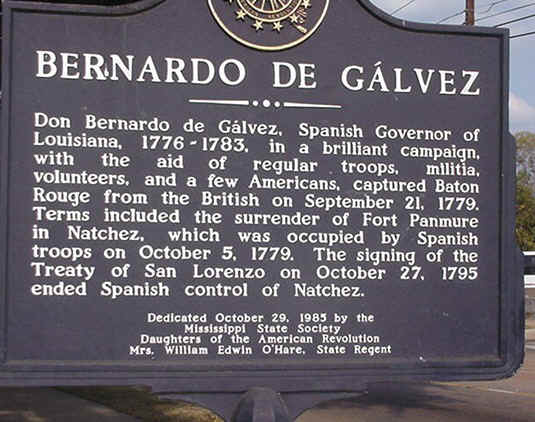

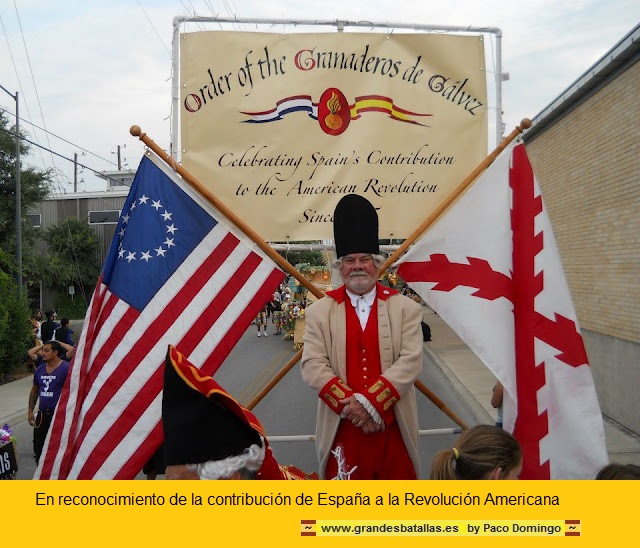

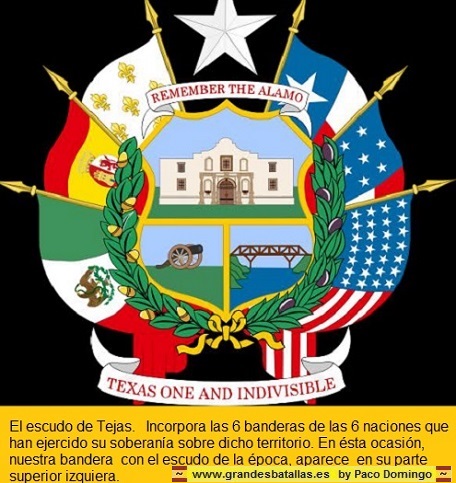

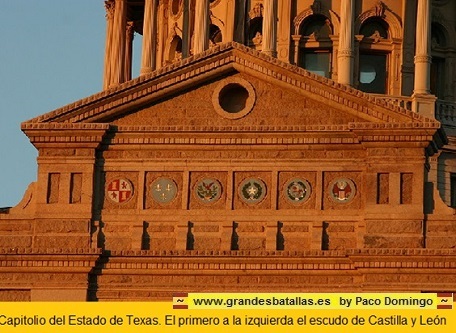
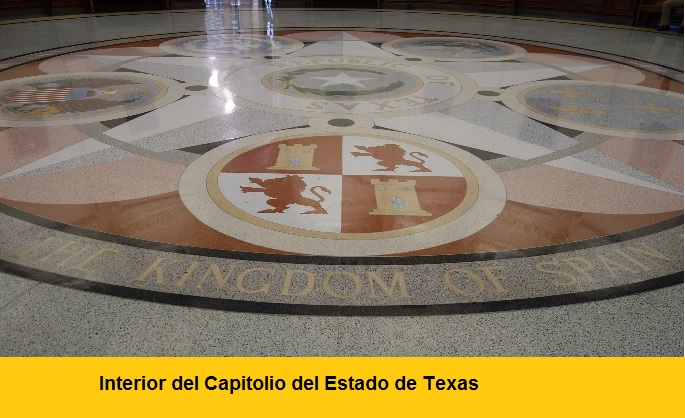
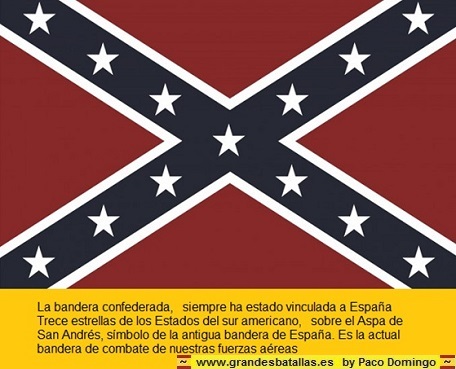
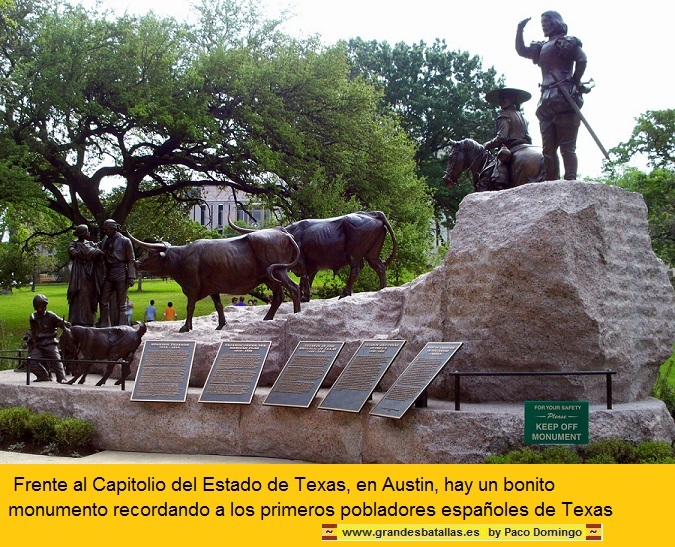
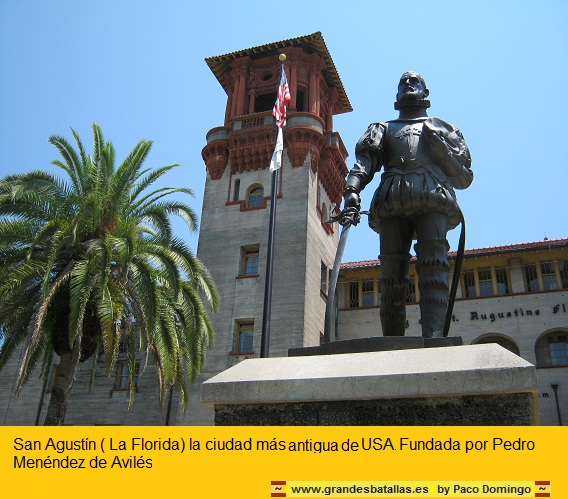

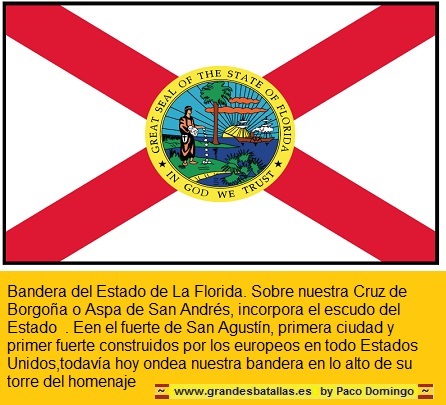

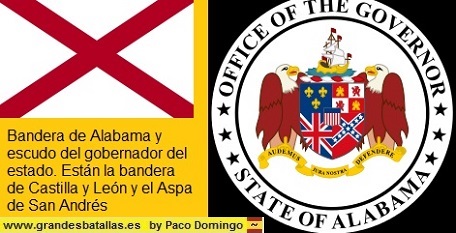
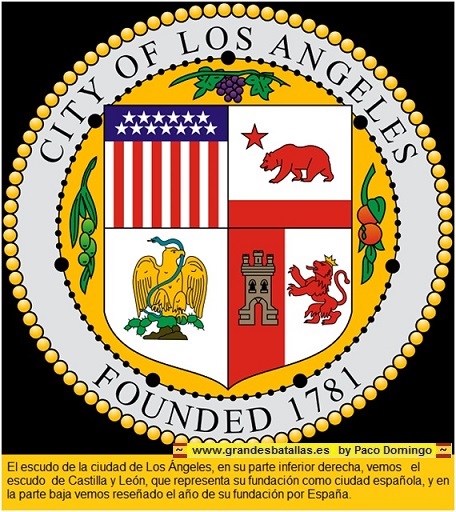



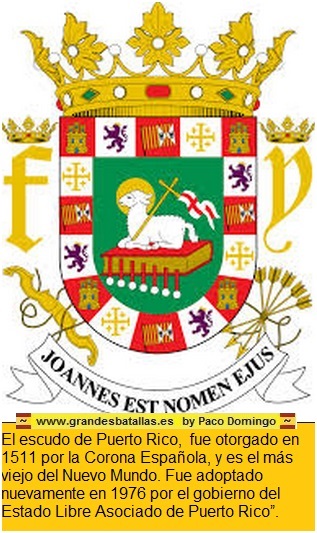
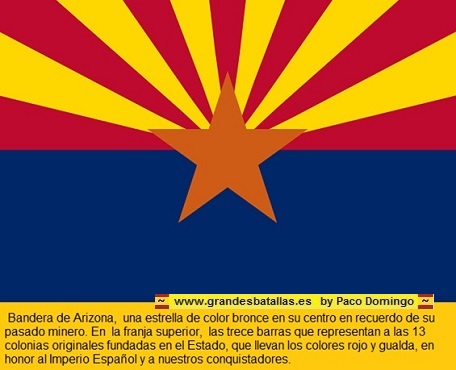
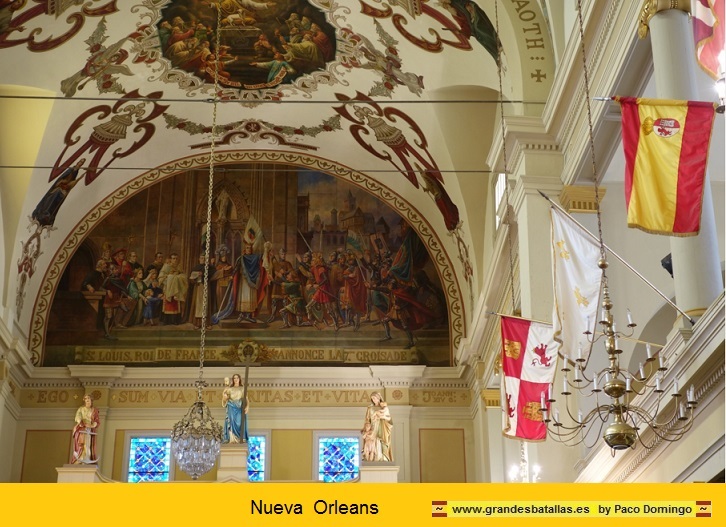
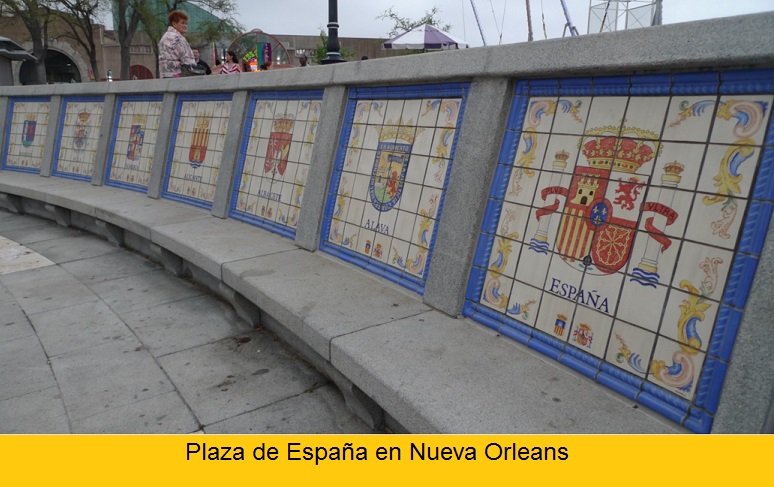
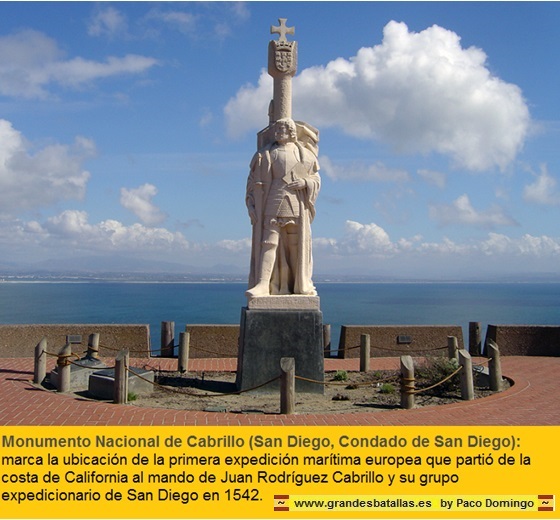
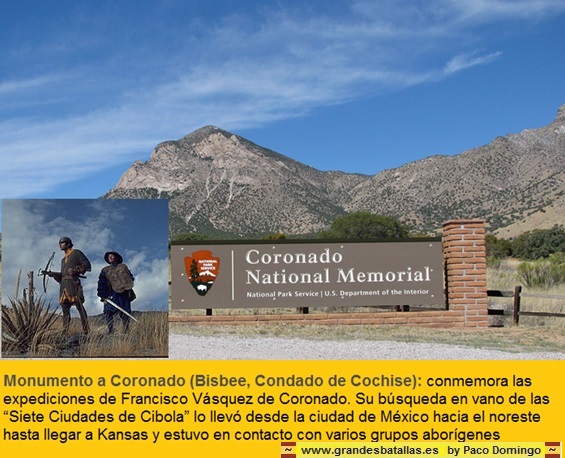
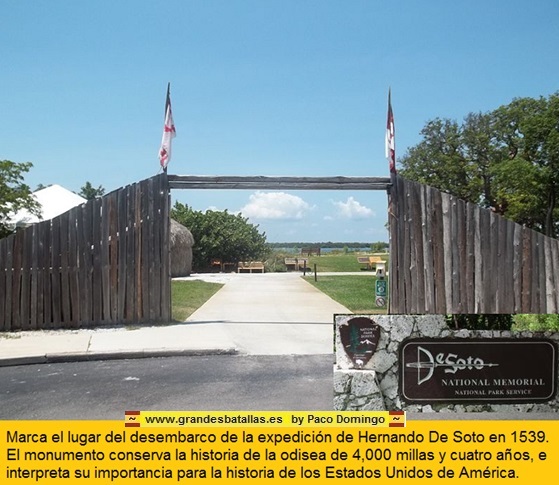
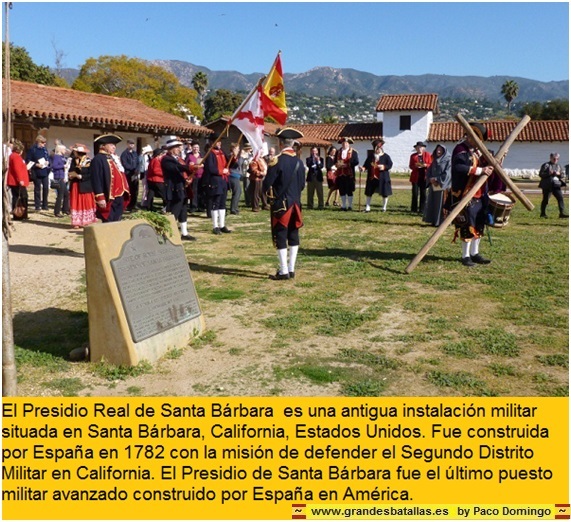
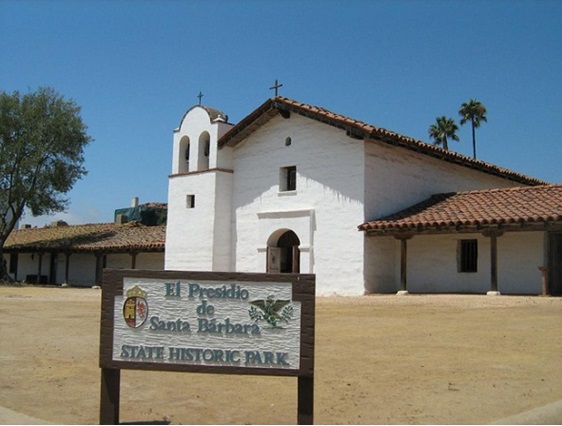
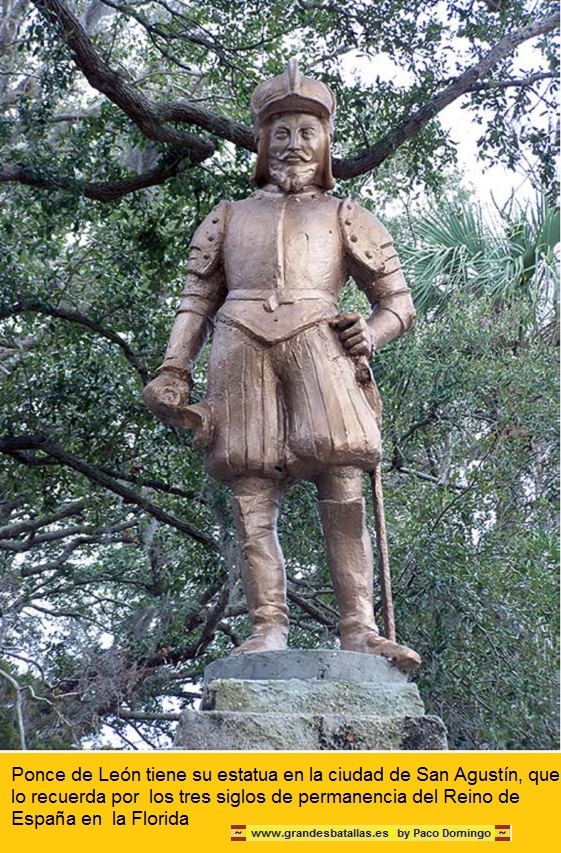
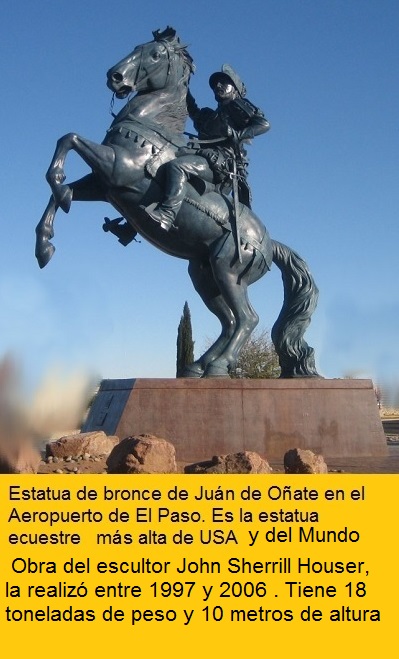
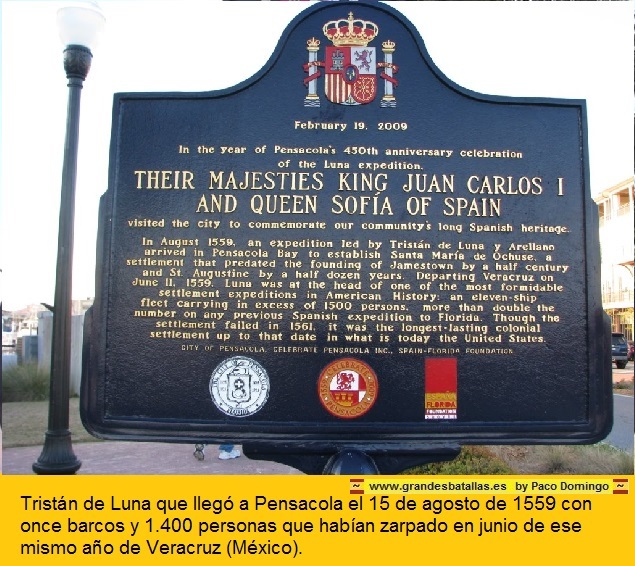
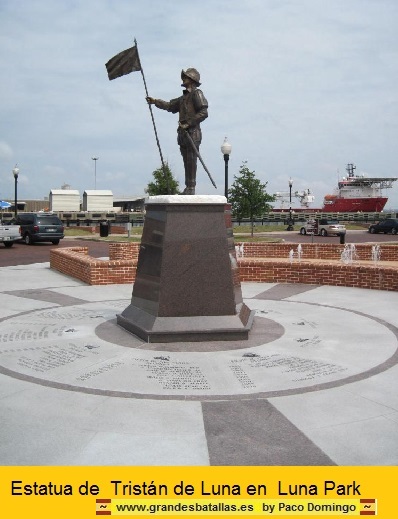
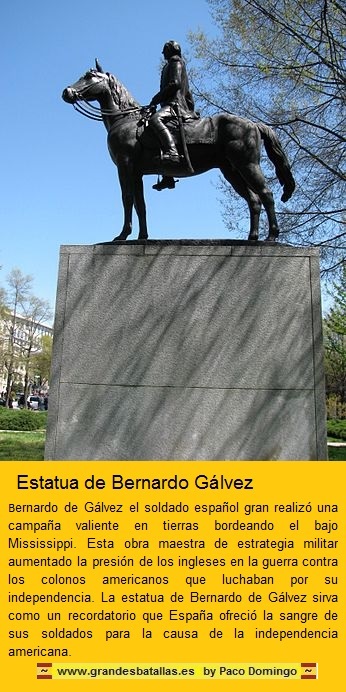

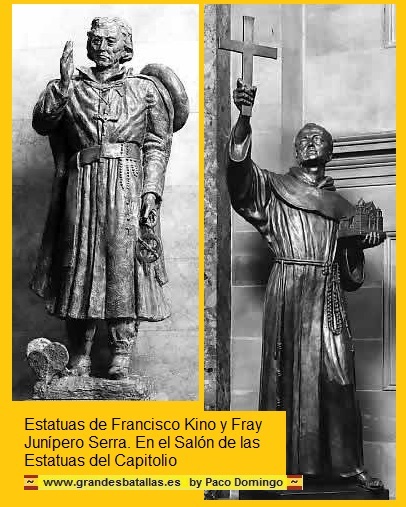

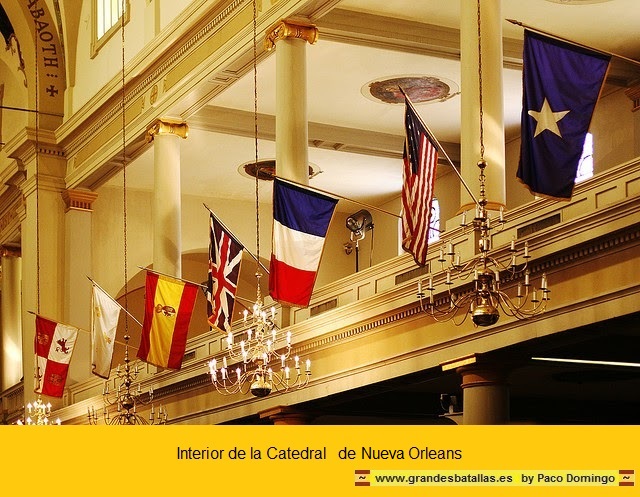
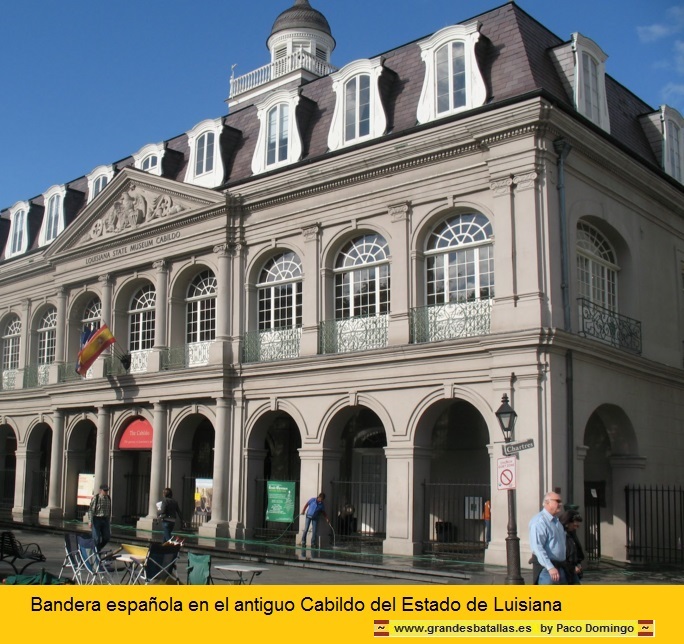

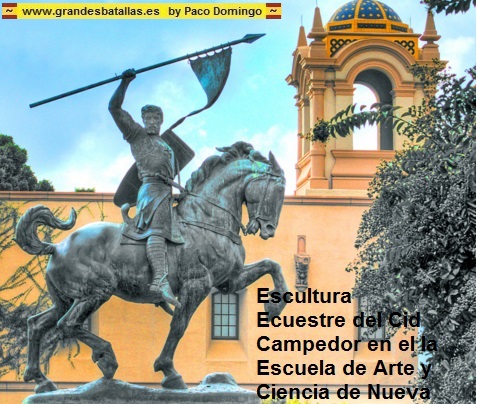

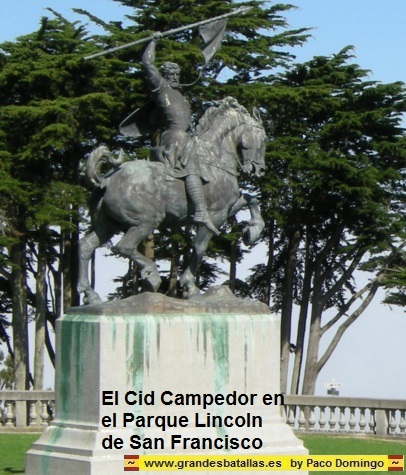


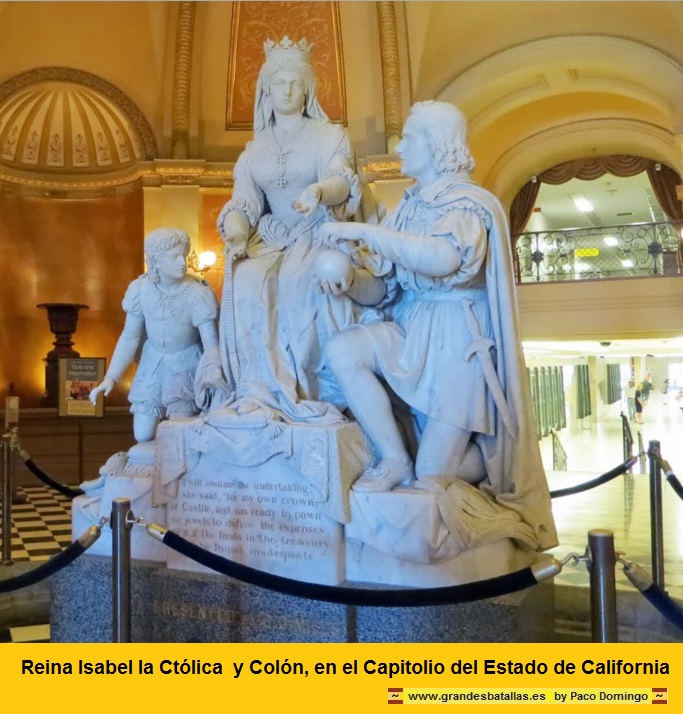
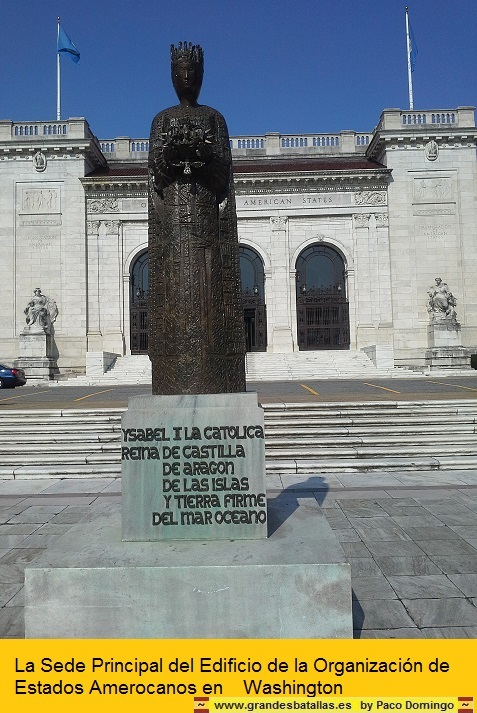
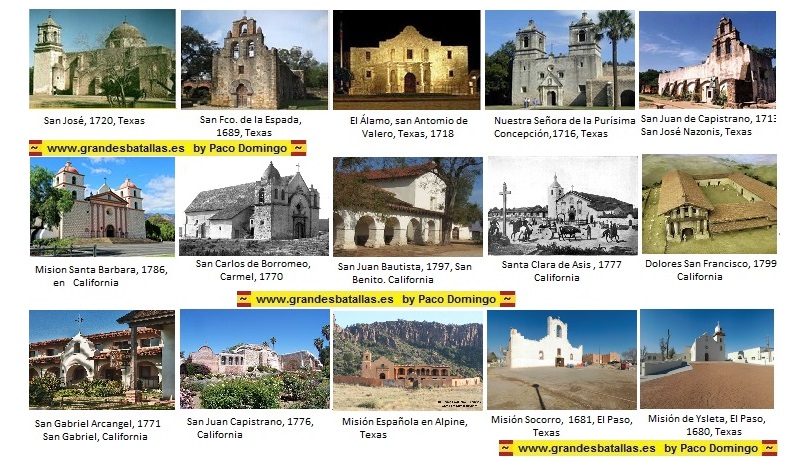
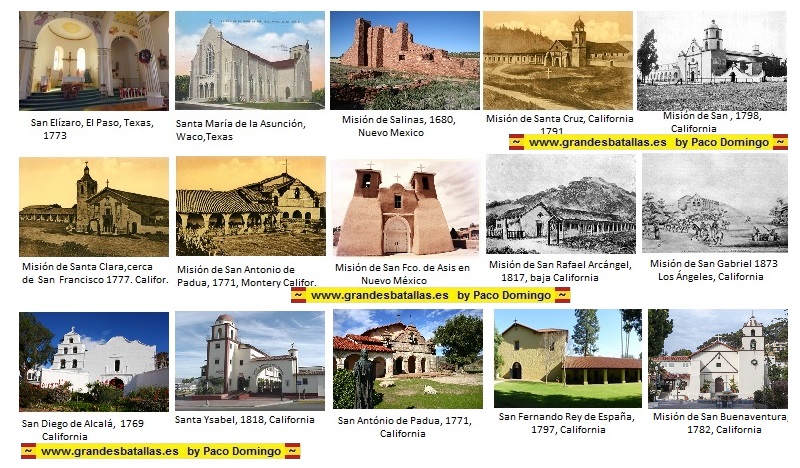
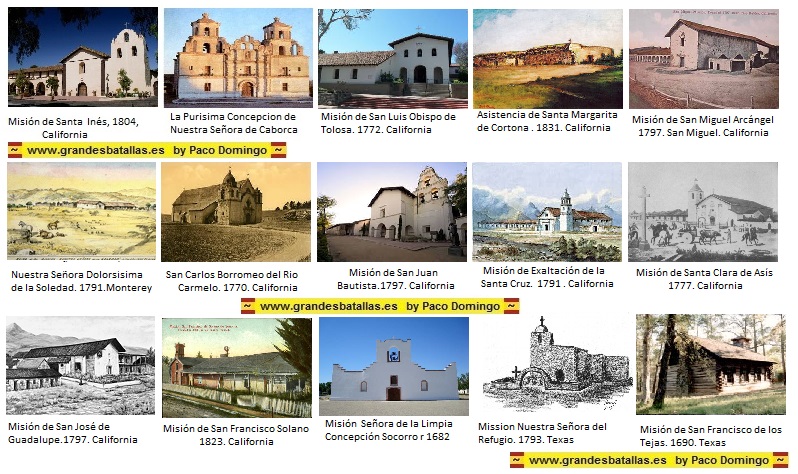
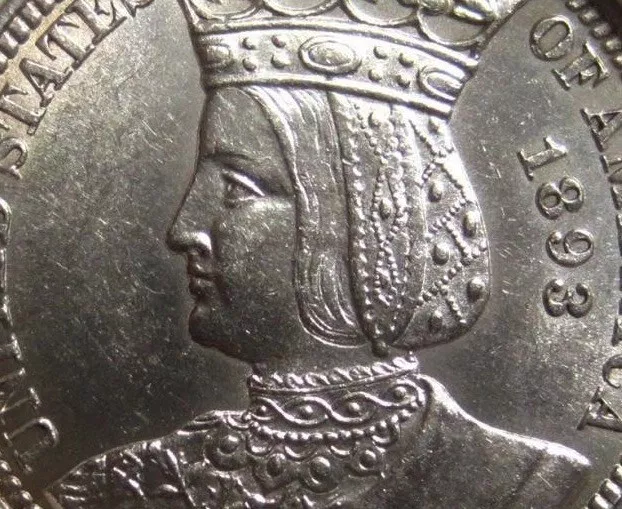
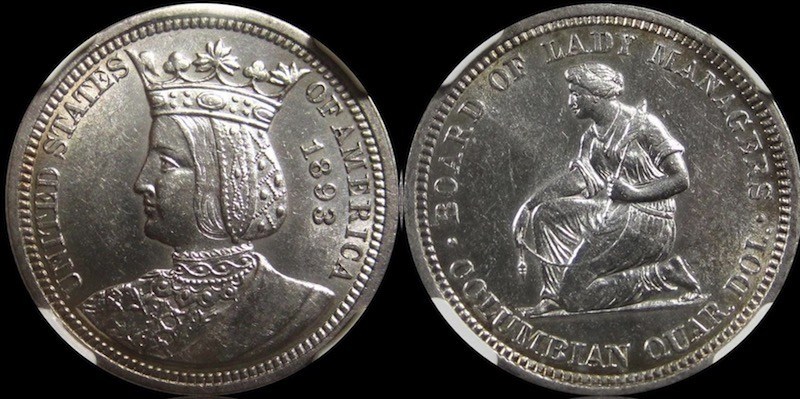
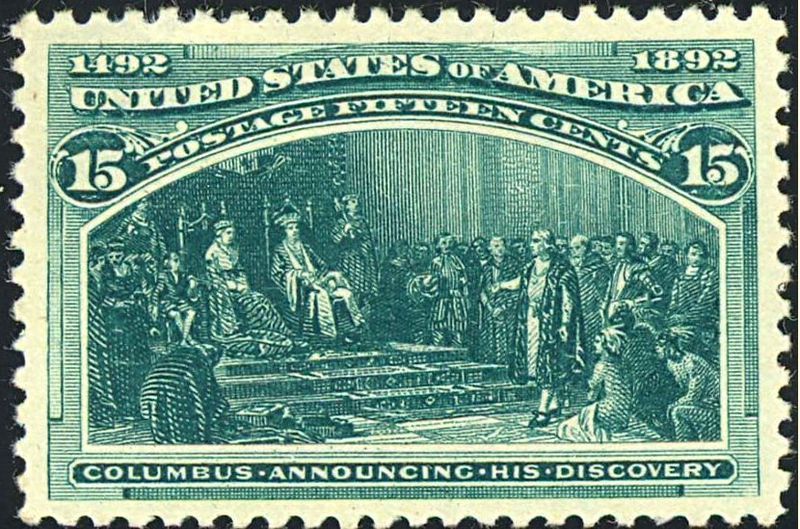
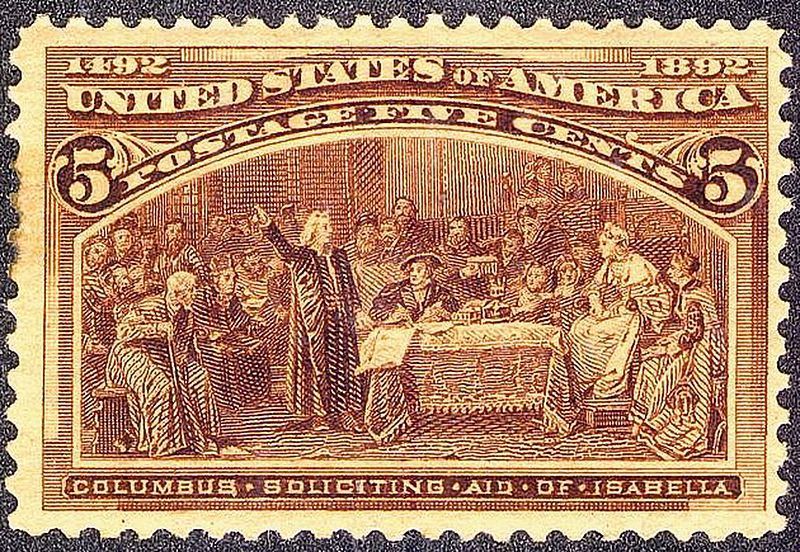
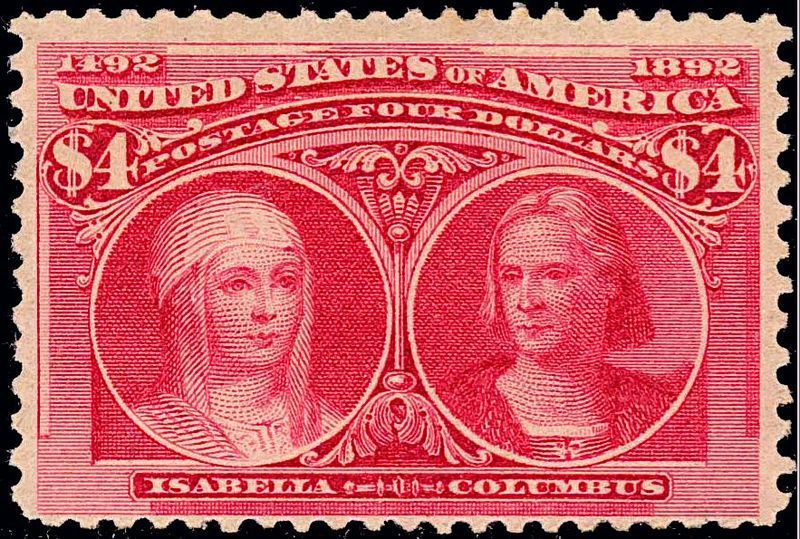
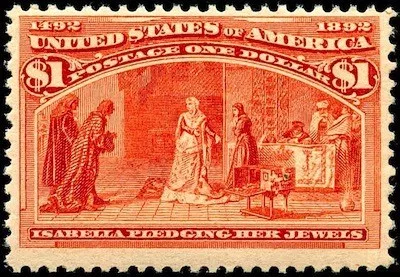
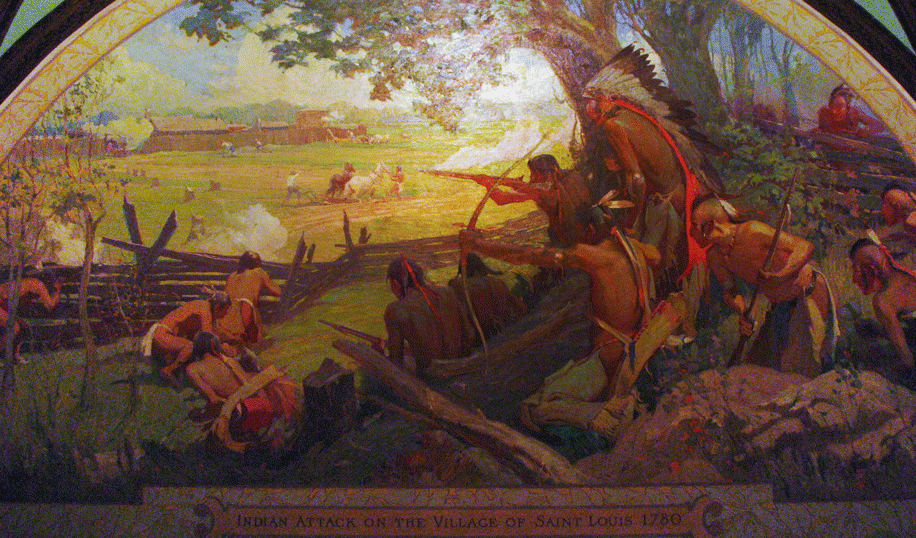
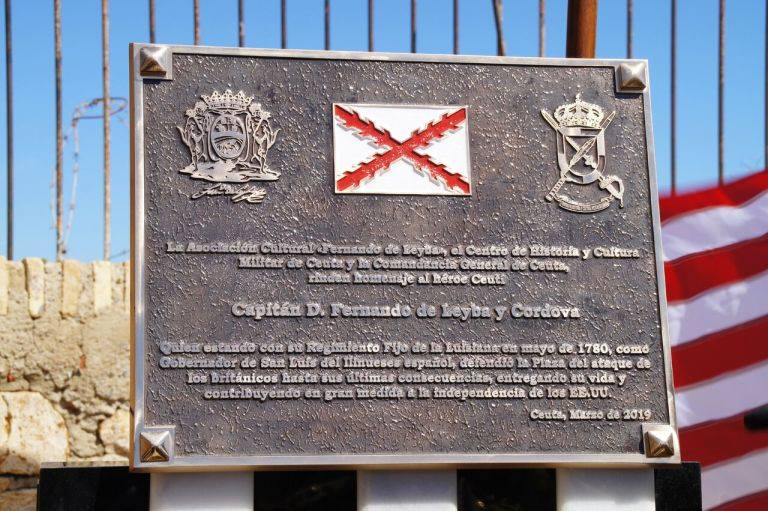
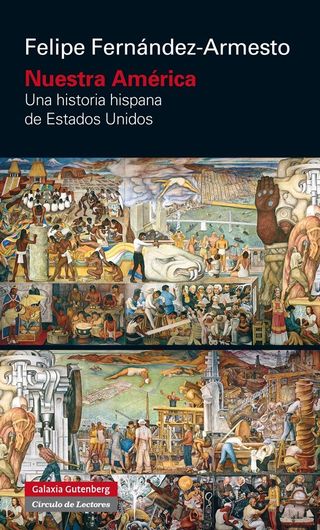
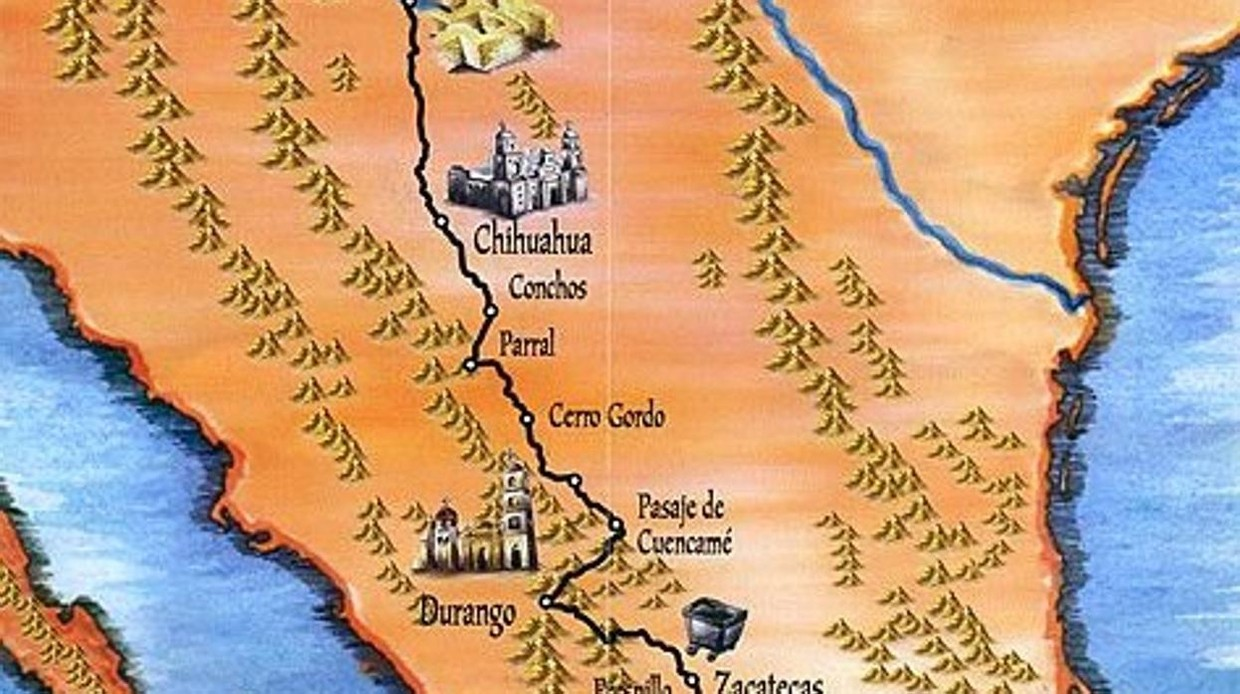
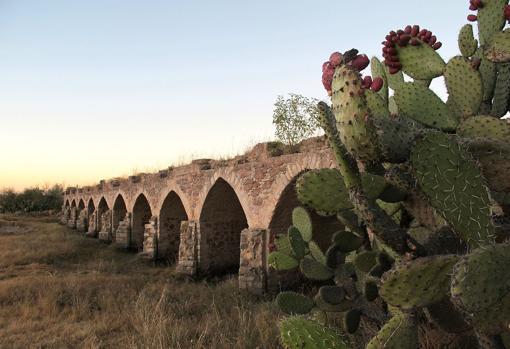
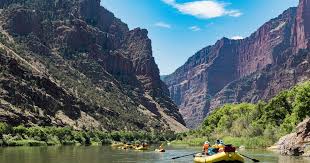
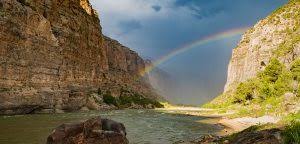
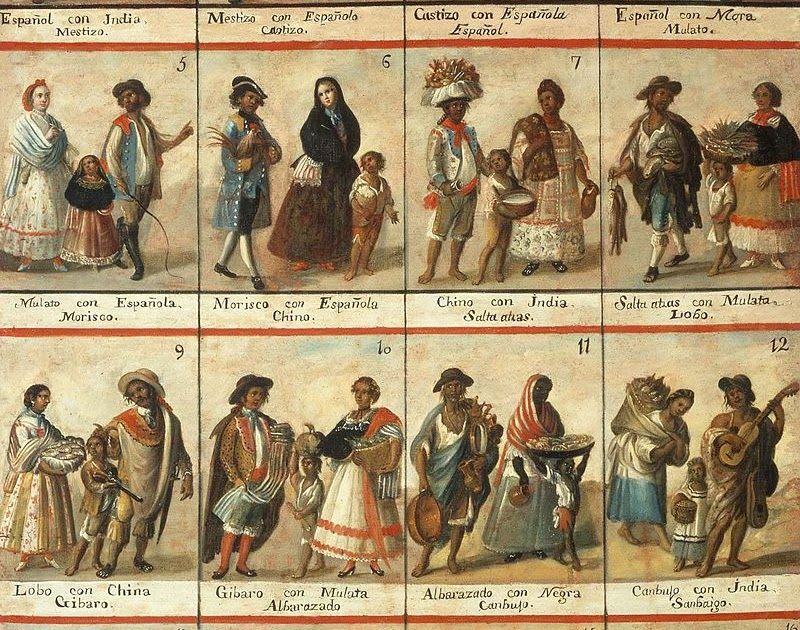
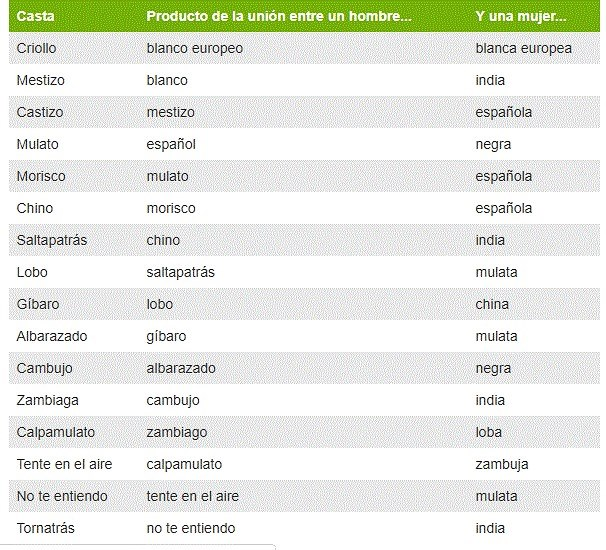

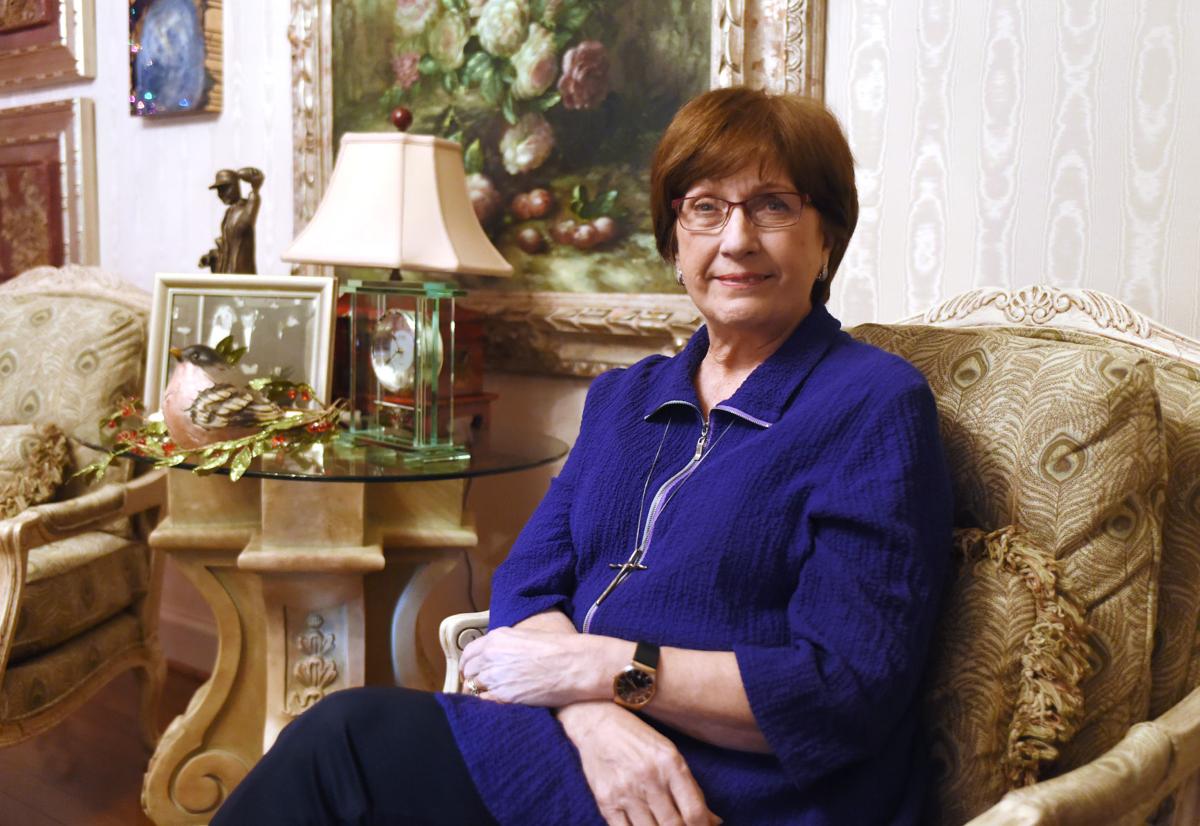


 Launched
the Candy Diplomacy program in partnership with the Jelly Belly Candy
Company, in which we send 2oz bags of jellybeans to U.S. troops
stationed overseas. The special bags display the following message in
English, Arabic, and Pashto, A gift from the American people in
hope that your country will one day enjoy the freedom and
opportunities that we have in the United States."
Launched
the Candy Diplomacy program in partnership with the Jelly Belly Candy
Company, in which we send 2oz bags of jellybeans to U.S. troops
stationed overseas. The special bags display the following message in
English, Arabic, and Pashto, A gift from the American people in
hope that your country will one day enjoy the freedom and
opportunities that we have in the United States."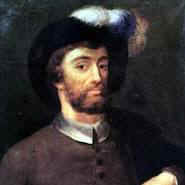



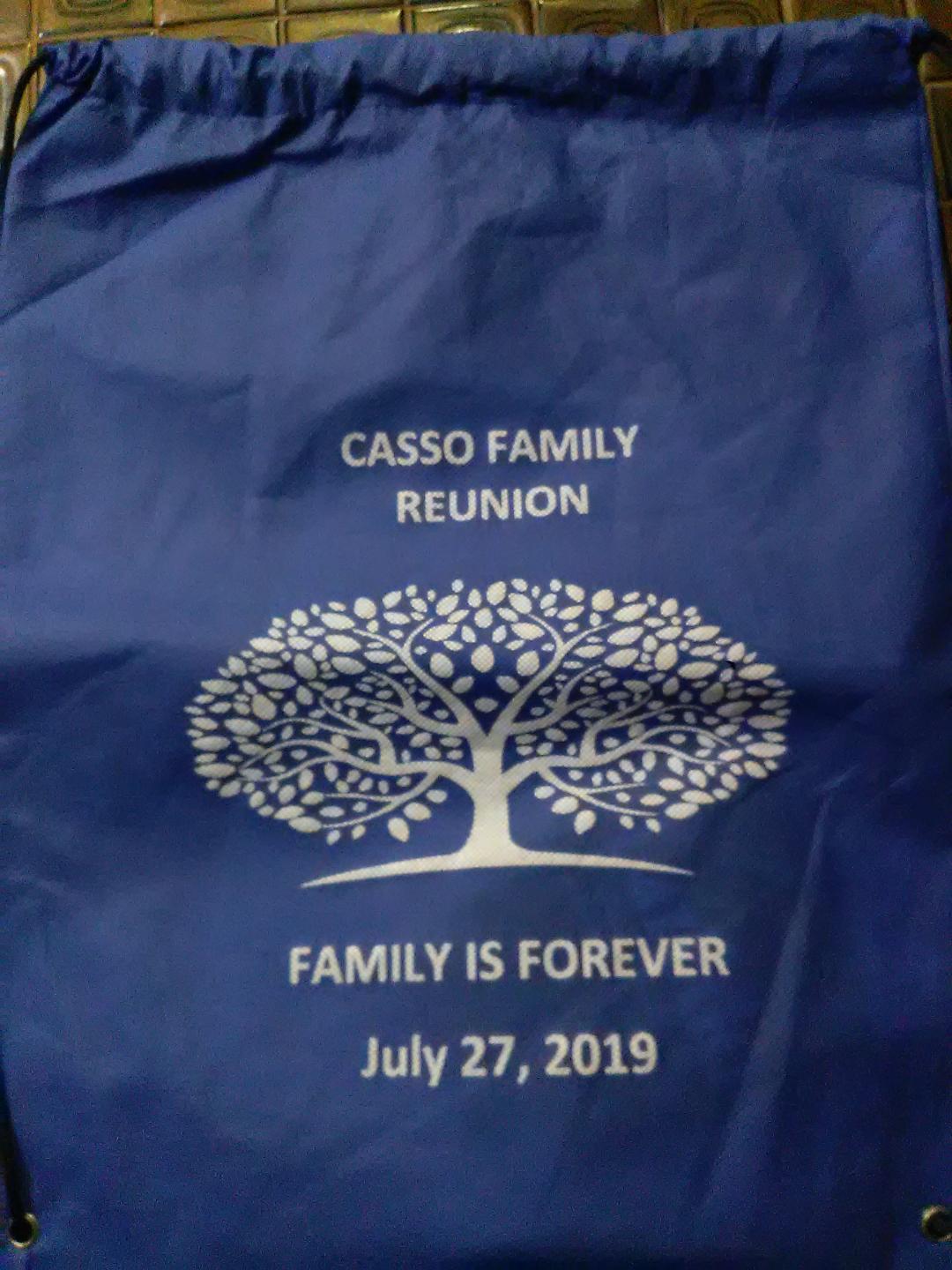
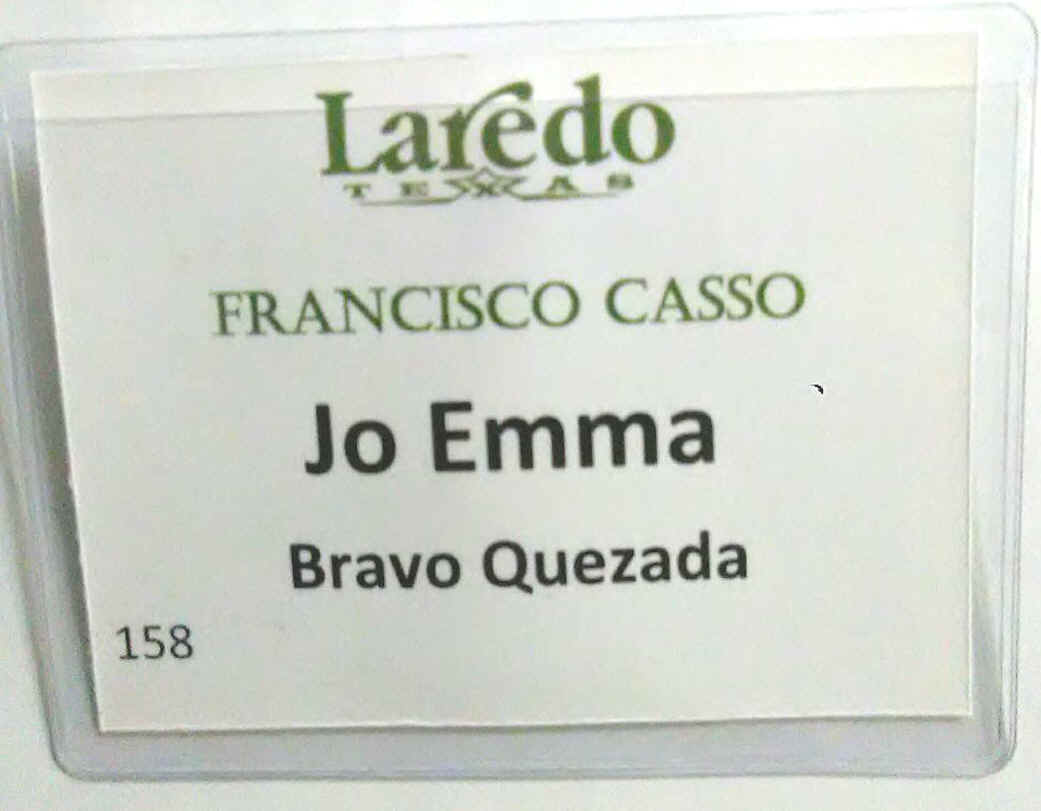
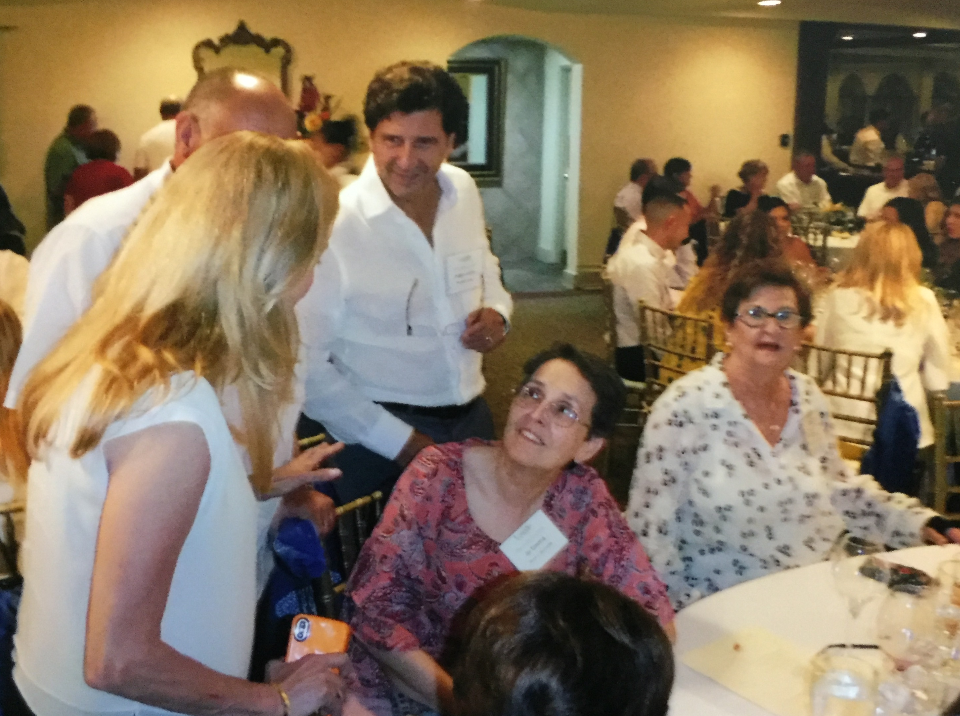
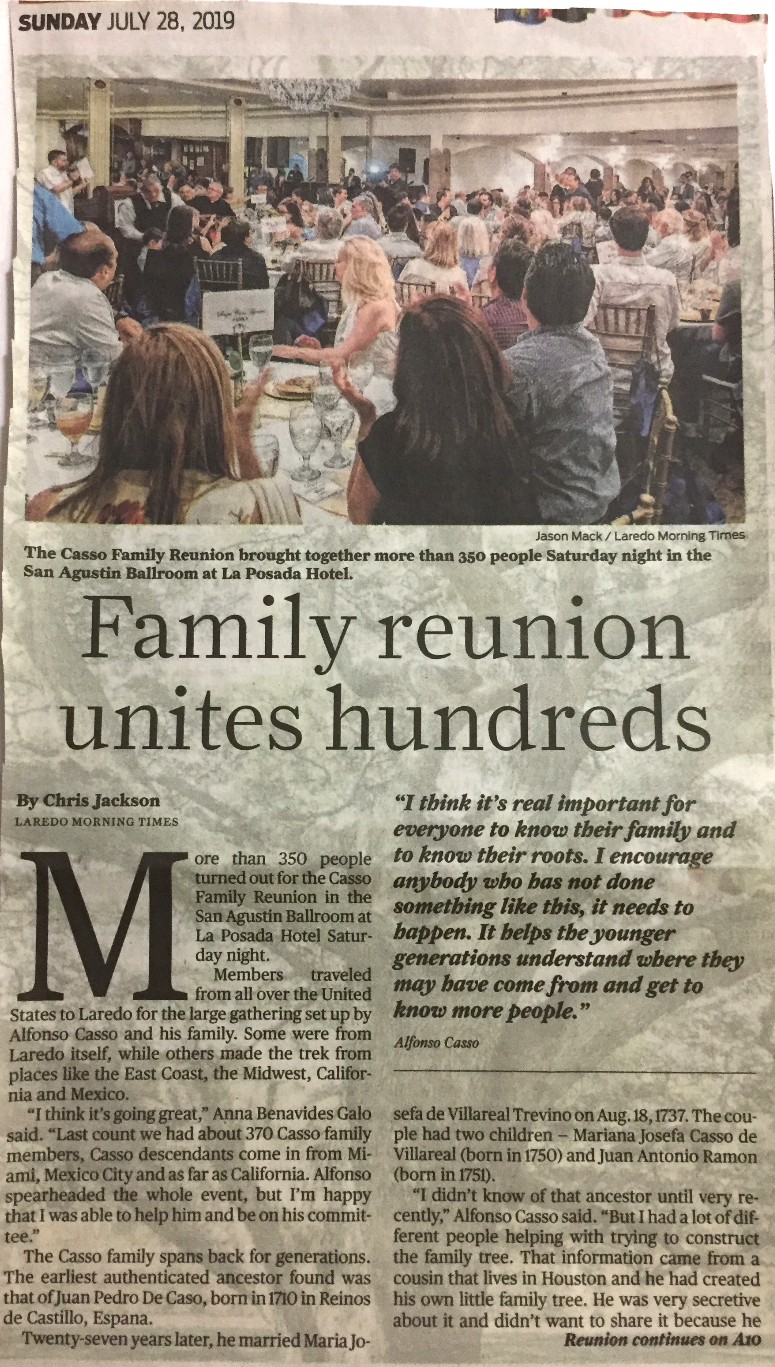
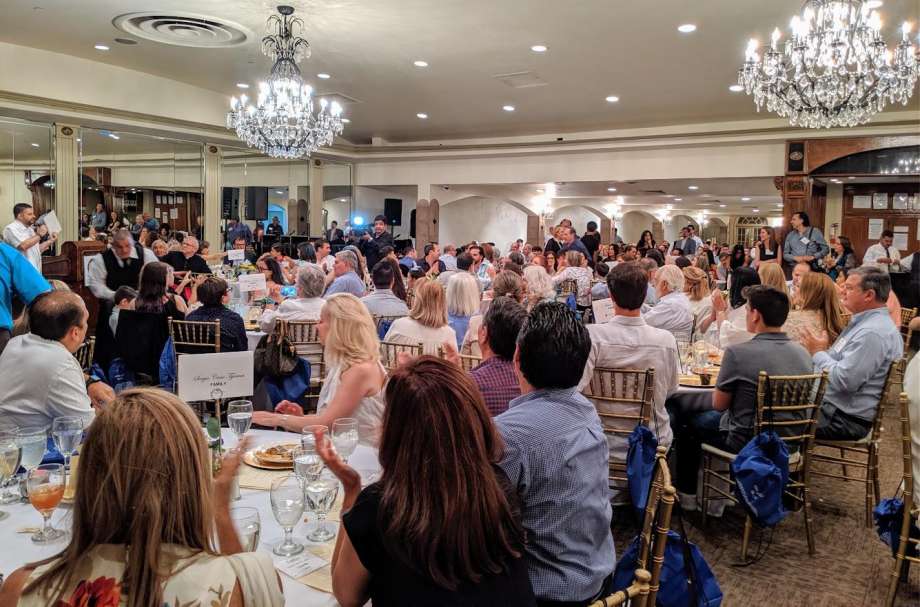
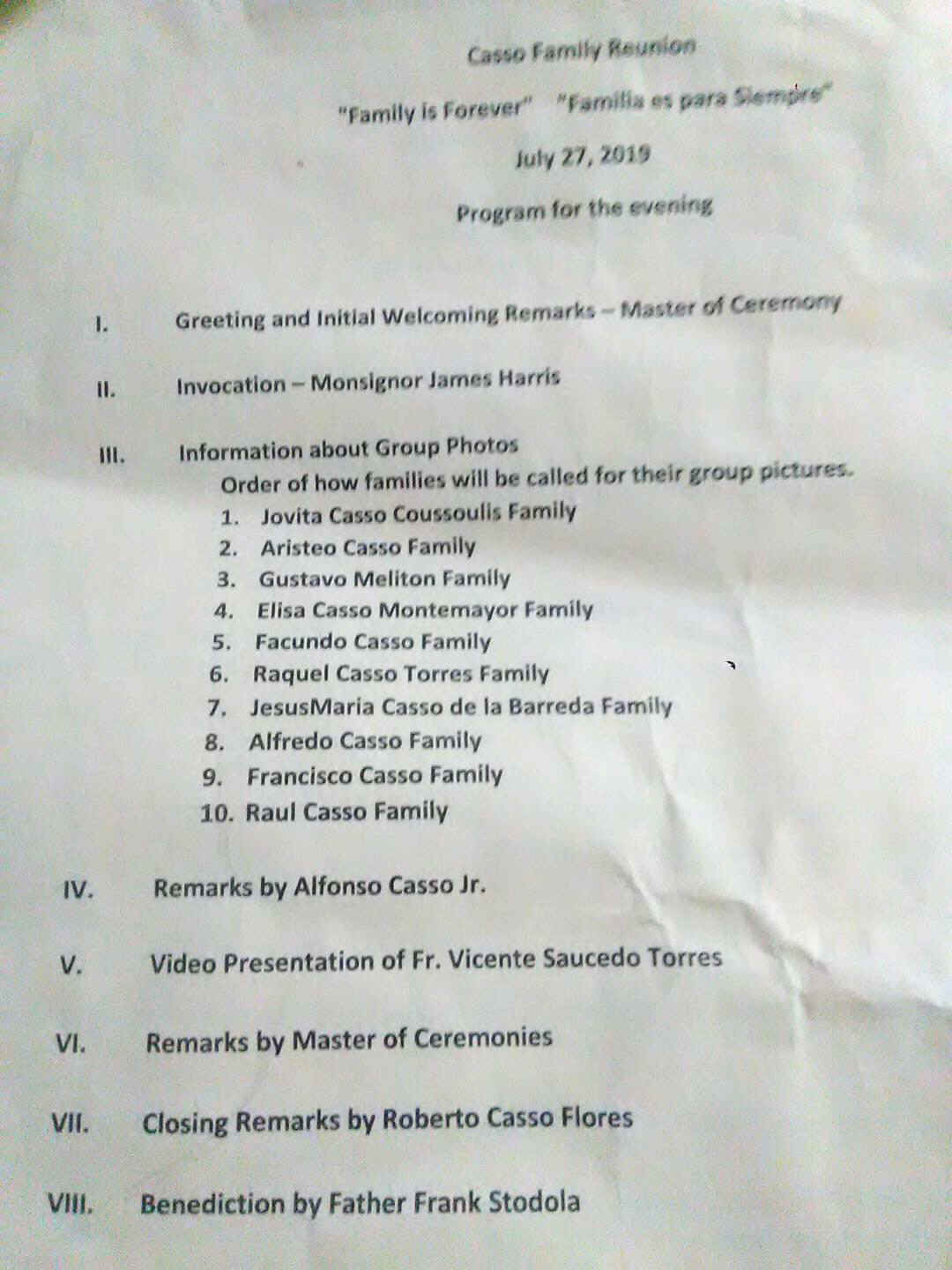
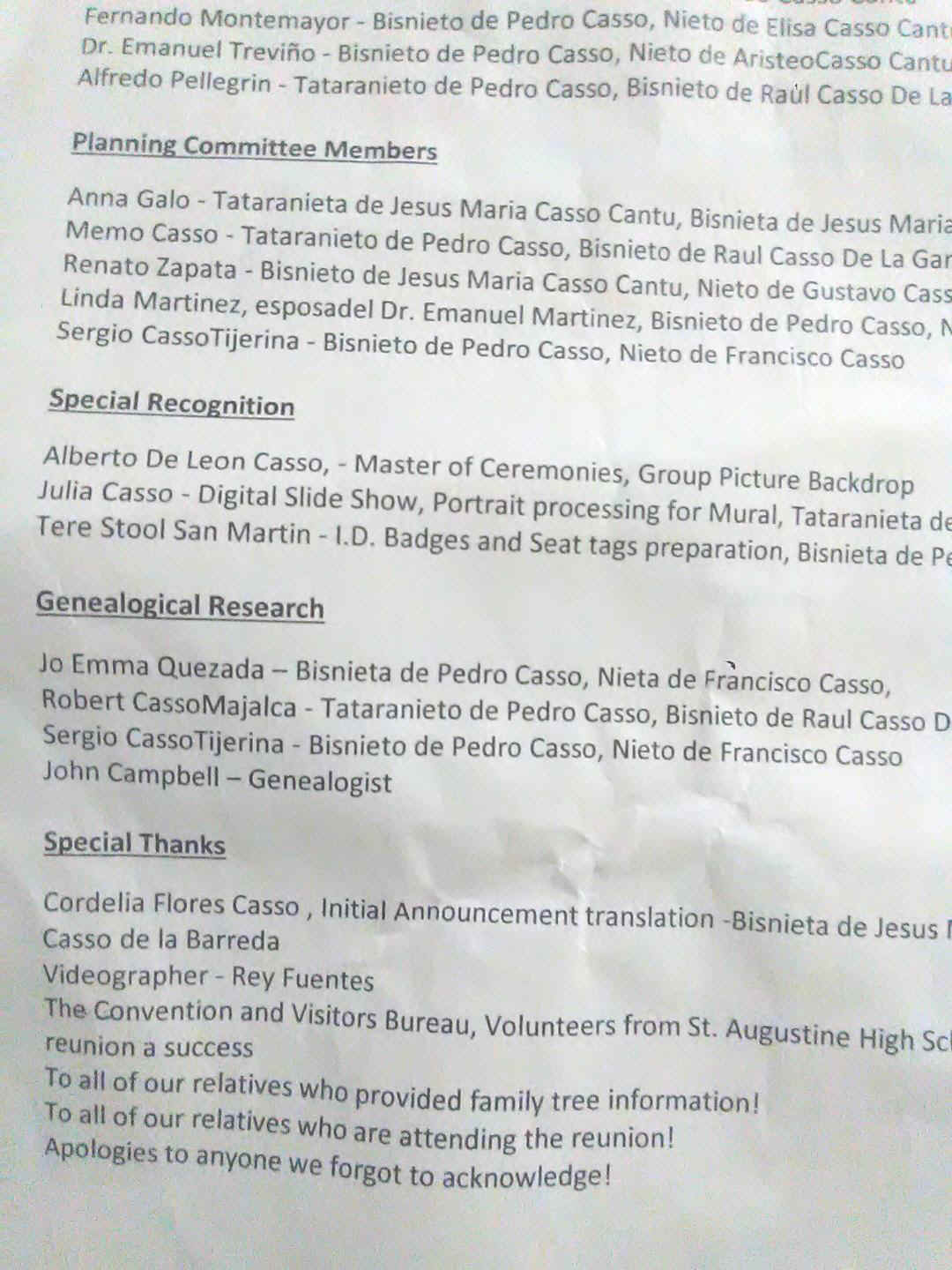

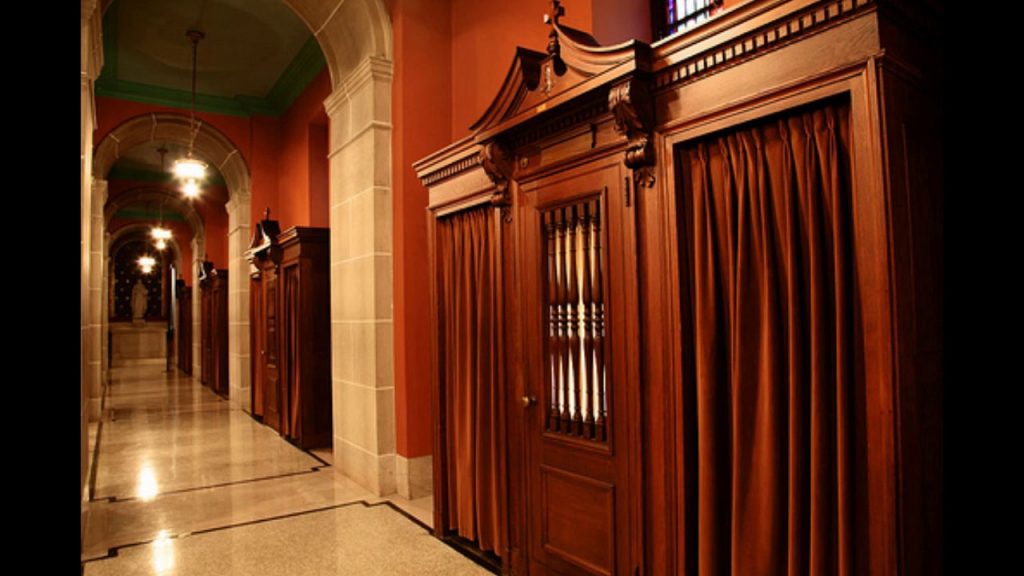


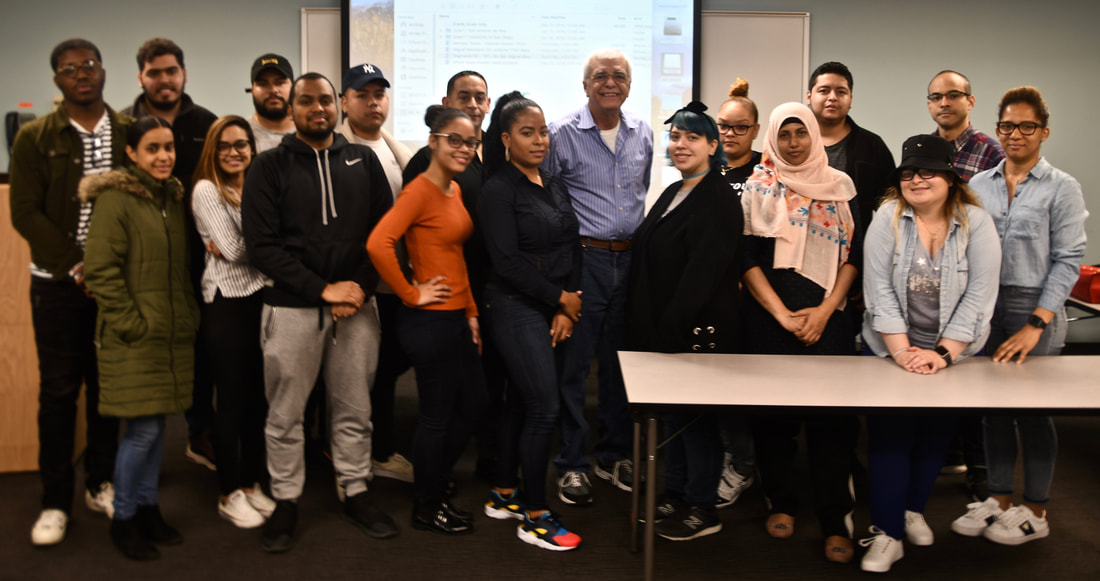
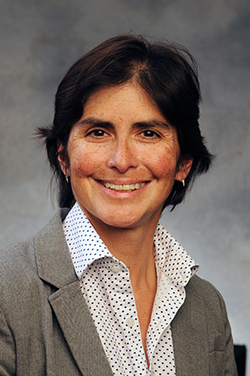
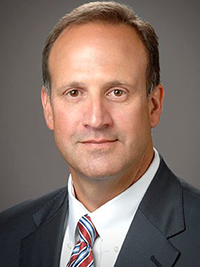 University
of New Mexico Provost & Executive Vice President for Academic
Affairs James Holloway has announced the appointment of Dan D. García
as vice president for Enrollment Management.
University
of New Mexico Provost & Executive Vice President for Academic
Affairs James Holloway has announced the appointment of Dan D. García
as vice president for Enrollment Management.
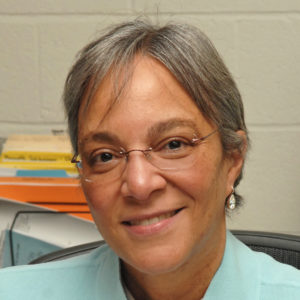 Morrobel-Sosa
is the president and founder of The Micaela Group, which assists
universities in improving student success, closing achievement gaps,
and strategic planning, including diversifying students and faculty in
science, engineering, technology, and mathematics (STEM) fields.
Morrobel-Sosa
is the president and founder of The Micaela Group, which assists
universities in improving student success, closing achievement gaps,
and strategic planning, including diversifying students and faculty in
science, engineering, technology, and mathematics (STEM) fields.

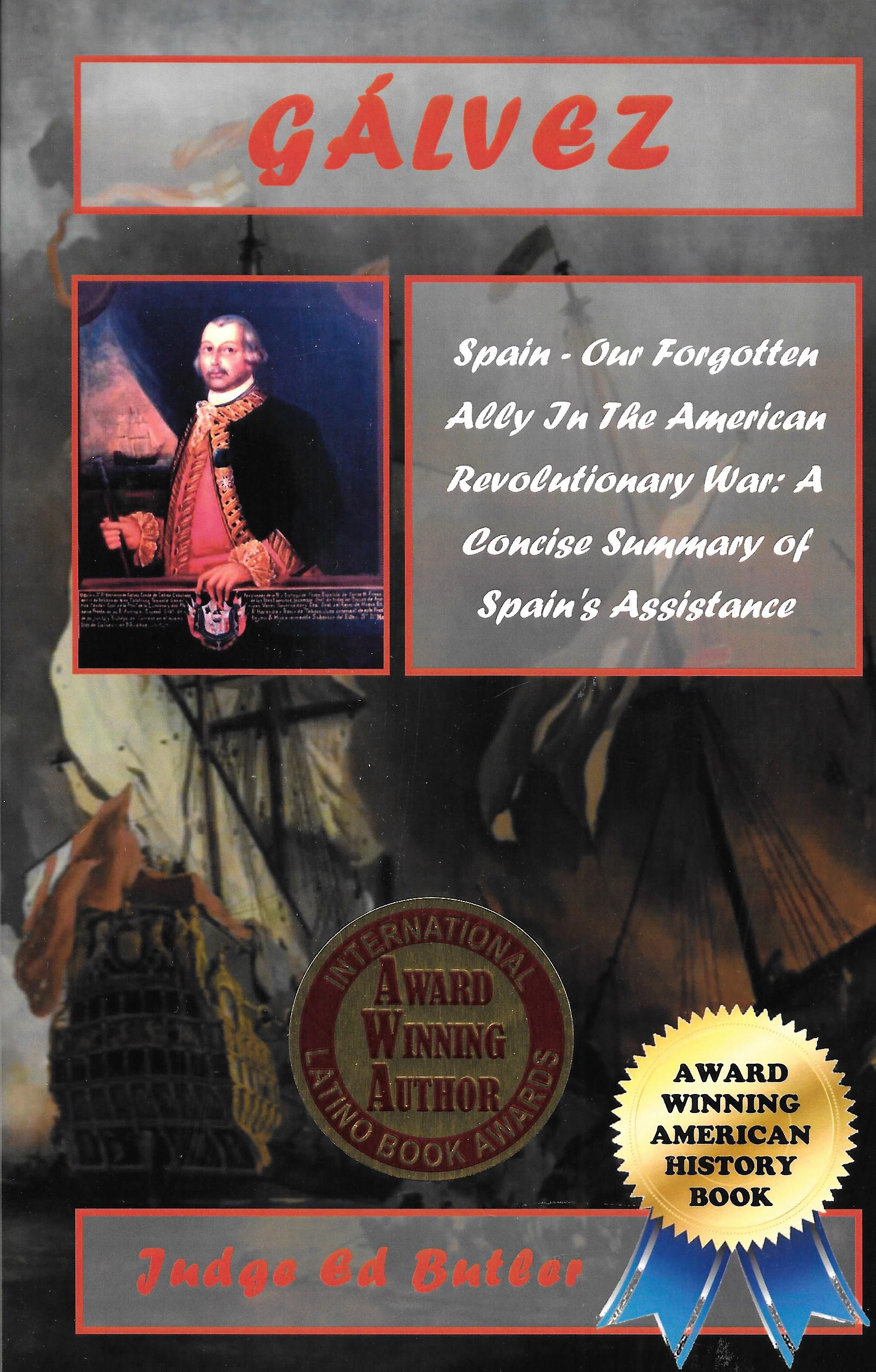
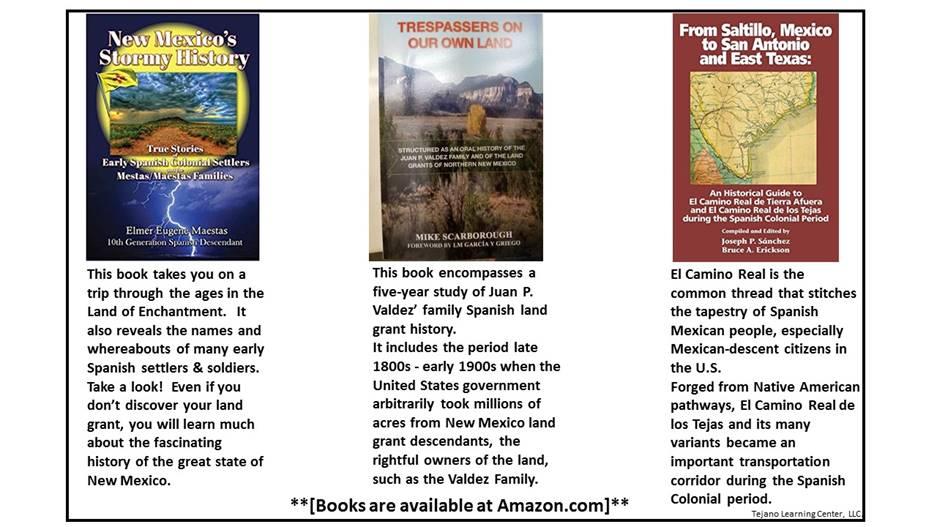
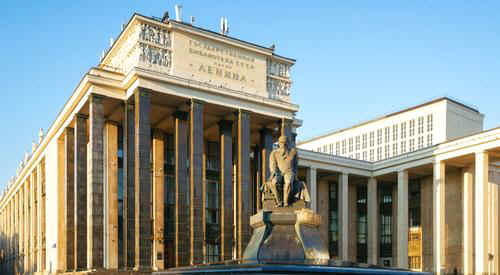
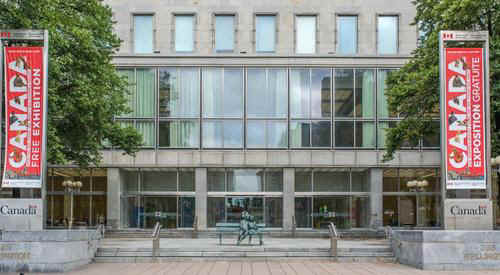

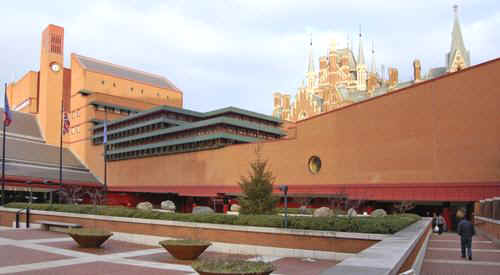
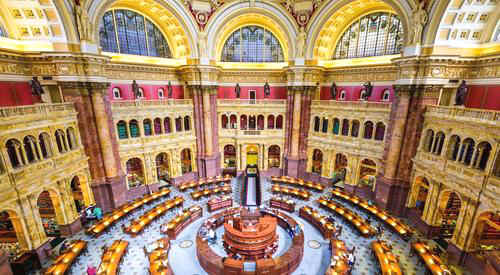
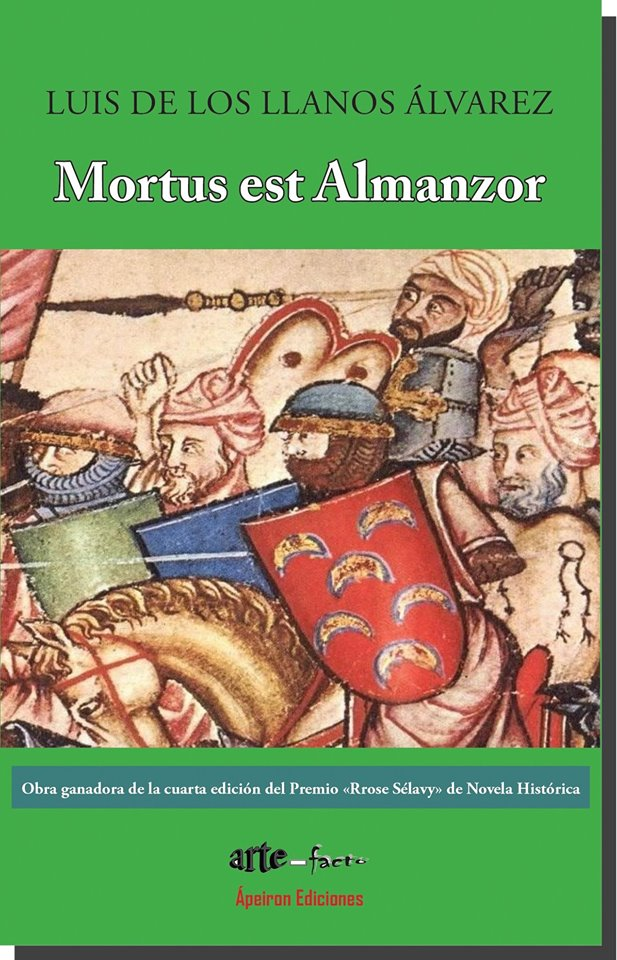
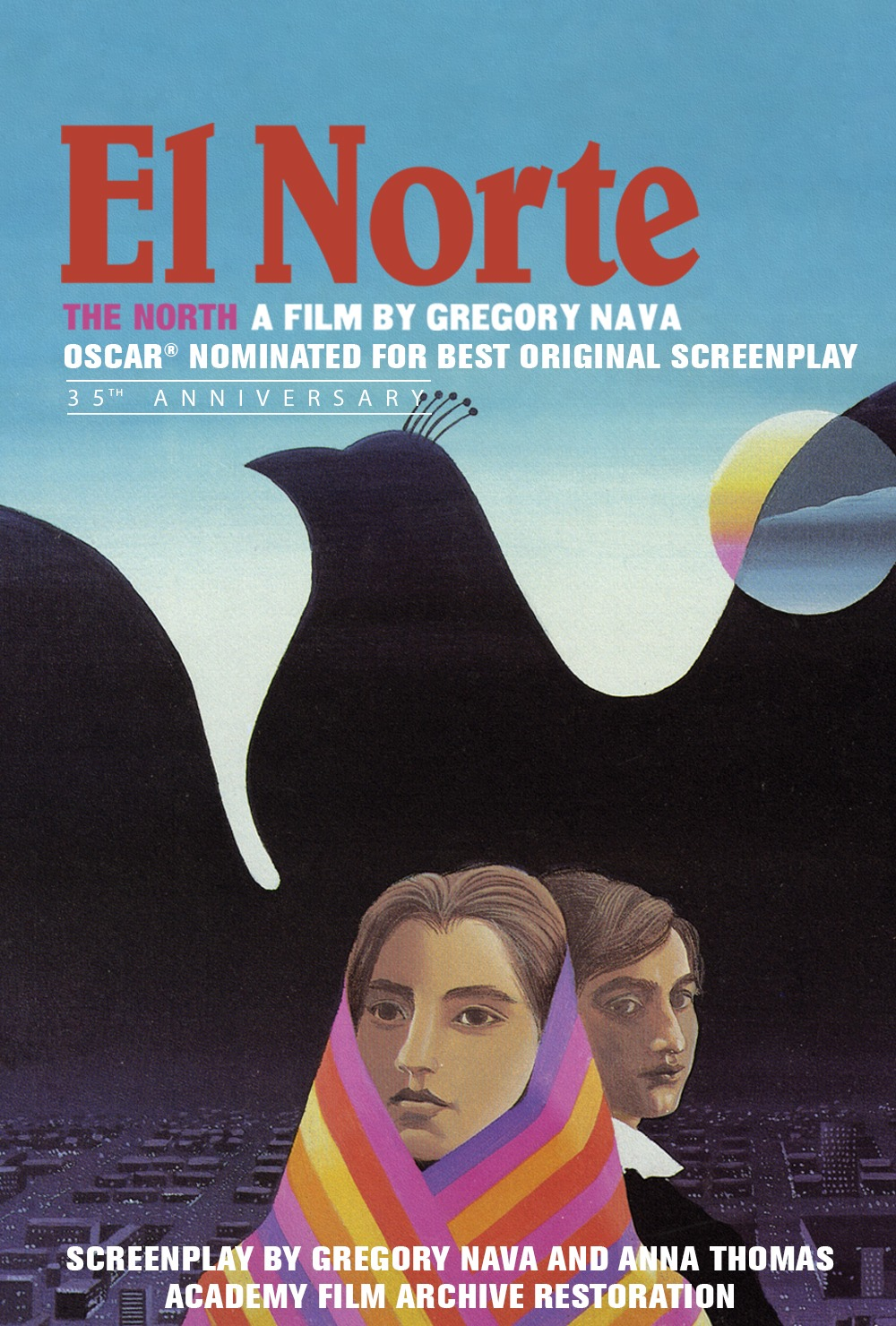
 Adriana
Camarena is a Mexican from Mexico, complicated by an upbringing in the
U.S., Uruguay, and Mexico. She became a resident of the Mission District
of San Francisco in 2008.
Adriana
Camarena is a Mexican from Mexico, complicated by an upbringing in the
U.S., Uruguay, and Mexico. She became a resident of the Mission District
of San Francisco in 2008.
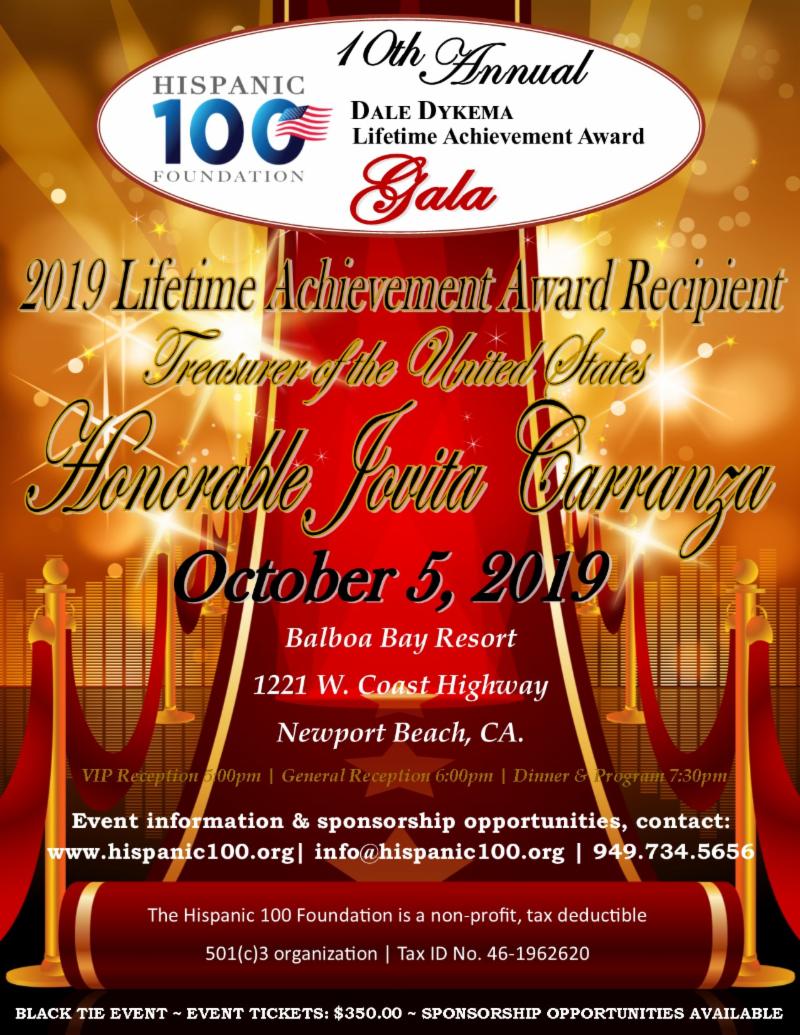
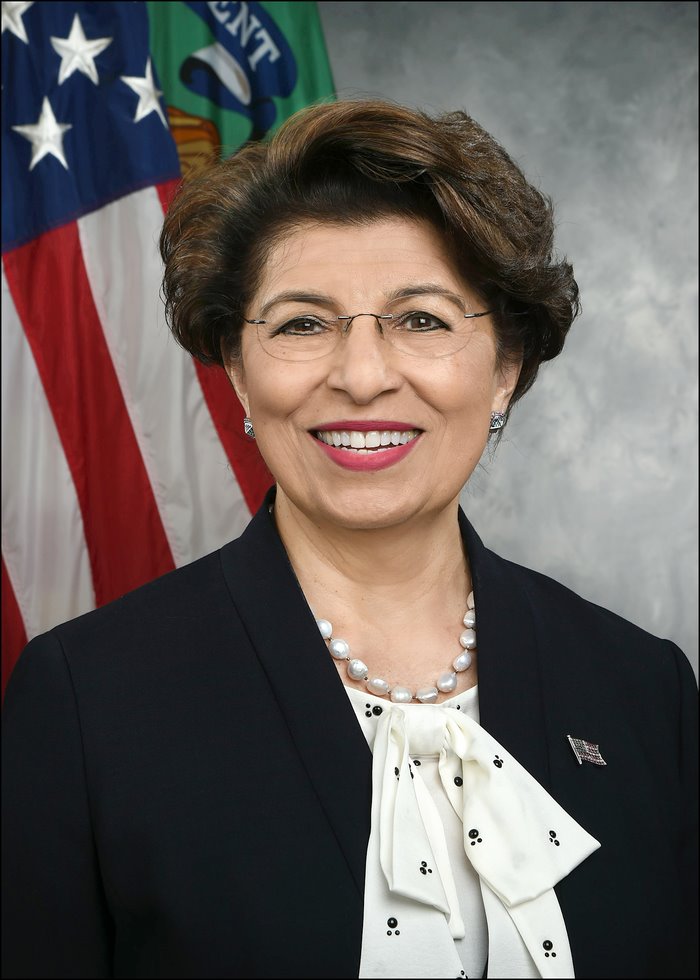
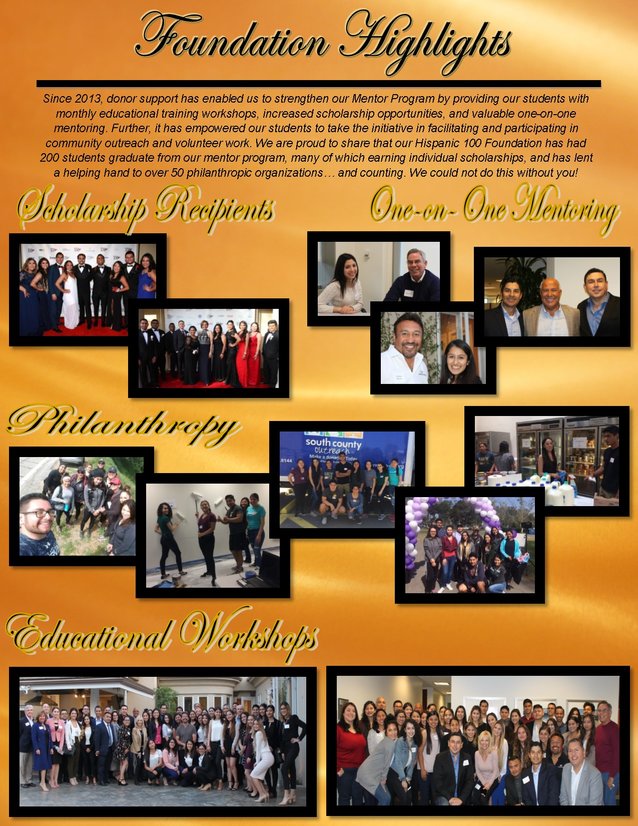
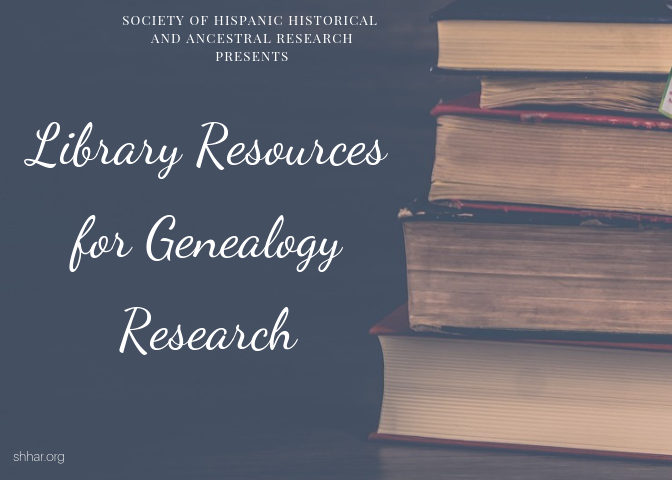
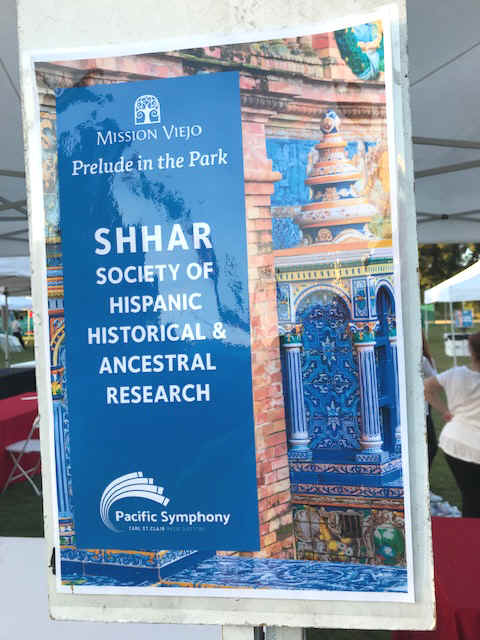
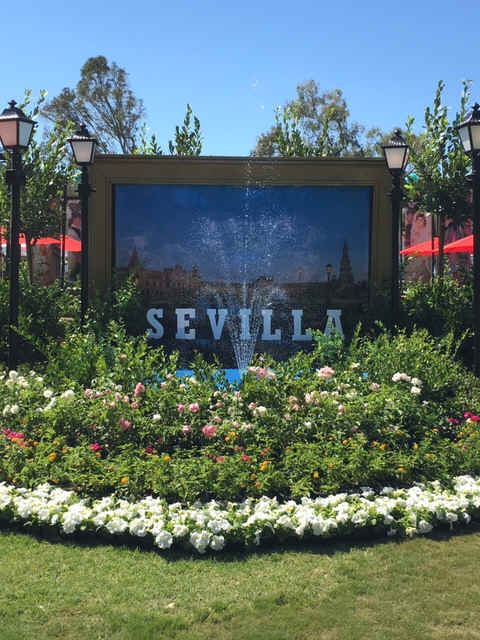
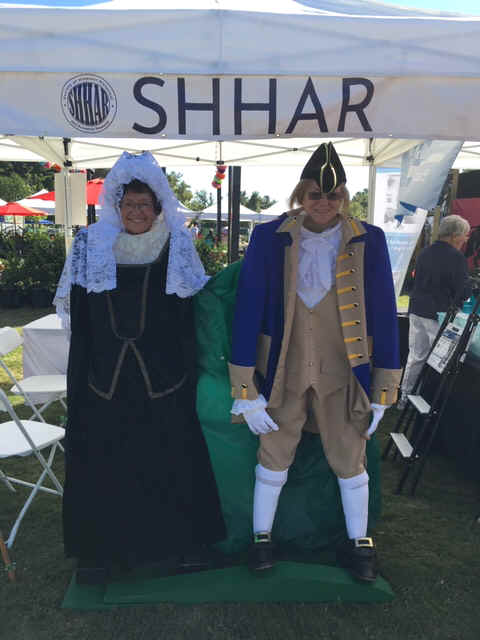
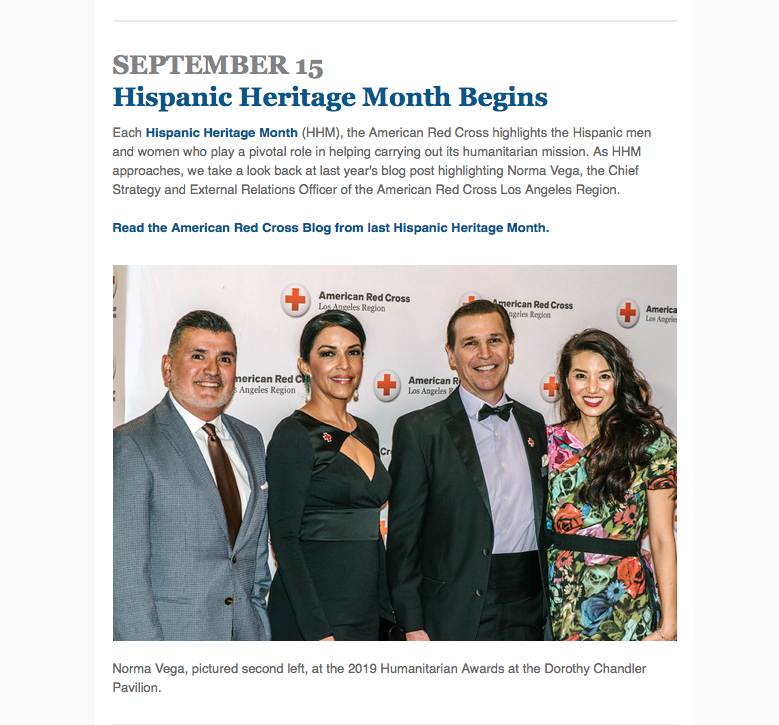
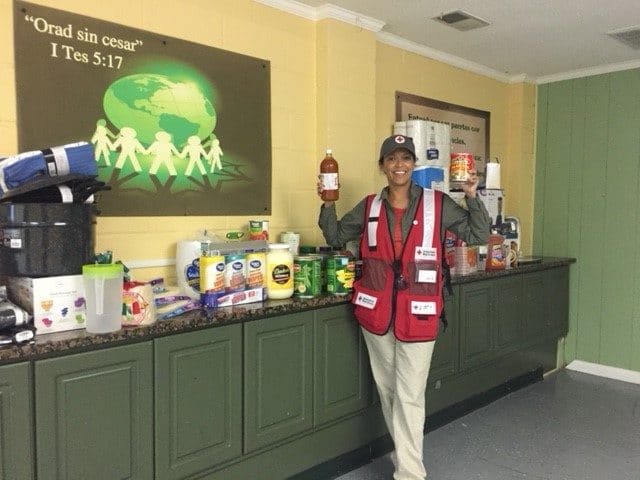
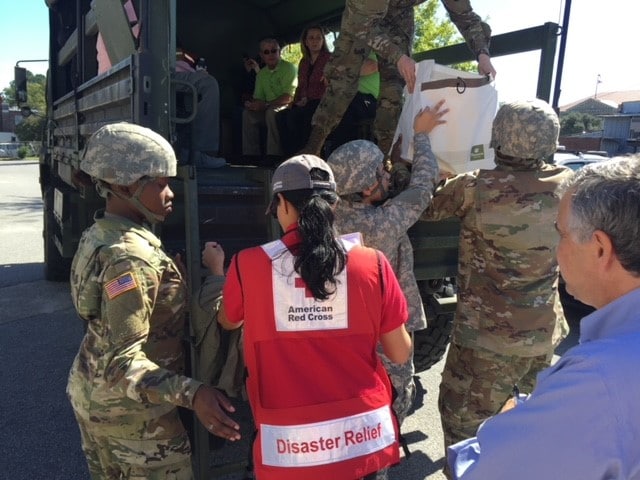

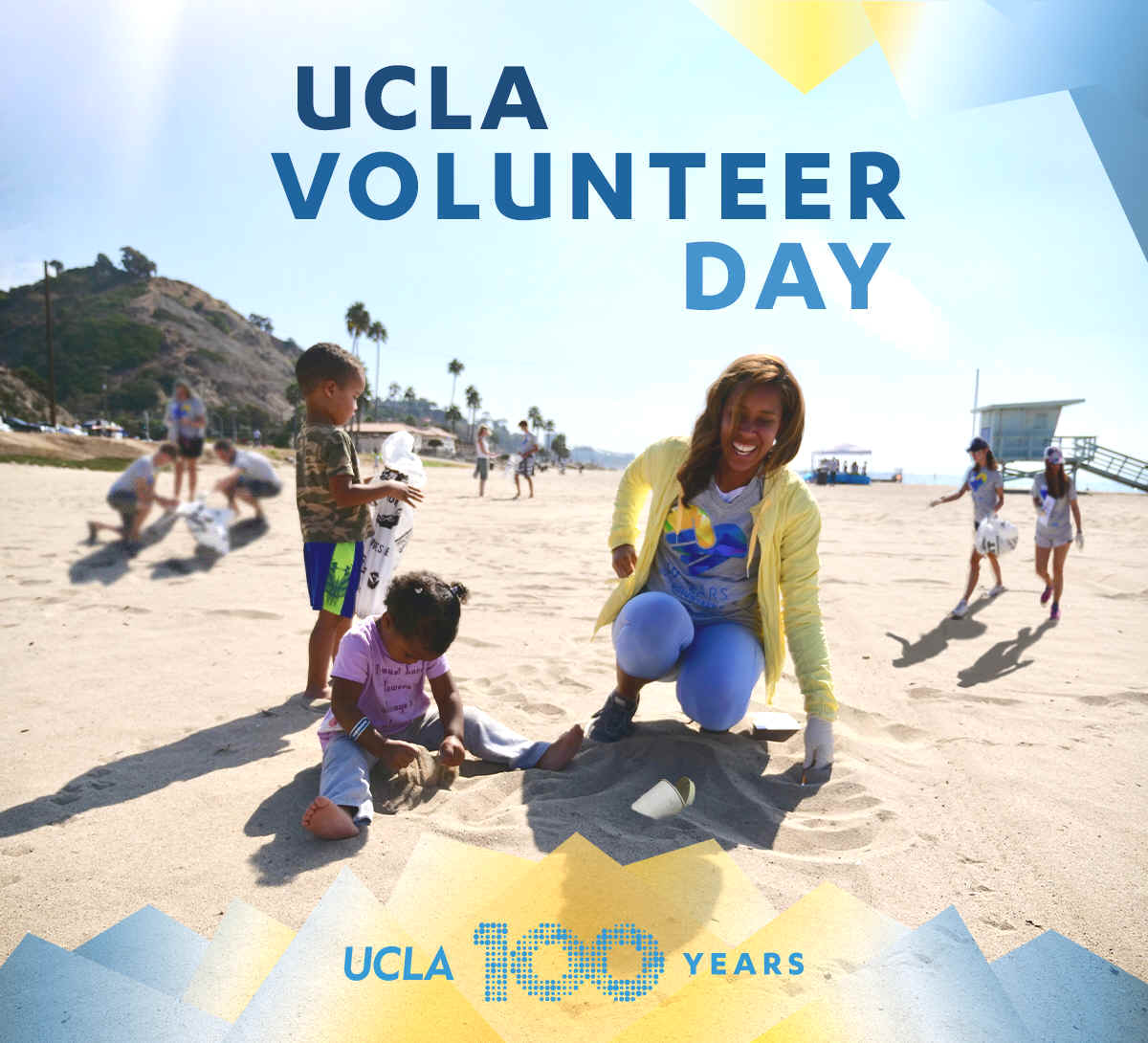 In honor of UCLAs Centennial Celebration, this years Volunteer
Day will send thousands of volunteers to participate in a total of 100
sites around campus, Los Angeles and the world. As one of the largest
community participation events for new students, this years
volunteer day promises to bring the UCLA community together in a way
that engages more Bruins in more places than ever before, in
commemoration of 100 years of Bruin excellence.
In honor of UCLAs Centennial Celebration, this years Volunteer
Day will send thousands of volunteers to participate in a total of 100
sites around campus, Los Angeles and the world. As one of the largest
community participation events for new students, this years
volunteer day promises to bring the UCLA community together in a way
that engages more Bruins in more places than ever before, in
commemoration of 100 years of Bruin excellence.
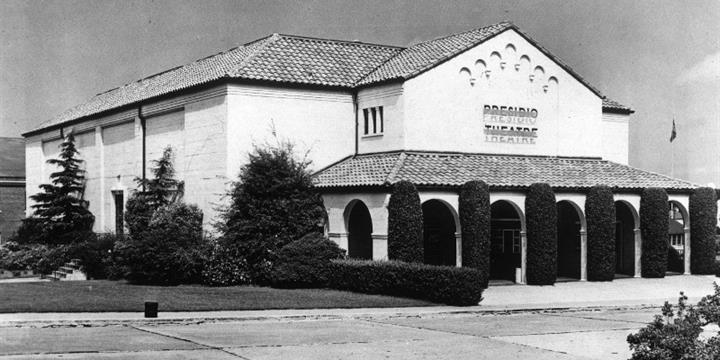
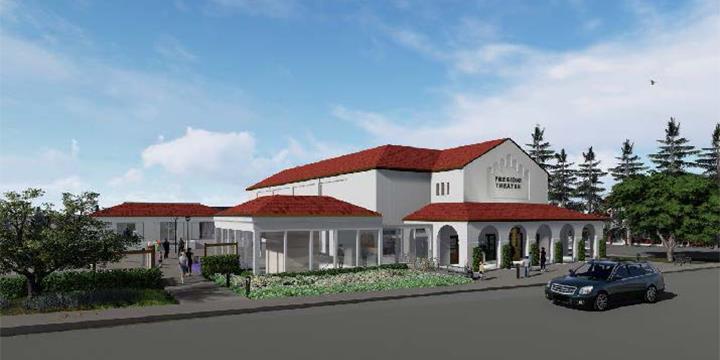

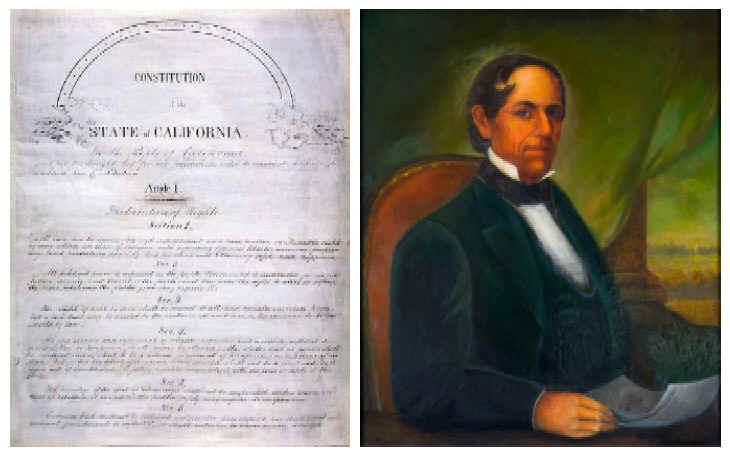
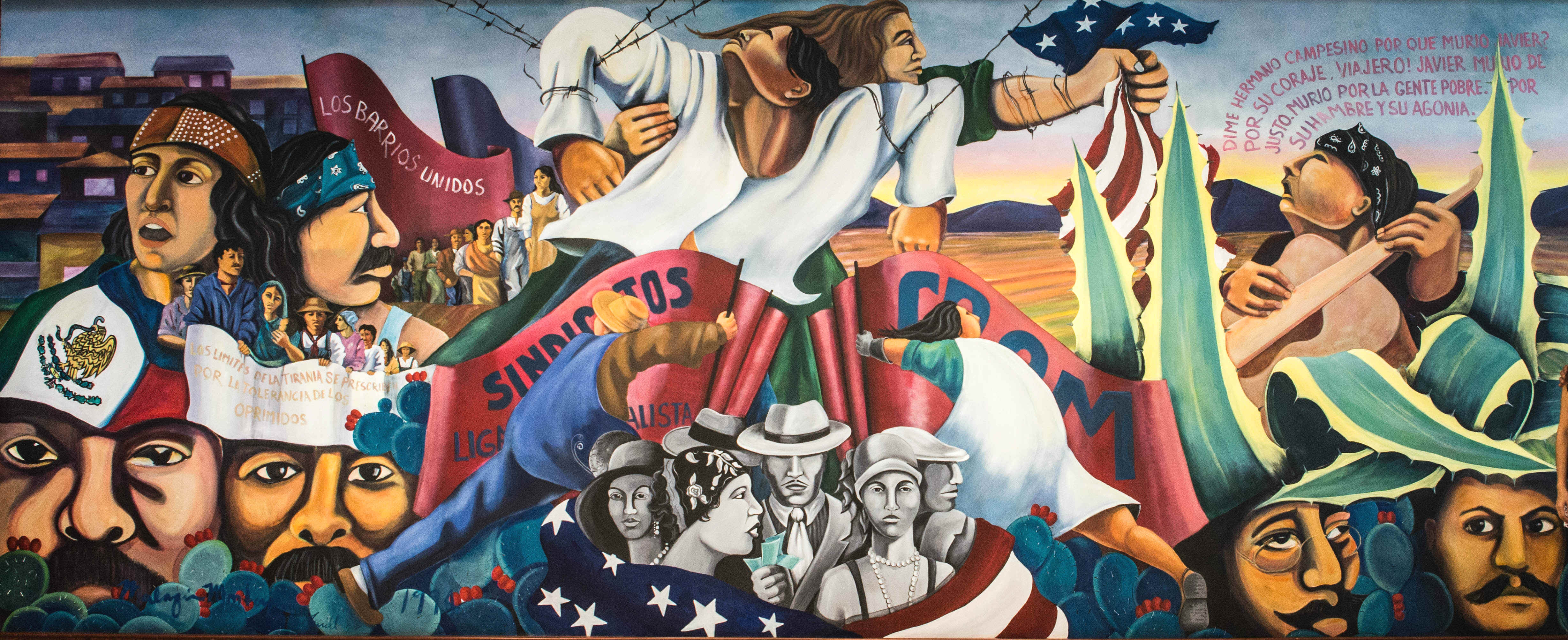
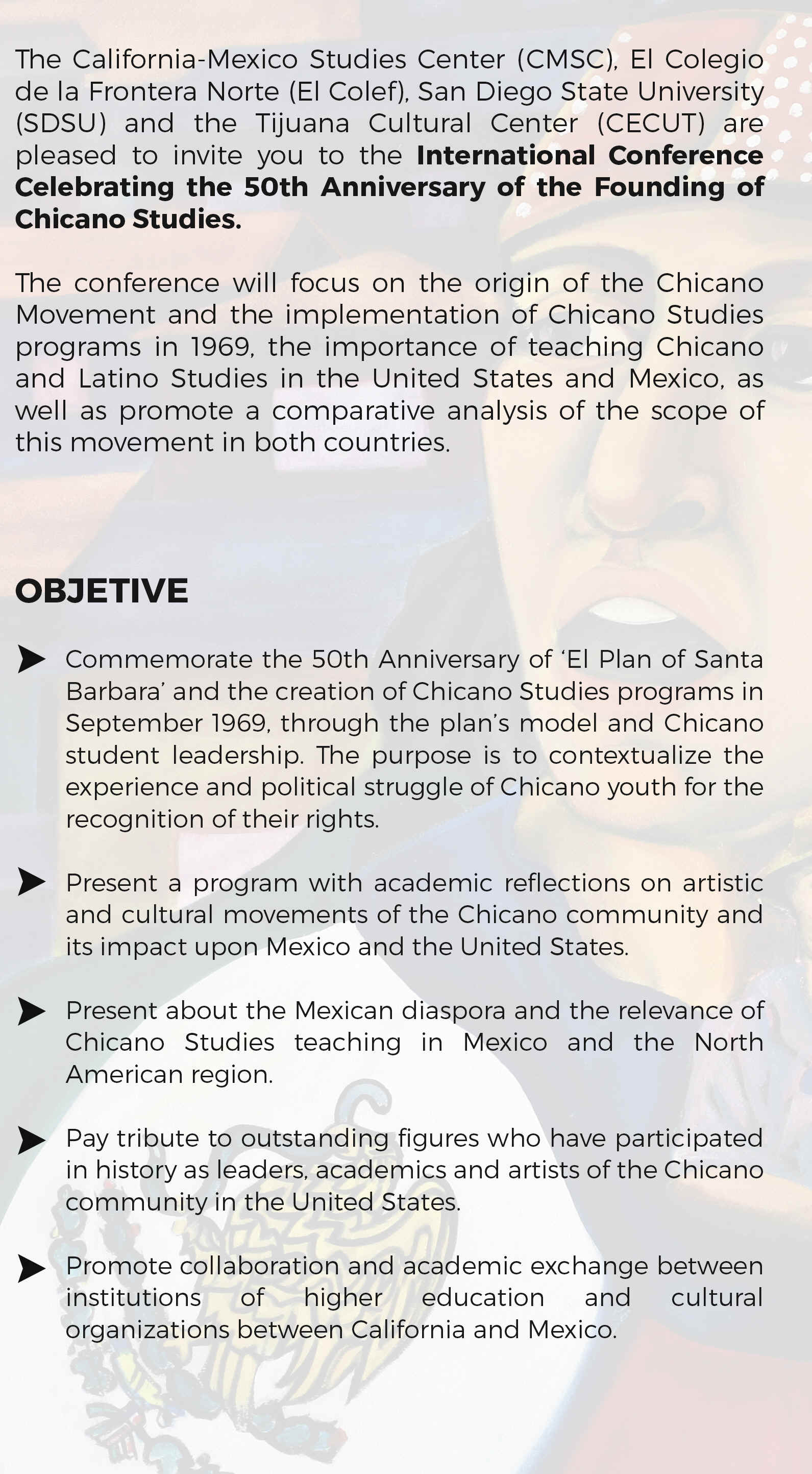
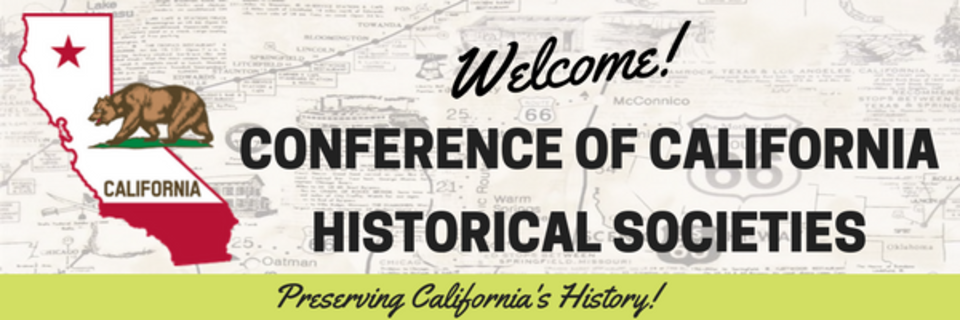
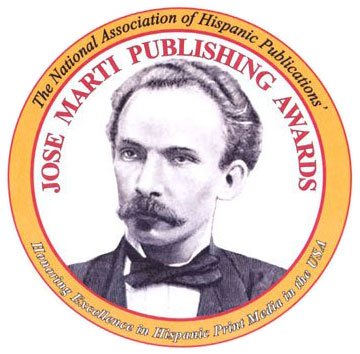


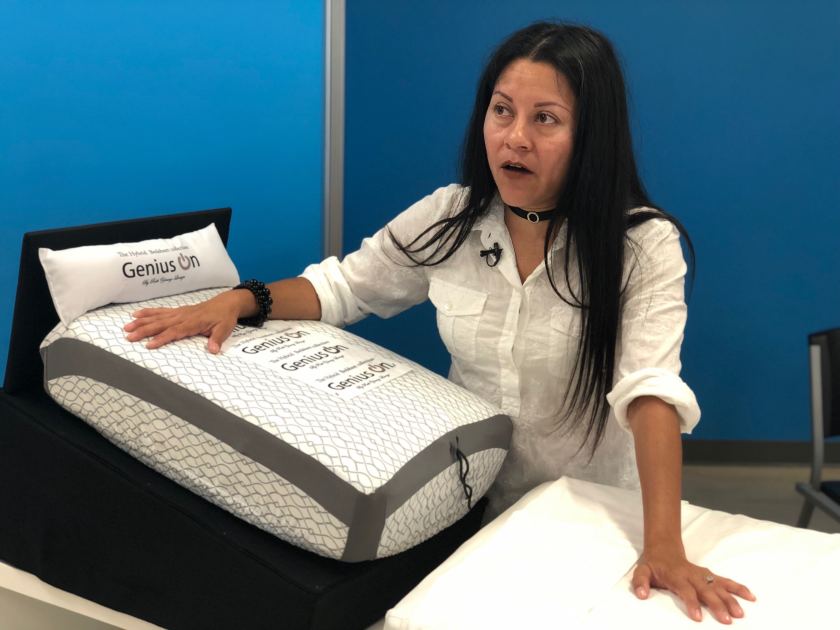
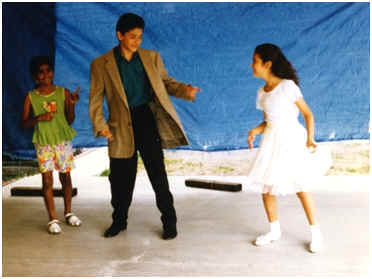
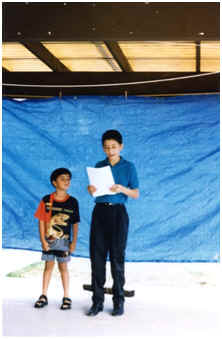
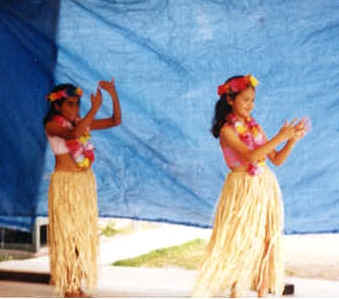
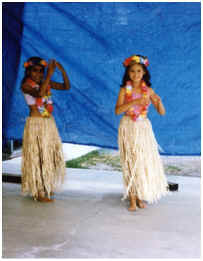


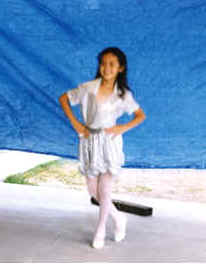

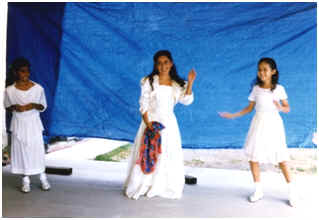
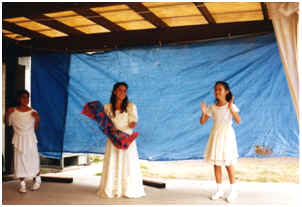
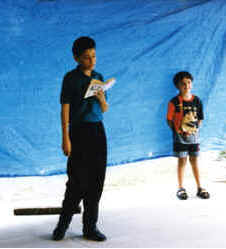
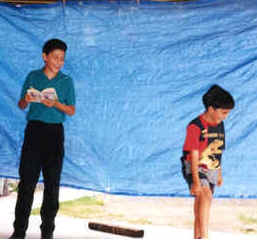
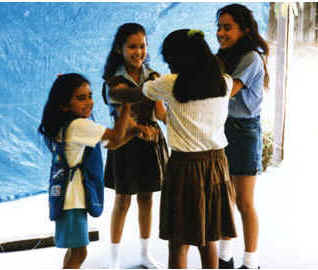
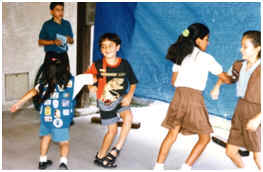
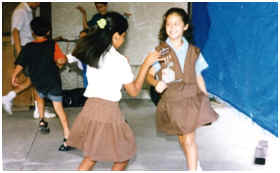
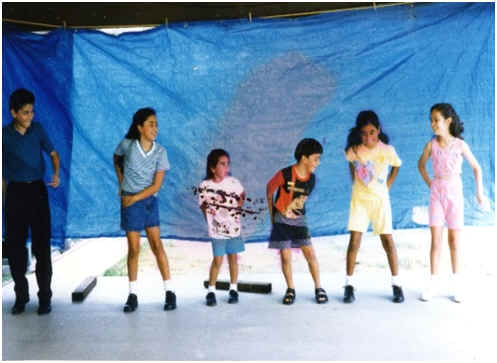

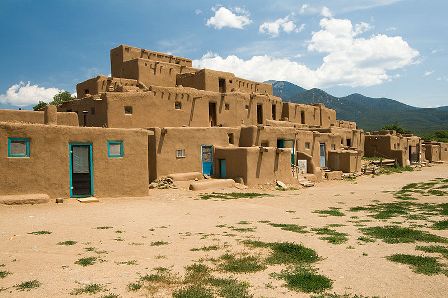

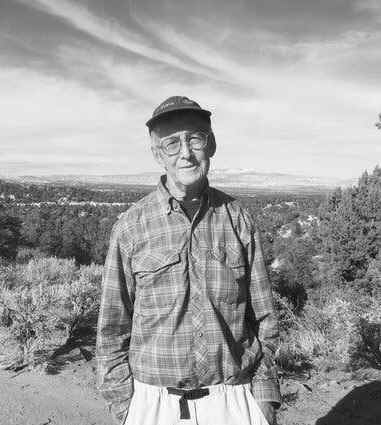


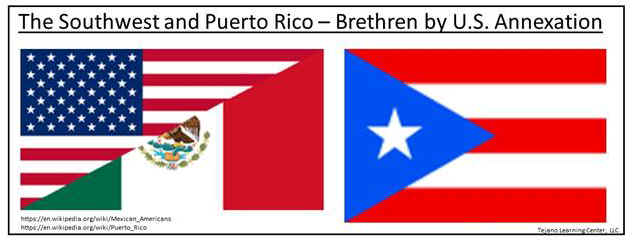
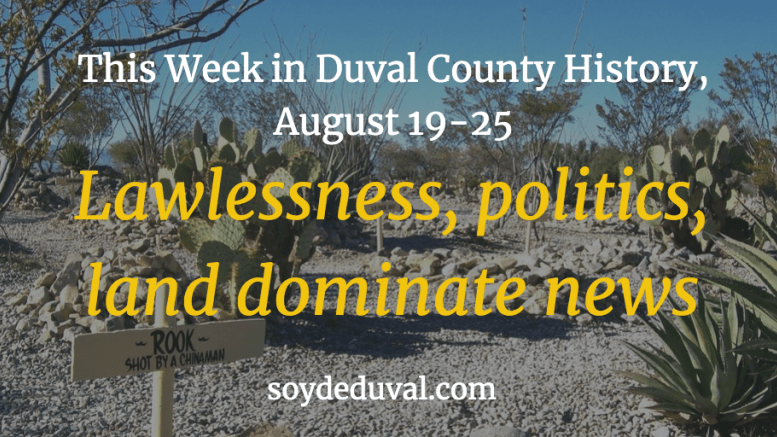
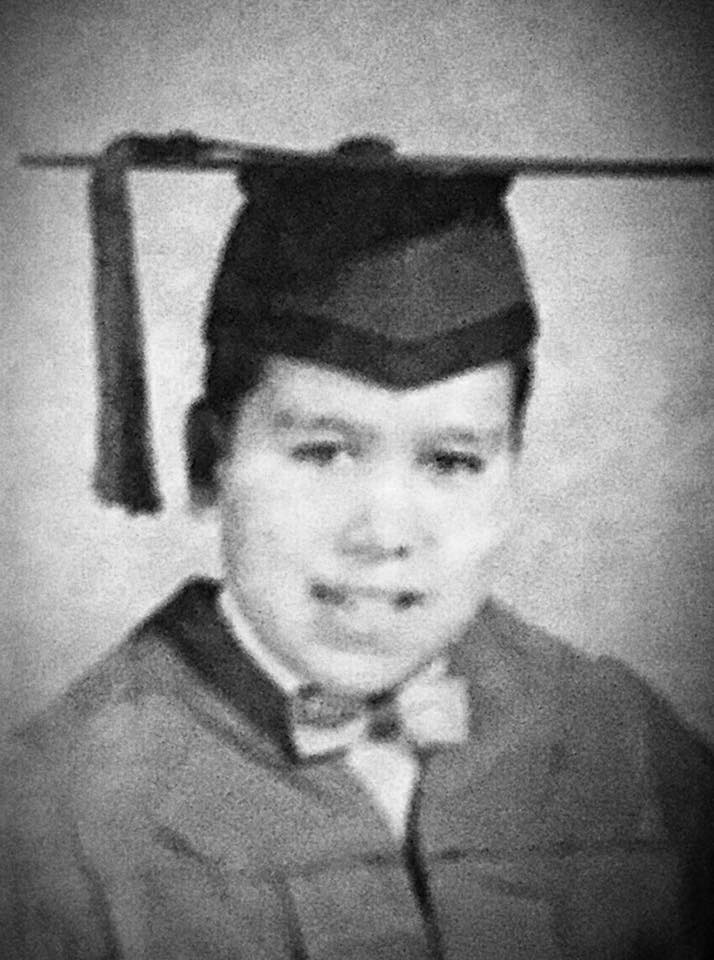 Graduation
from Holy Family Grade School was a memorable day. Family and
friends looked on at Sunday Mass, then we had a breakfast at the
Holy Family Mens Club. Time was moving me forward but I was not
excited about starting life in high school. It would have been nice
if I could talk to someone about what to expect. My immediate family
had no high school graduates.
Graduation
from Holy Family Grade School was a memorable day. Family and
friends looked on at Sunday Mass, then we had a breakfast at the
Holy Family Mens Club. Time was moving me forward but I was not
excited about starting life in high school. It would have been nice
if I could talk to someone about what to expect. My immediate family
had no high school graduates.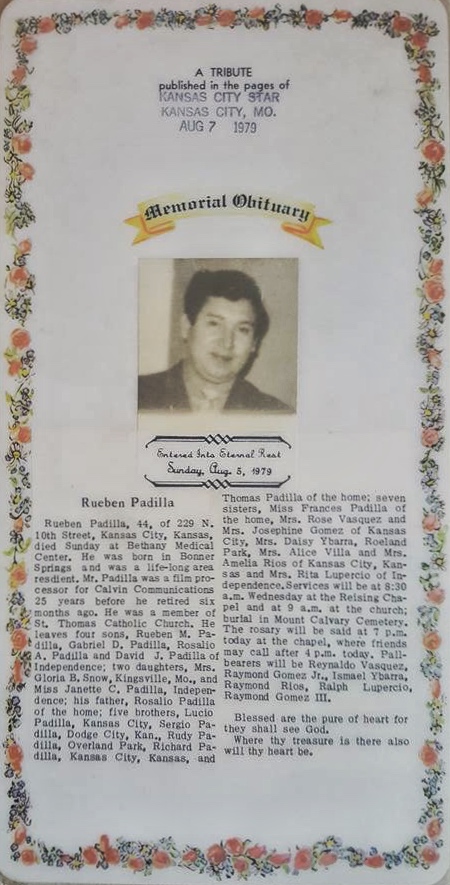

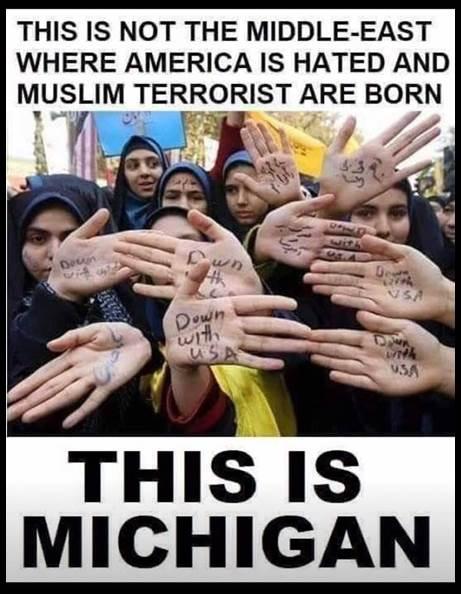
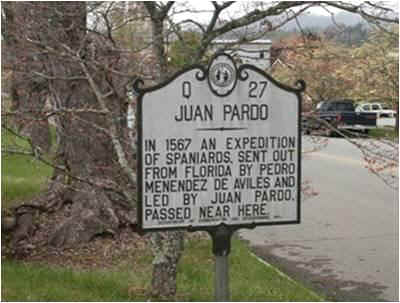
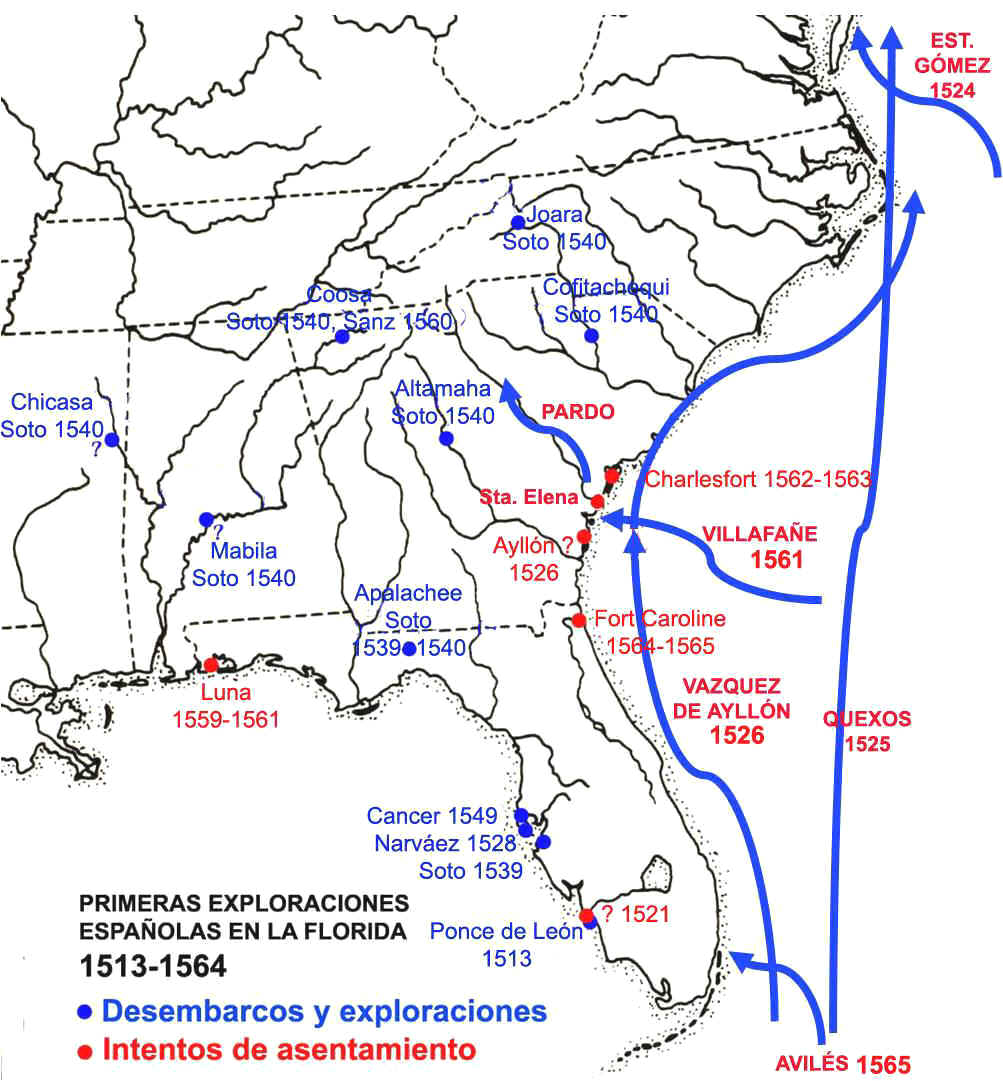

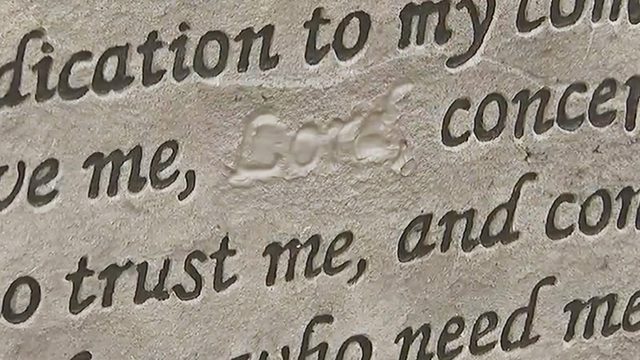
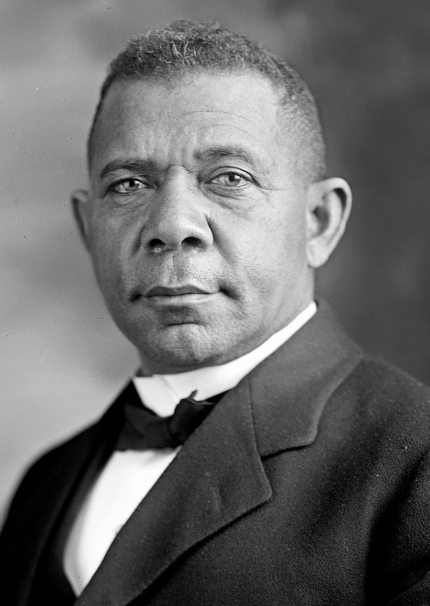
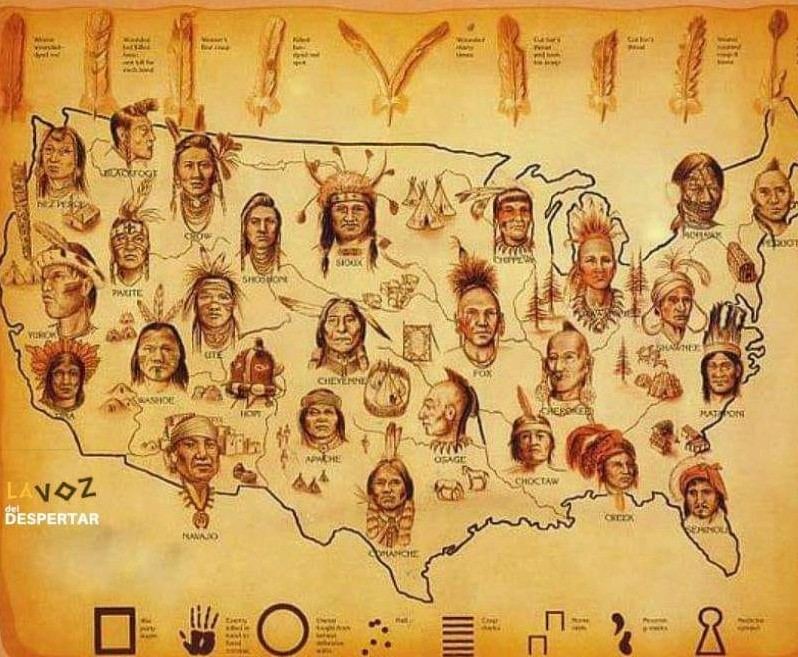
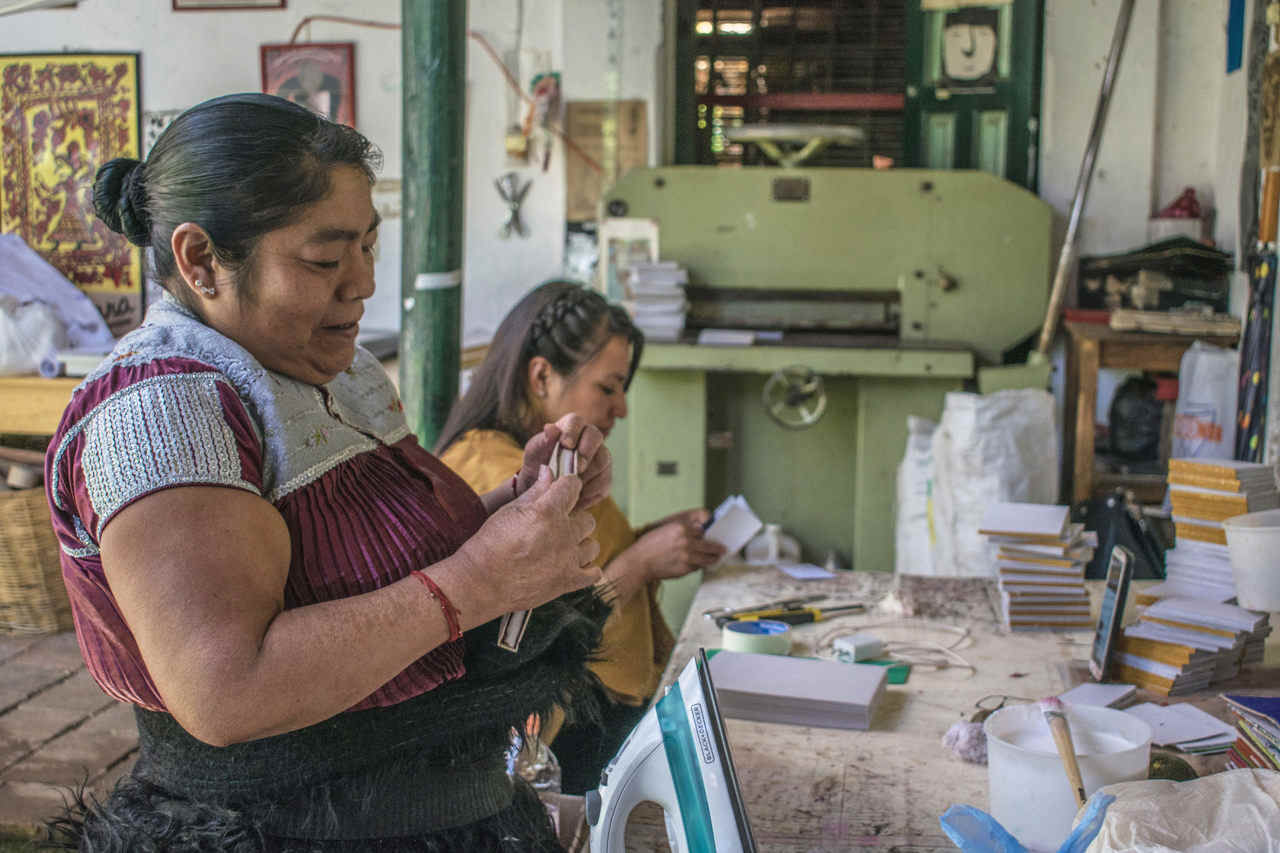
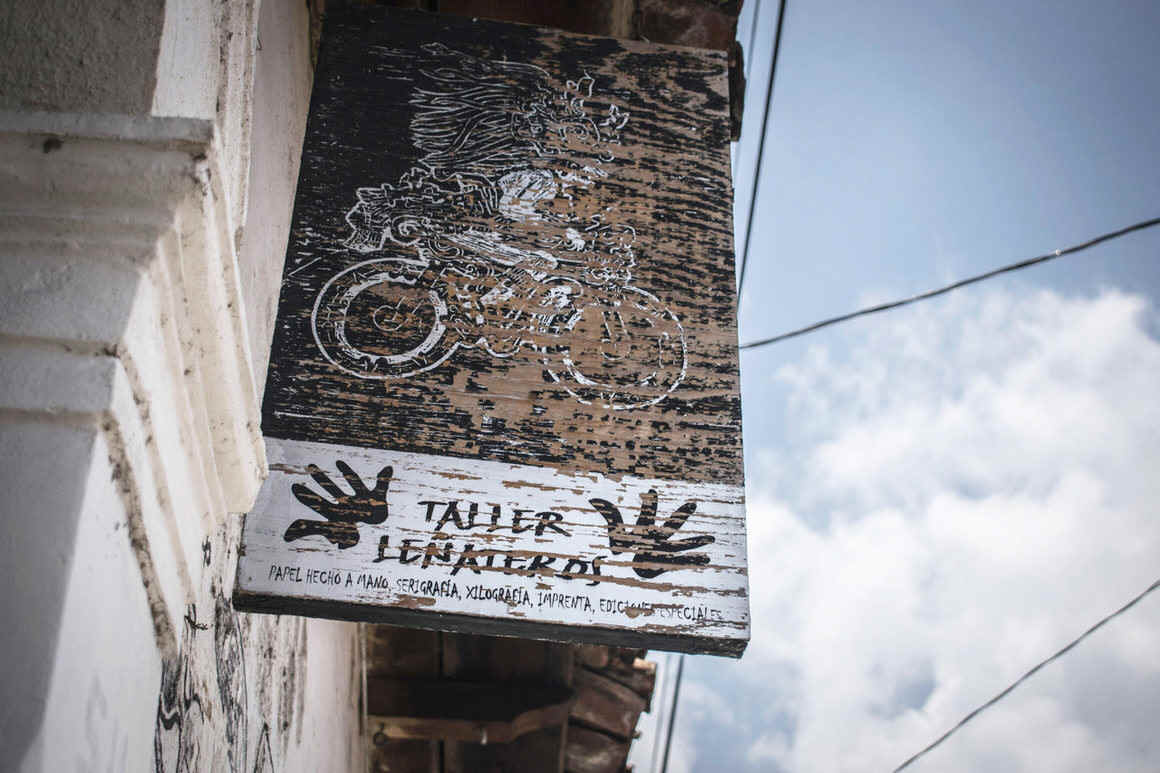
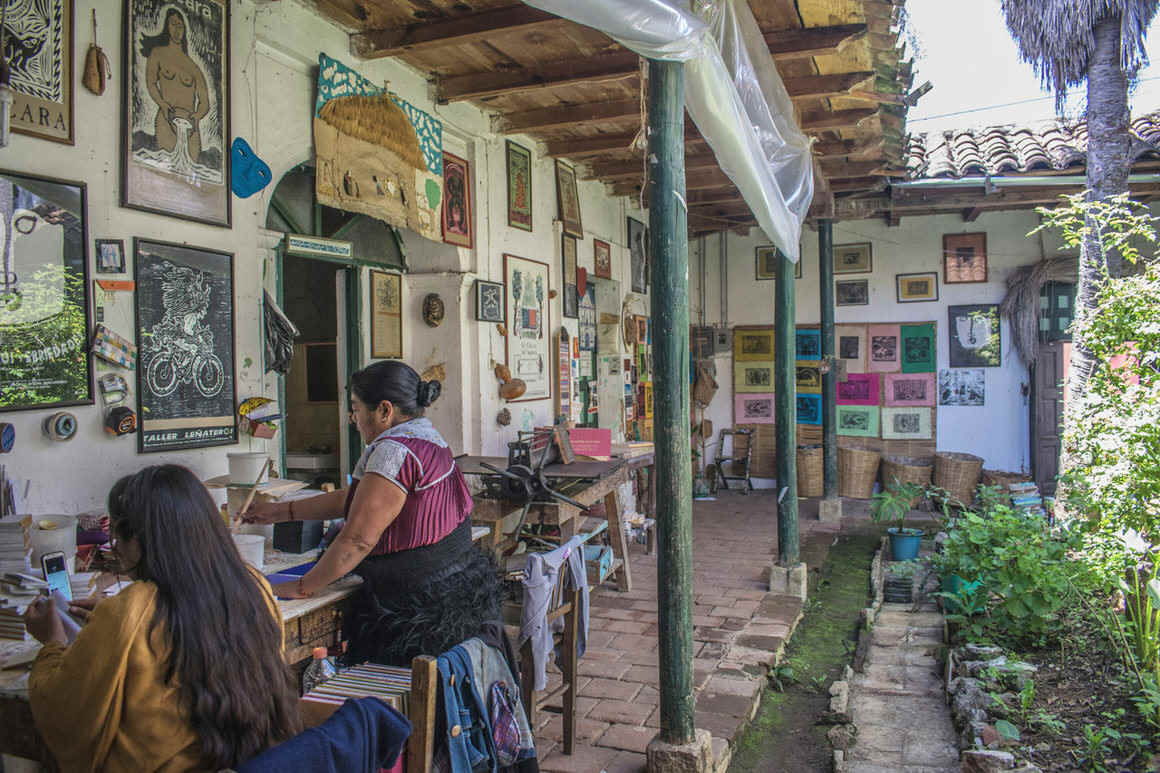
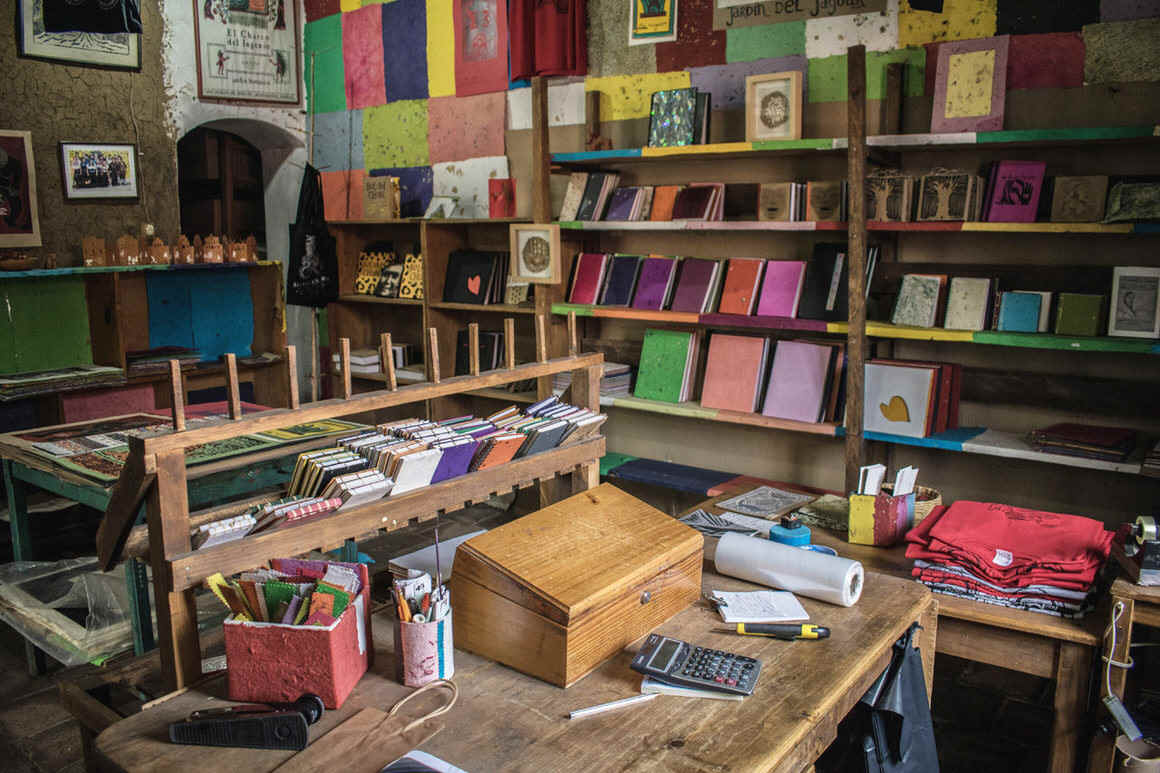
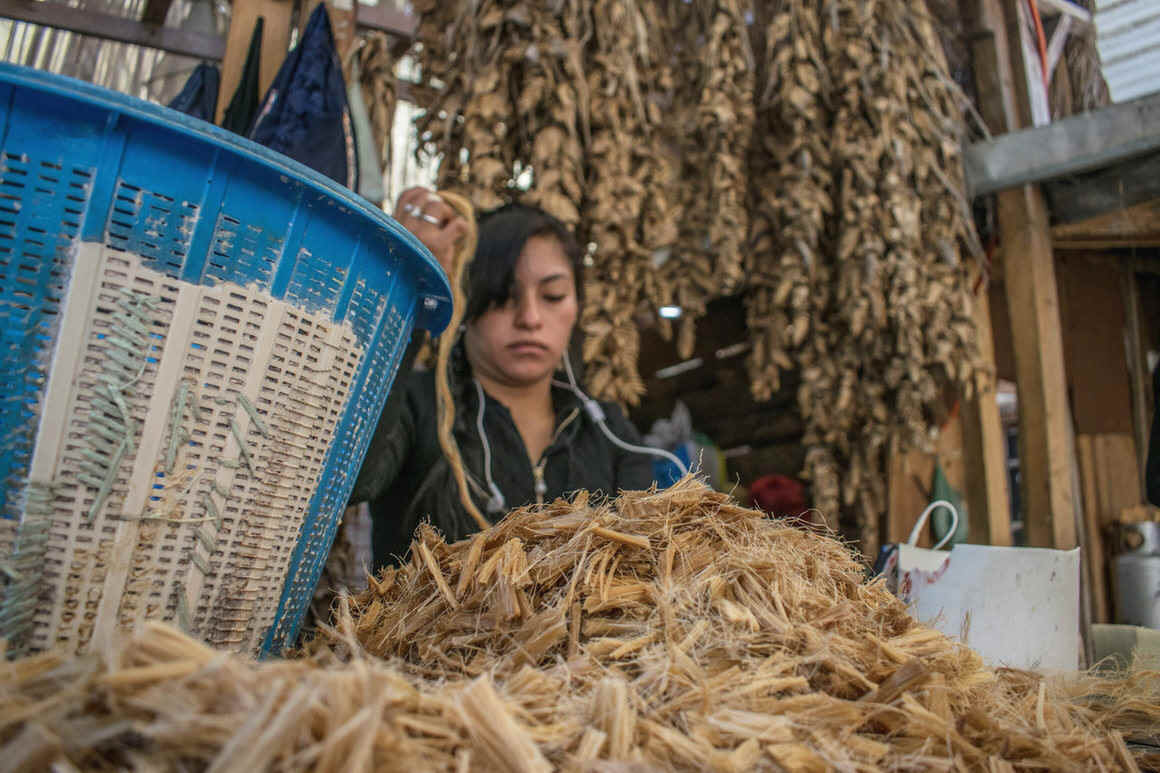
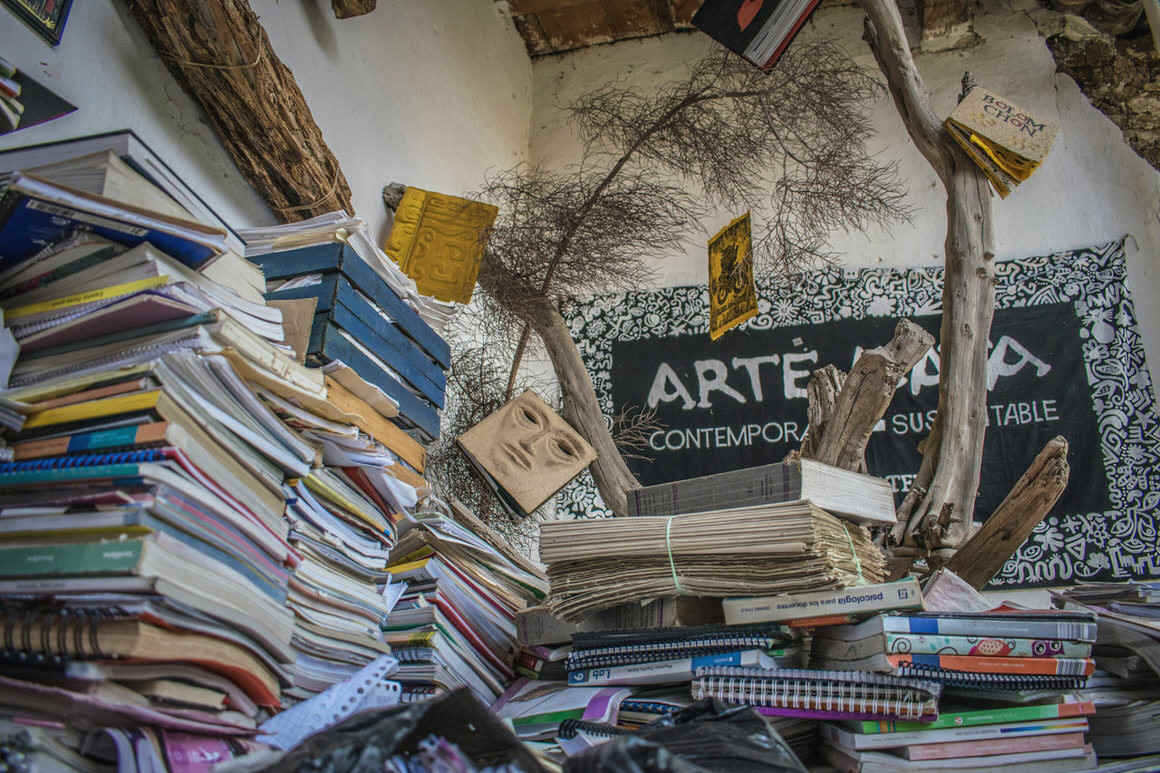
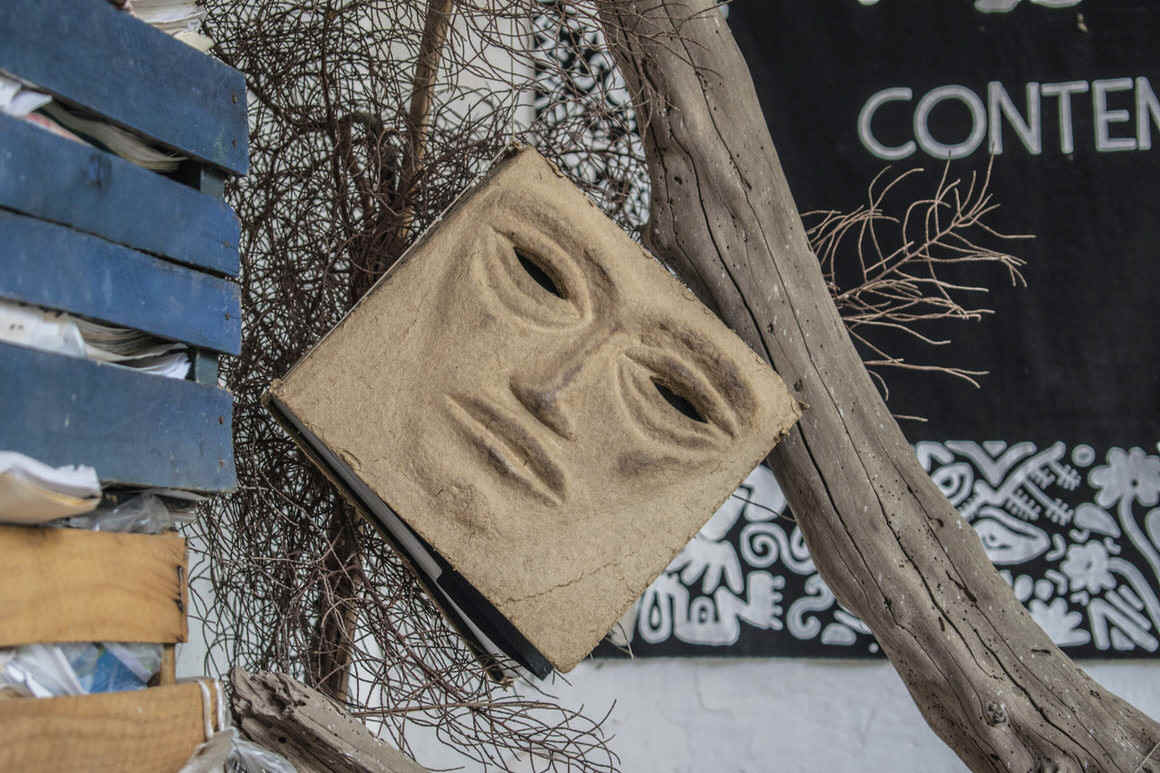
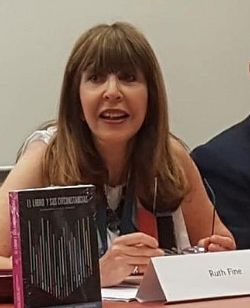


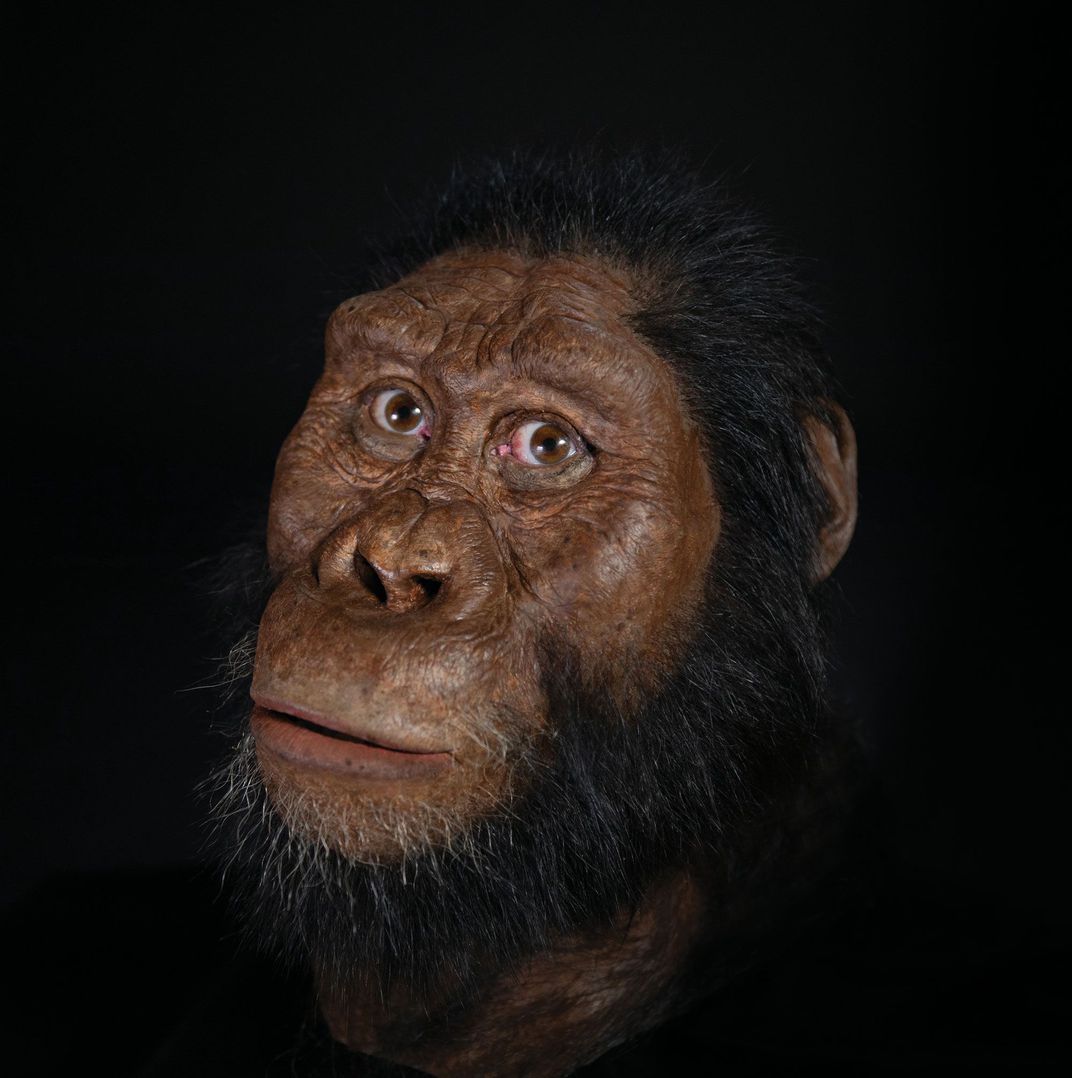 Just
because one species gave rise to another, it doesnt mean that the
source species (ancestor) disappeared,
Just
because one species gave rise to another, it doesnt mean that the
source species (ancestor) disappeared, 
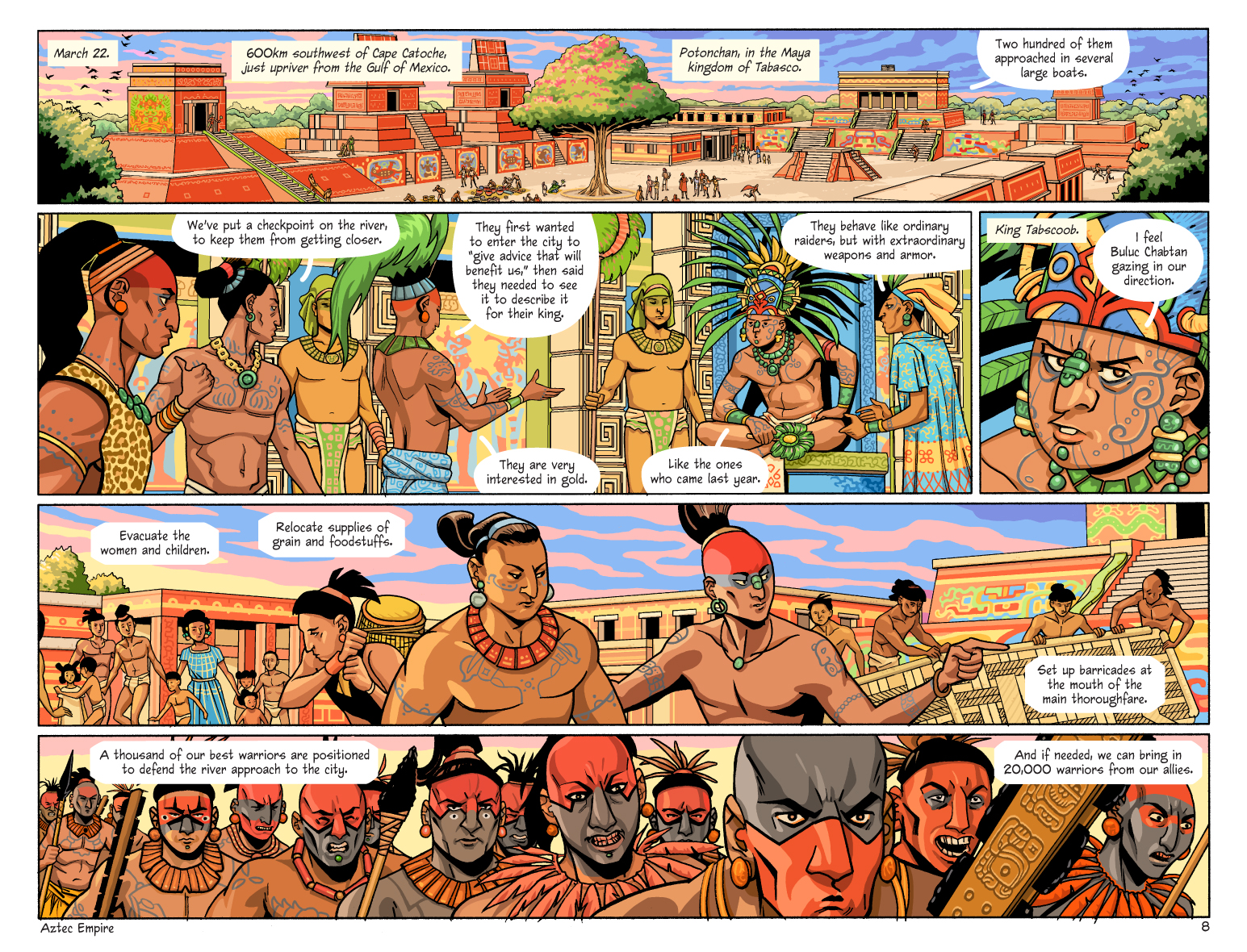
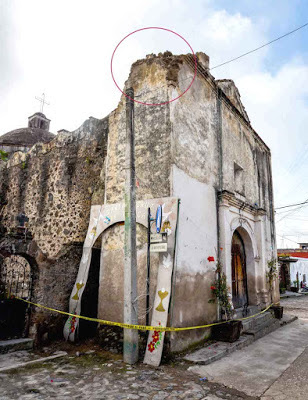
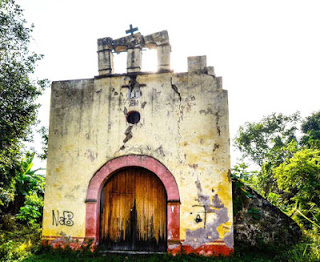
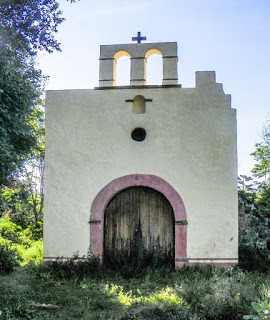
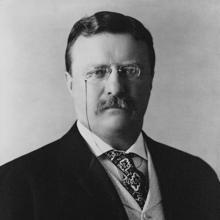
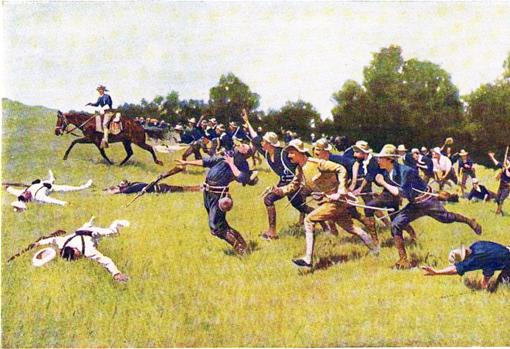
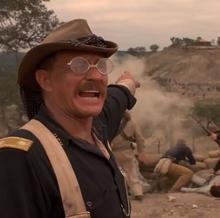
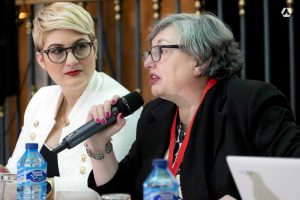 Tras
la breve y emotiva inauguración se dio comienzo a la primera ponencia de
la jornada, en la cual la reconocida profesora Aurelia Álvarez
Rodríguez, catedrática y profesional de Derecho Internacional
Privado, dio un repaso a todo lo logrado hasta ahora con la famosa y
esperanzada Ley de nietos. Es un reto estar aquí, en un momento
en que no se sabe qué va a suceder, la profesora Aurelia quiso
encontrar una respuesta a la razón por la cual después de tanta lucha y
logros ya no se cuenta con nada que ampare esta ley.
Tras
la breve y emotiva inauguración se dio comienzo a la primera ponencia de
la jornada, en la cual la reconocida profesora Aurelia Álvarez
Rodríguez, catedrática y profesional de Derecho Internacional
Privado, dio un repaso a todo lo logrado hasta ahora con la famosa y
esperanzada Ley de nietos. Es un reto estar aquí, en un momento
en que no se sabe qué va a suceder, la profesora Aurelia quiso
encontrar una respuesta a la razón por la cual después de tanta lucha y
logros ya no se cuenta con nada que ampare esta ley.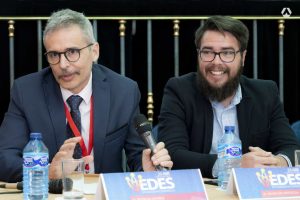 Con
respecto a la situación de la Ley de Nietos, Ferrán Núñez,
historiador y director del portal web Españoles de Cuba, llegó a
la conclusión de que la principal razón por la que dicha proposición no
ha progresado se encuentra en la generación de cambios geopolíticos que
los gobiernos no están dispuestos a asumir.
Con
respecto a la situación de la Ley de Nietos, Ferrán Núñez,
historiador y director del portal web Españoles de Cuba, llegó a
la conclusión de que la principal razón por la que dicha proposición no
ha progresado se encuentra en la generación de cambios geopolíticos que
los gobiernos no están dispuestos a asumir. Como
Venezuela y Cuba, Puerto Rico es otro país víctima que se encuentra aún
más en el olvido. Los puertorriqueños en un solo día pasaron de ser
españoles a norteamericanos en una situación muy compleja que los
posiciona como norteamericanos de segunda categoría, así lo
explicó Ignacio Salinas en su ponencia.
Como
Venezuela y Cuba, Puerto Rico es otro país víctima que se encuentra aún
más en el olvido. Los puertorriqueños en un solo día pasaron de ser
españoles a norteamericanos en una situación muy compleja que los
posiciona como norteamericanos de segunda categoría, así lo
explicó Ignacio Salinas en su ponencia. 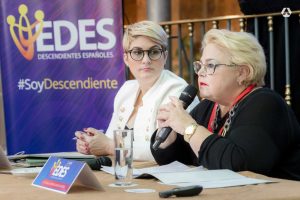 El
broche de oro al candente evento lo puso una vez más la profesora Aurelia
con su ponencia acerca de la posibilidad de adquirir la nacionalidad
española por carta de naturaleza. La excelente profesional de derecho
privado internacional, quiso aclarar que son muchos los casos que ampara
esta vía de adquisición de la nacionalidad española y que ser rico,
famoso o guapo no son las únicas opciones requeridas para tomar esta
salida hacia la ciudadanía.
El
broche de oro al candente evento lo puso una vez más la profesora Aurelia
con su ponencia acerca de la posibilidad de adquirir la nacionalidad
española por carta de naturaleza. La excelente profesional de derecho
privado internacional, quiso aclarar que son muchos los casos que ampara
esta vía de adquisición de la nacionalidad española y que ser rico,
famoso o guapo no son las únicas opciones requeridas para tomar esta
salida hacia la ciudadanía.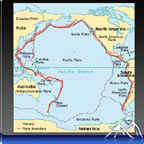
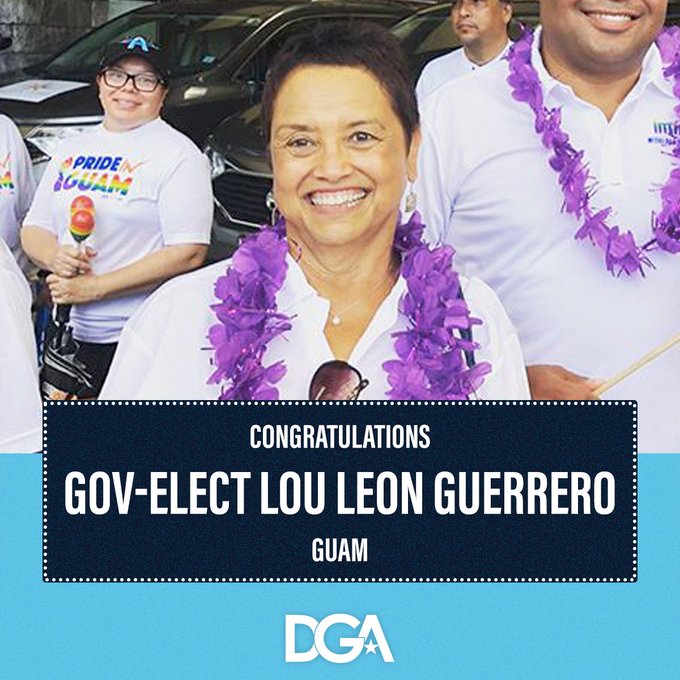
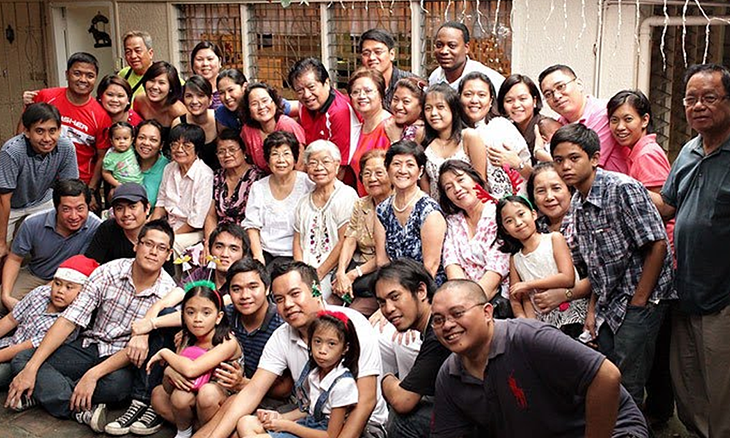

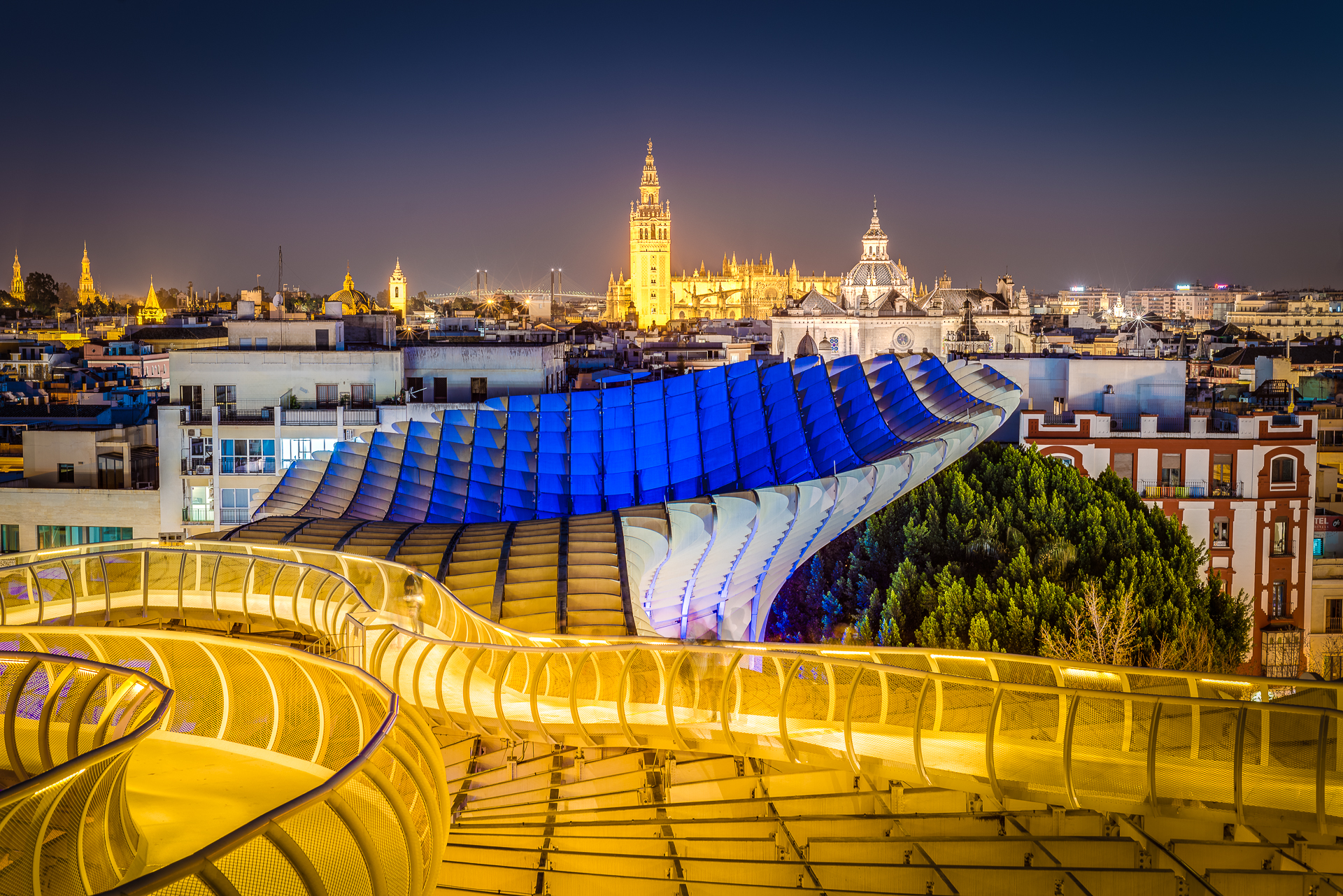
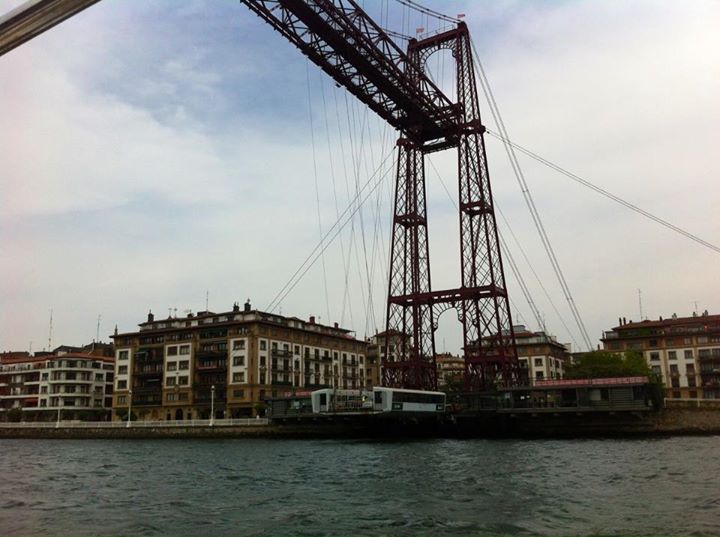
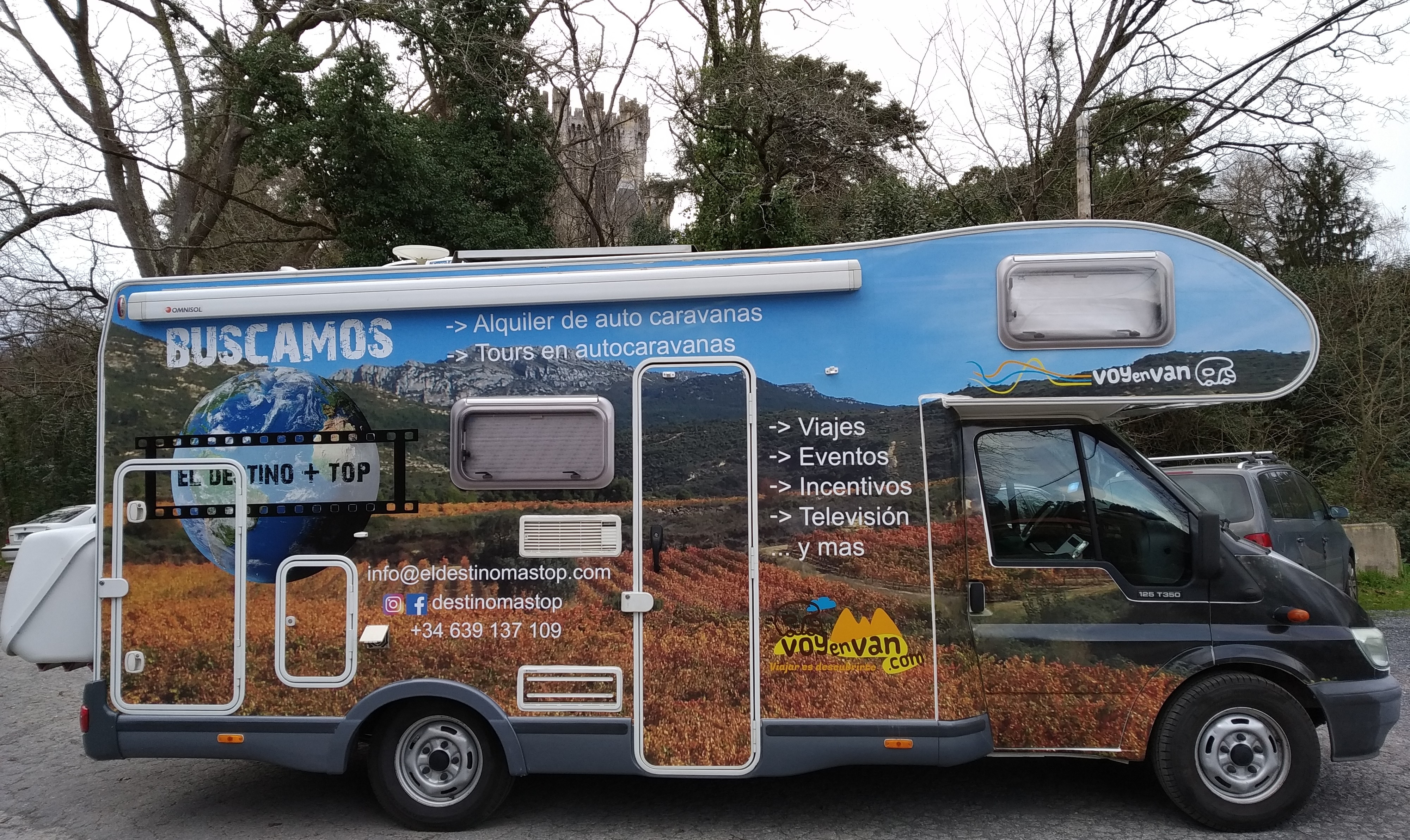
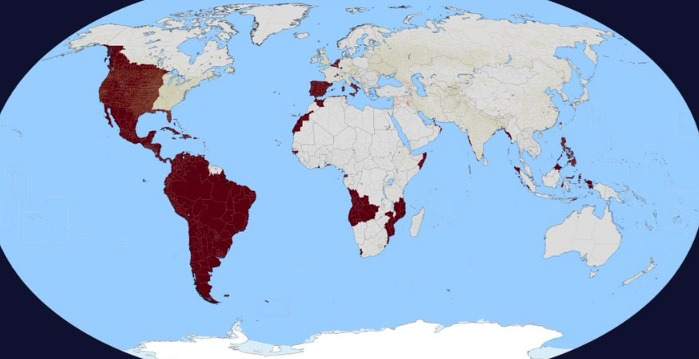
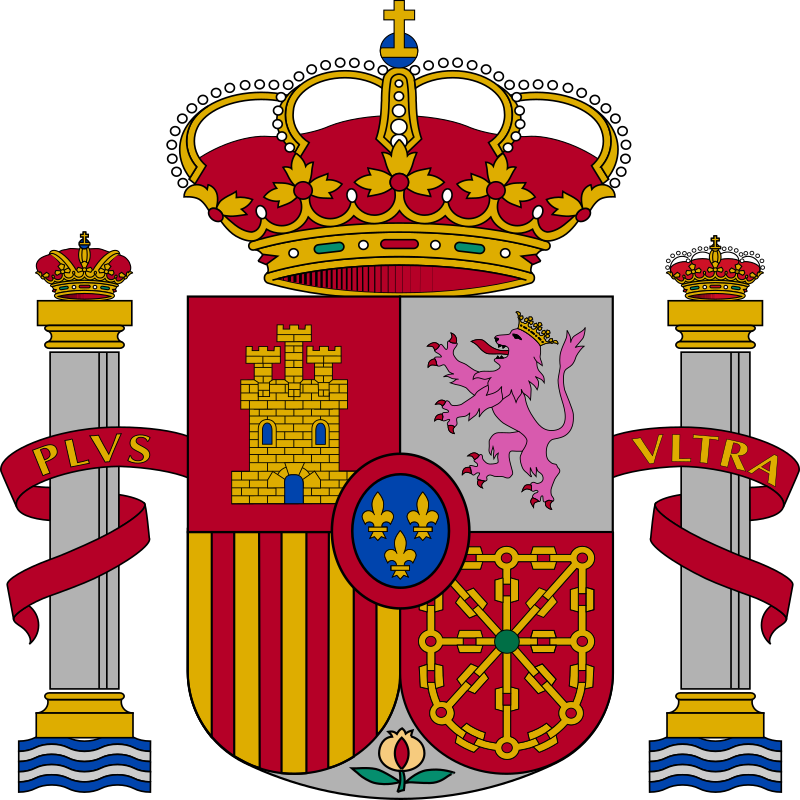
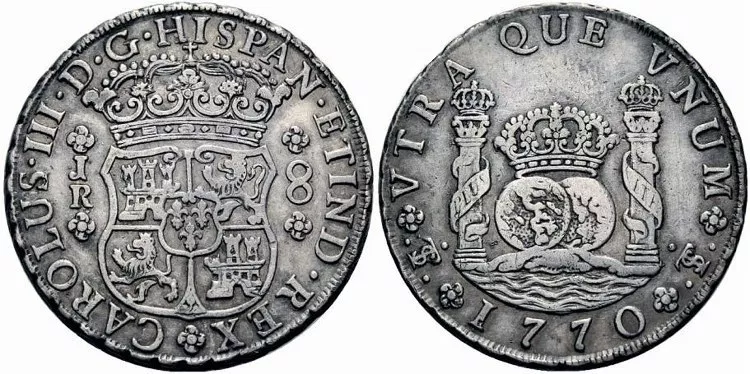
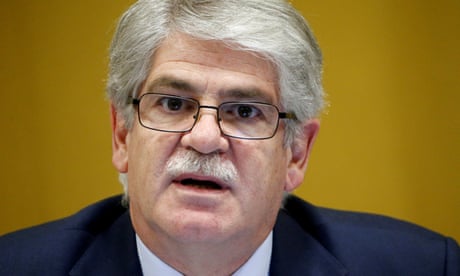 Brexit
began in 1527. It was, in essence, a spat with Spain. The man
responsible for this dramatic and deeply unsettling change in Britains
constitution was a fat, childish and overindulged English monarch
called Henry VIII, who became obsessed by something we might call control.
Brexit
began in 1527. It was, in essence, a spat with Spain. The man
responsible for this dramatic and deeply unsettling change in Britains
constitution was a fat, childish and overindulged English monarch
called Henry VIII, who became obsessed by something we might call control.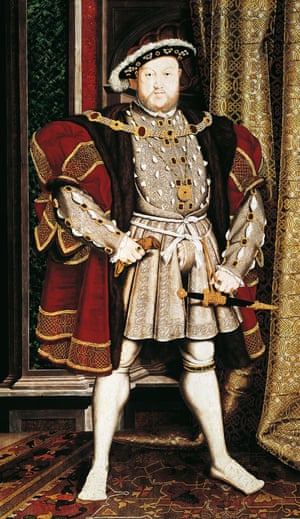 Henry
VIII, as painted by Hans Holbein the Younger. Photograph: De Agostini/Getty
ImagesHenry VIIIs first major decision as monarch was to marry
Catherine, who was his brother Arthurs widow, and maintain the
Spanish alliance. But Henry also saw himself as a manly man and
one who needed another man to reign after him. Catherine, however,
failed to produced a son.
Henry
VIII, as painted by Hans Holbein the Younger. Photograph: De Agostini/Getty
ImagesHenry VIIIs first major decision as monarch was to marry
Catherine, who was his brother Arthurs widow, and maintain the
Spanish alliance. But Henry also saw himself as a manly man and
one who needed another man to reign after him. Catherine, however,
failed to produced a son.

